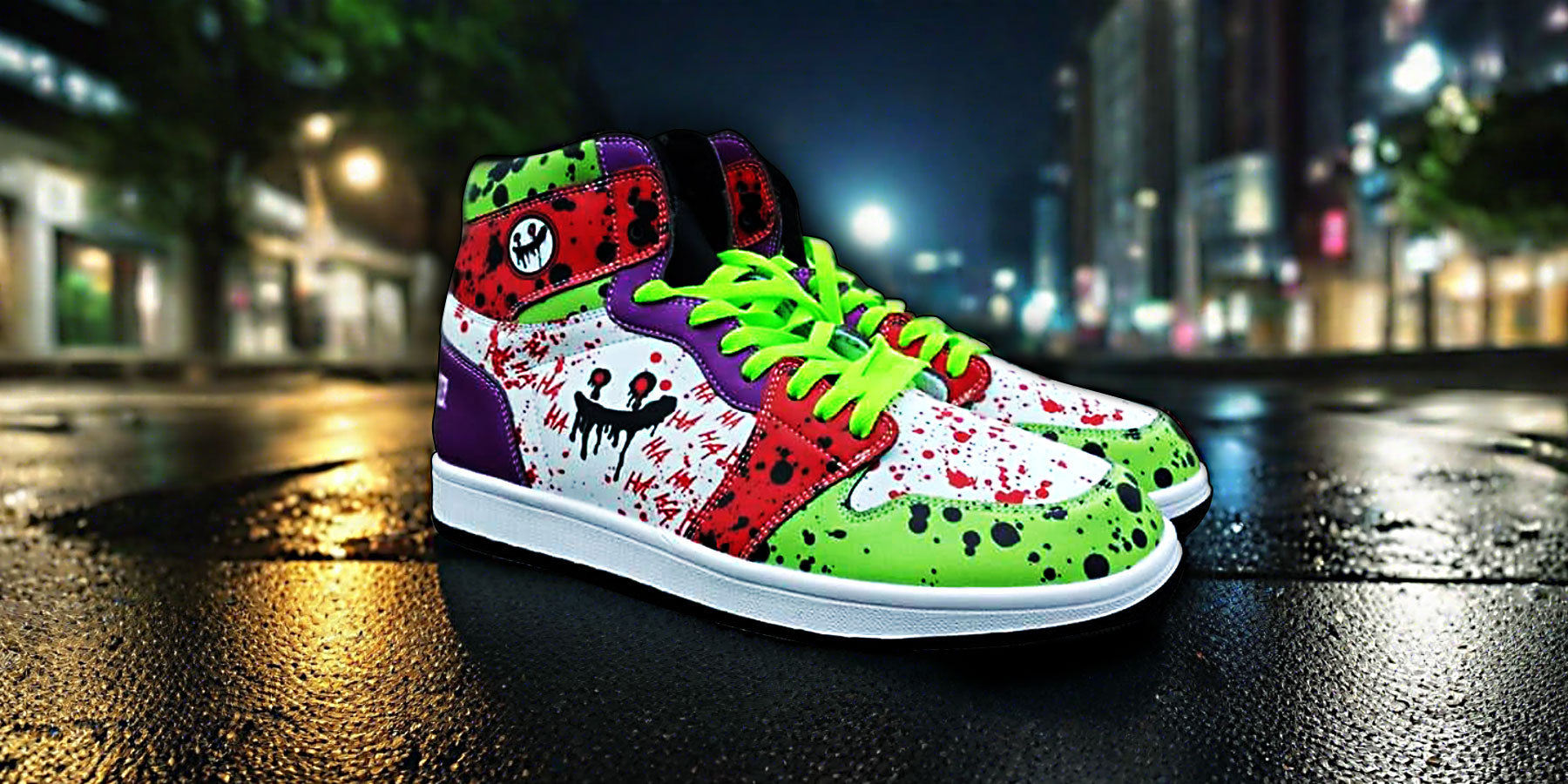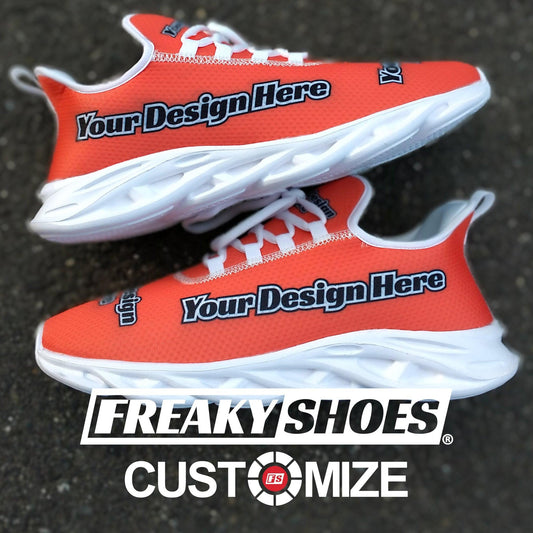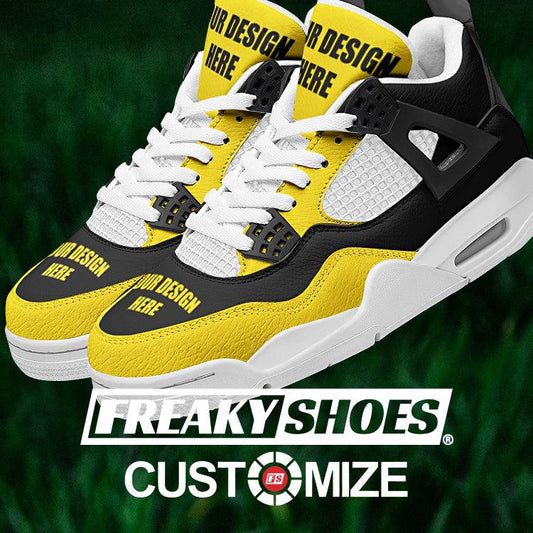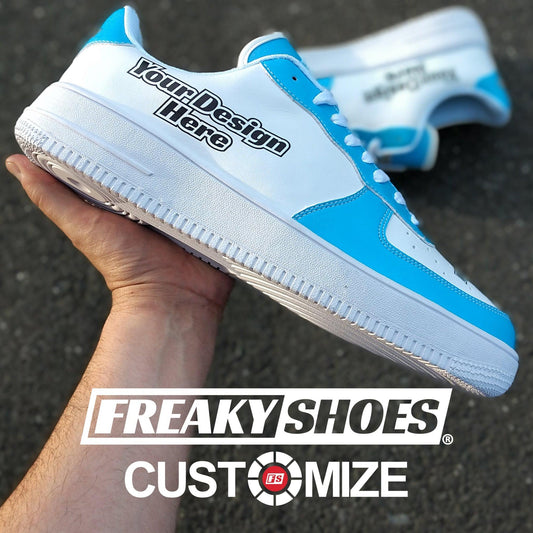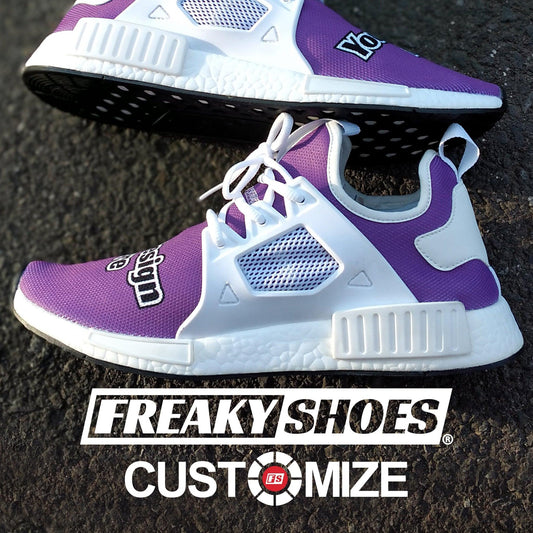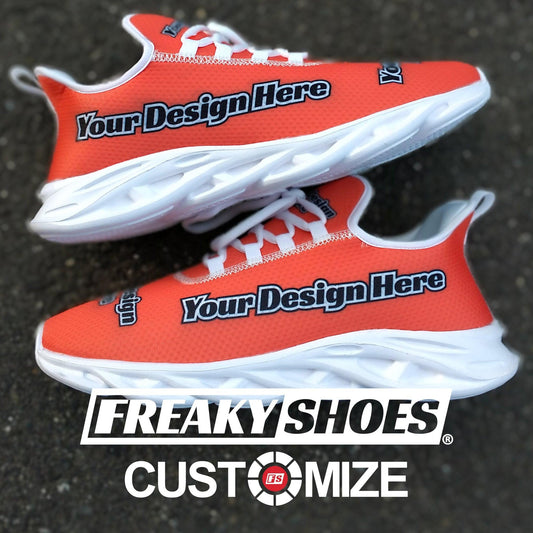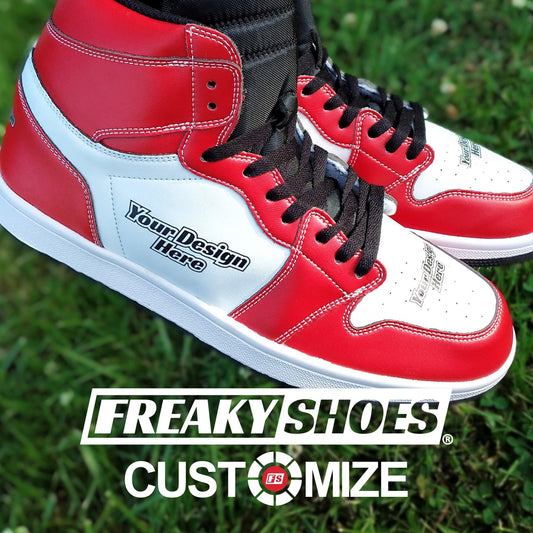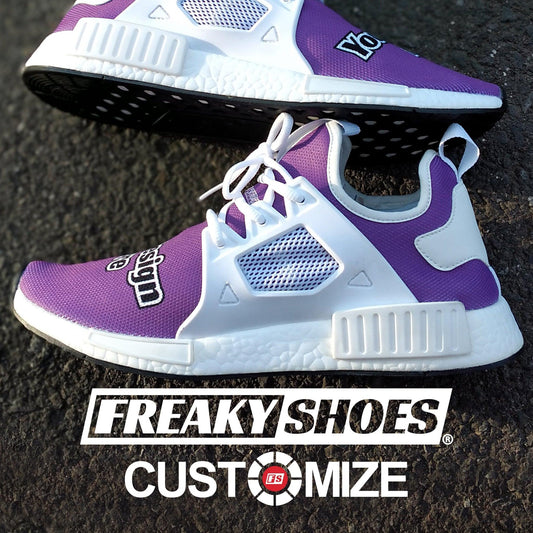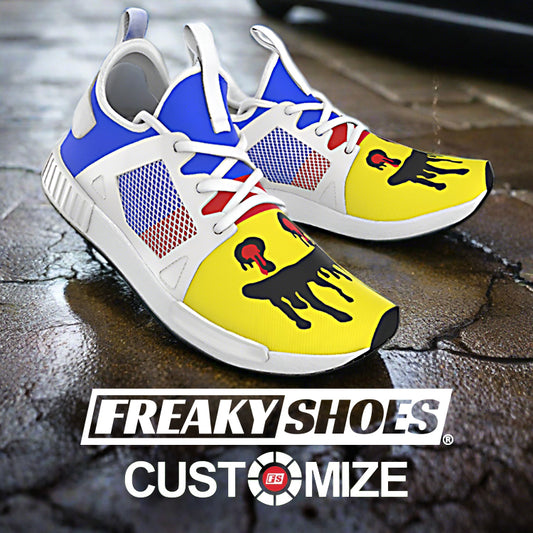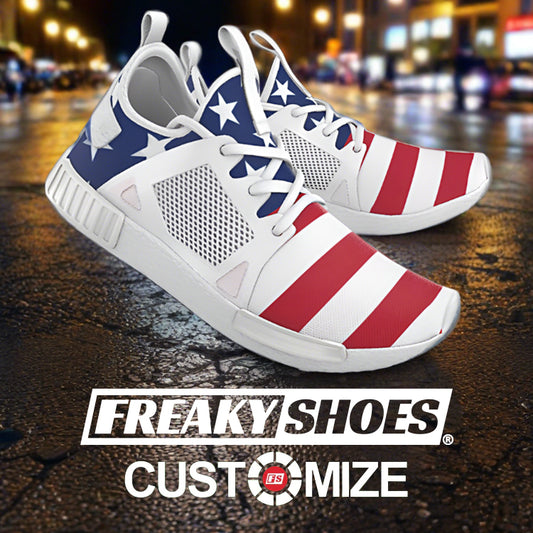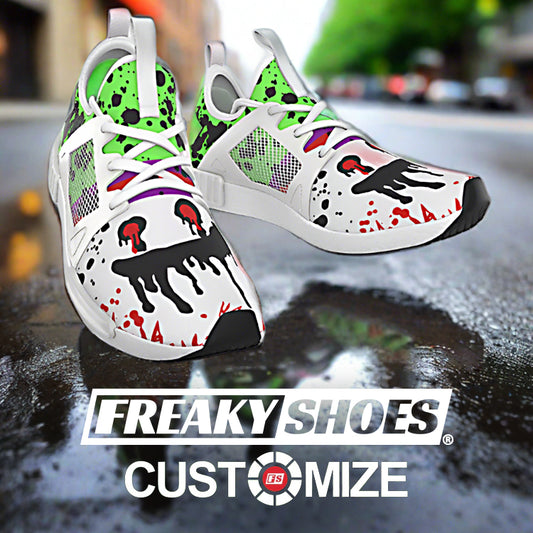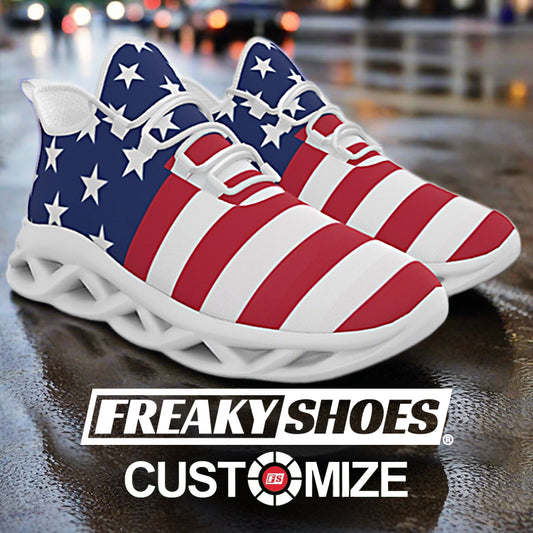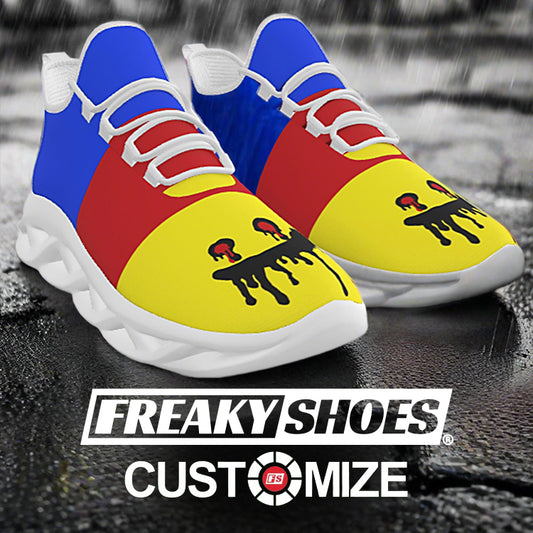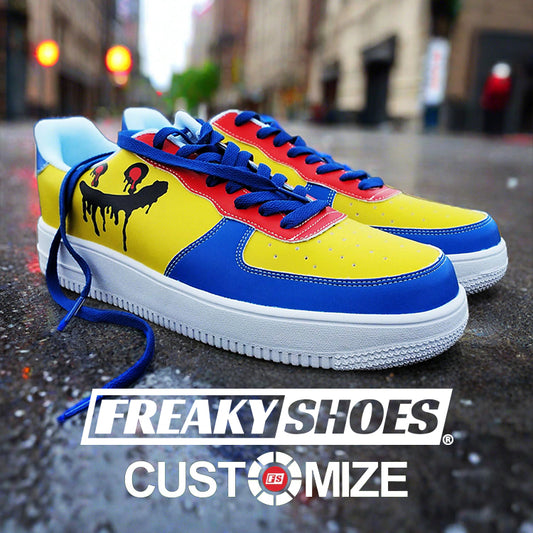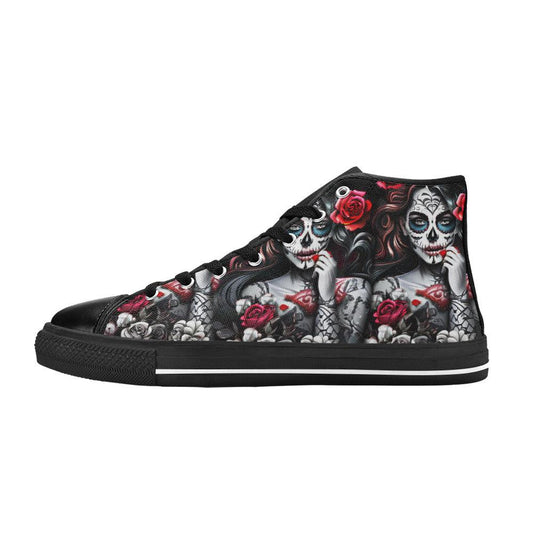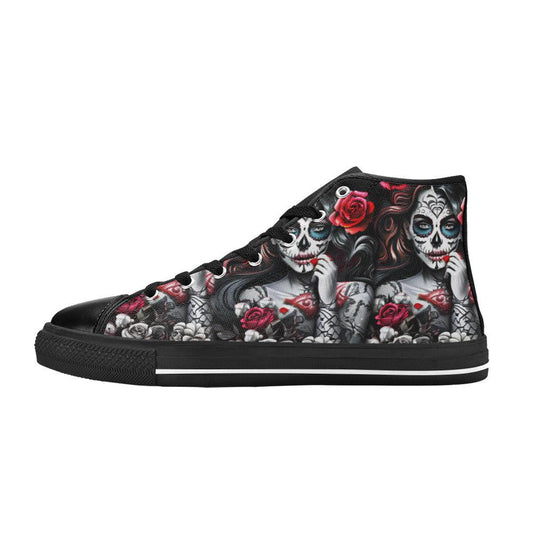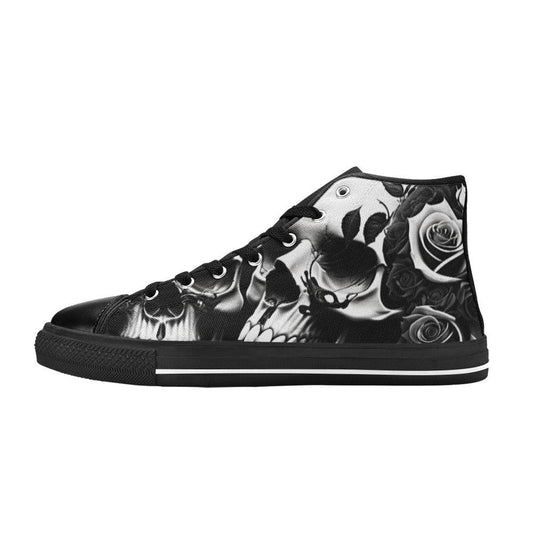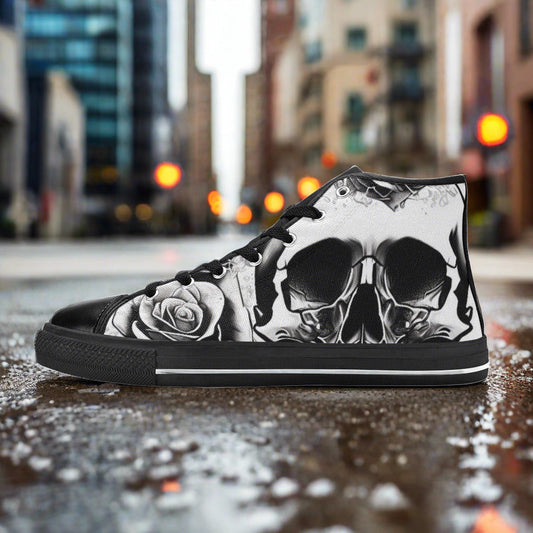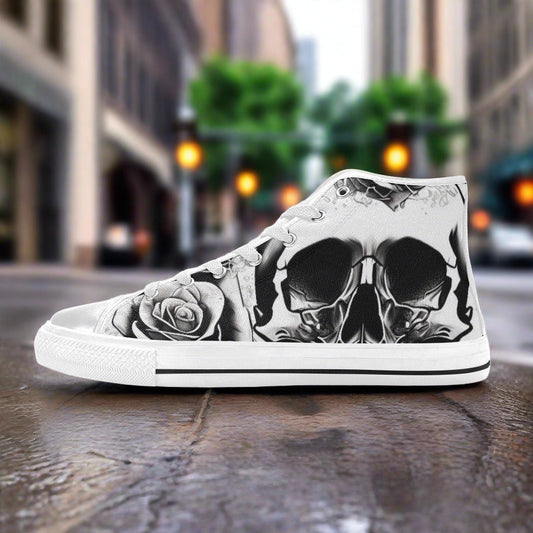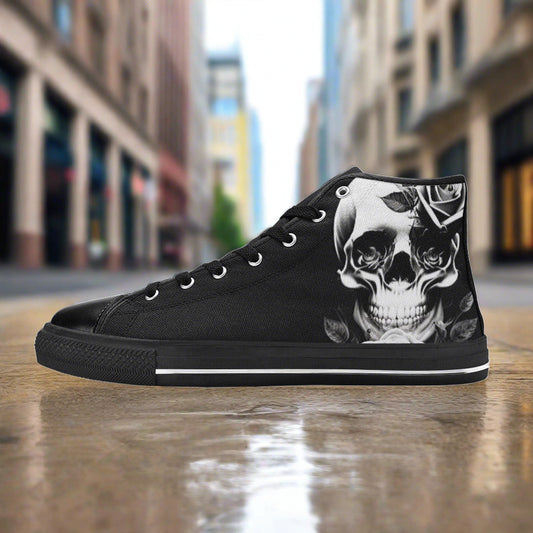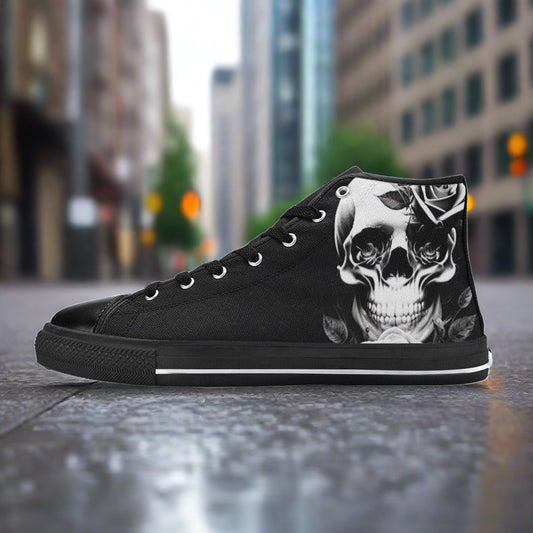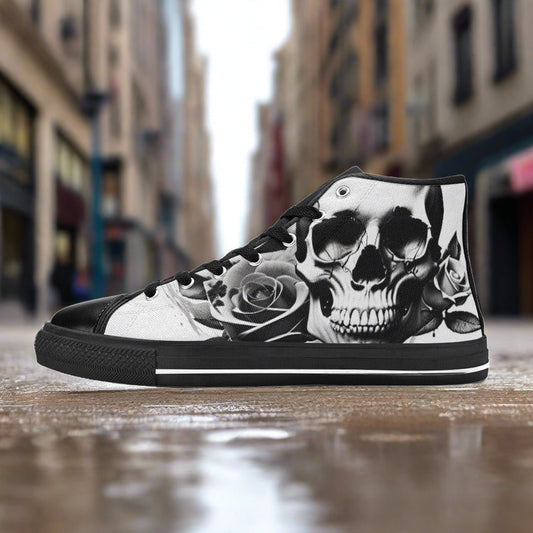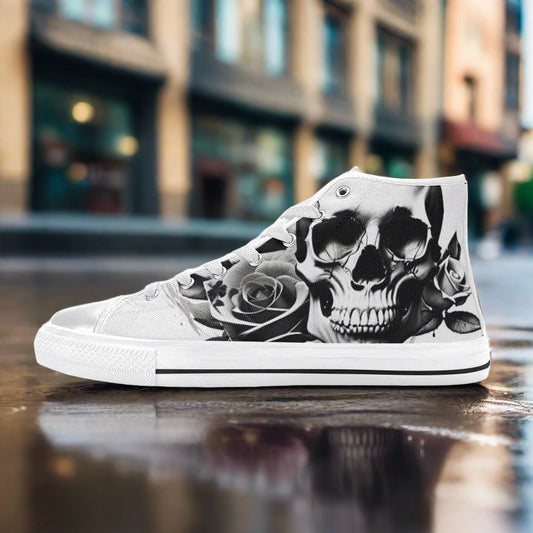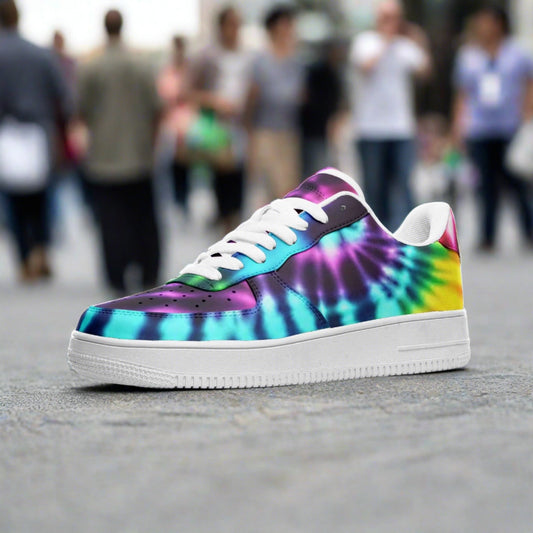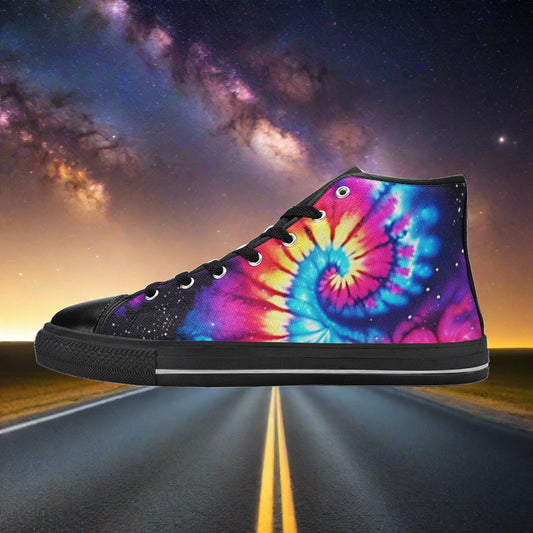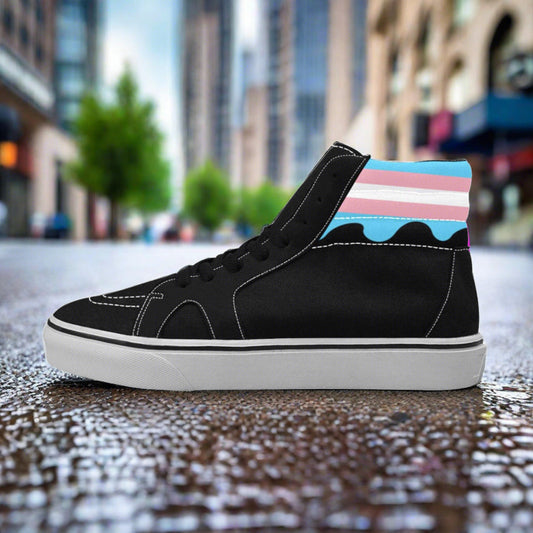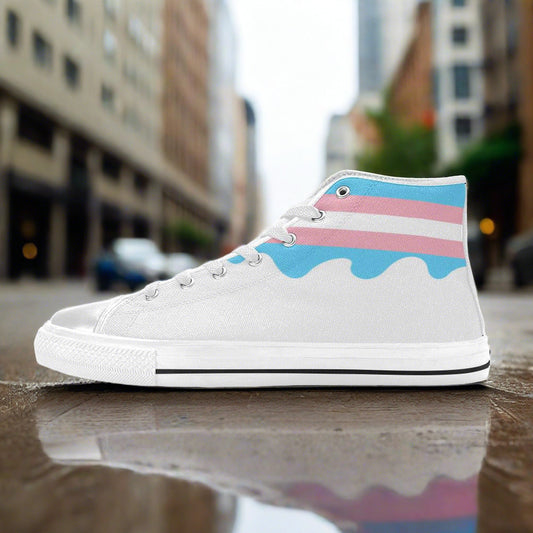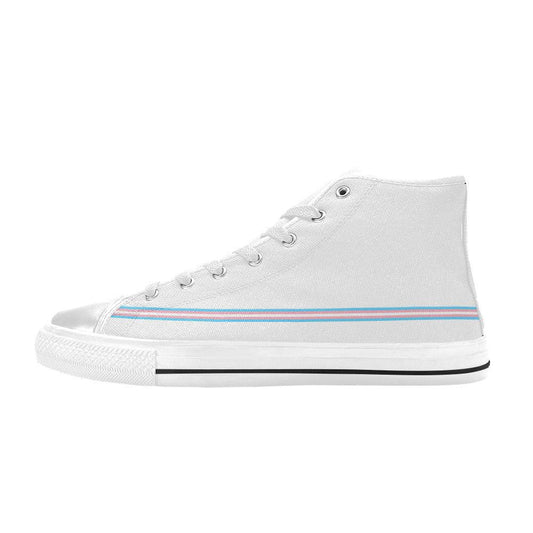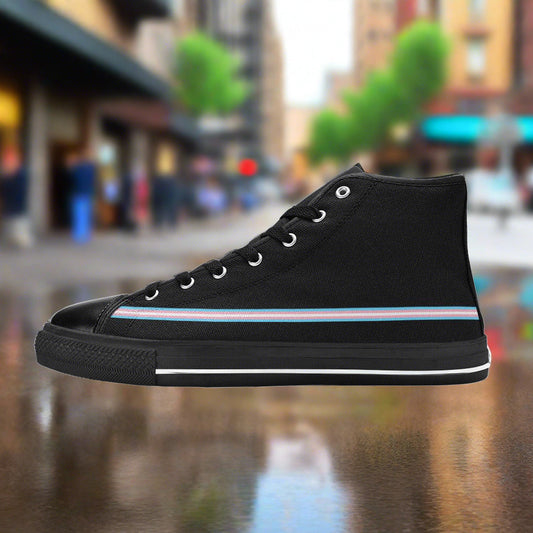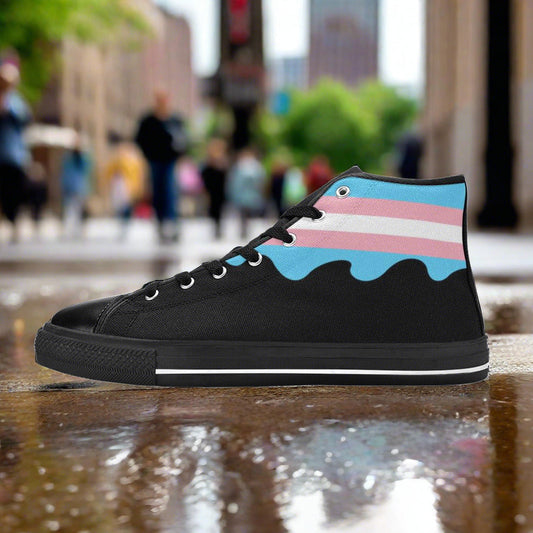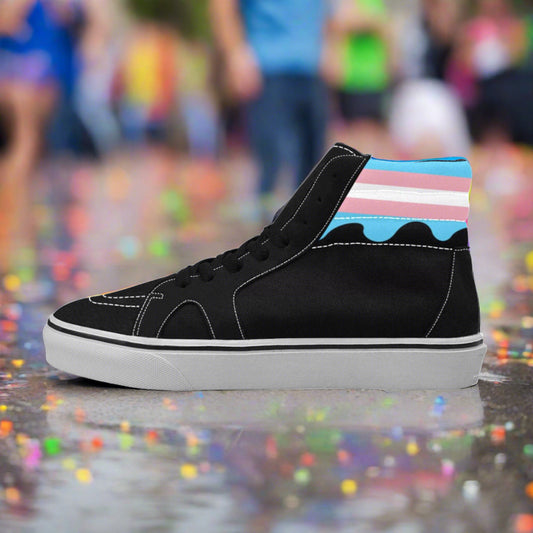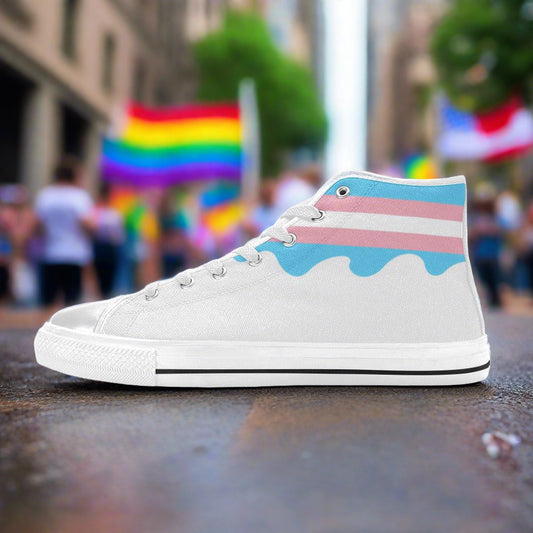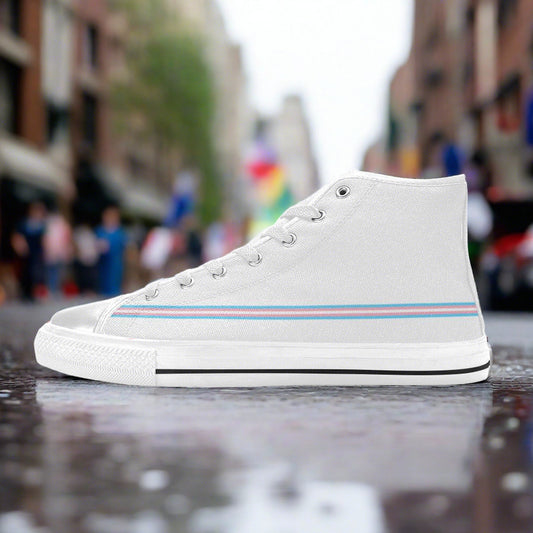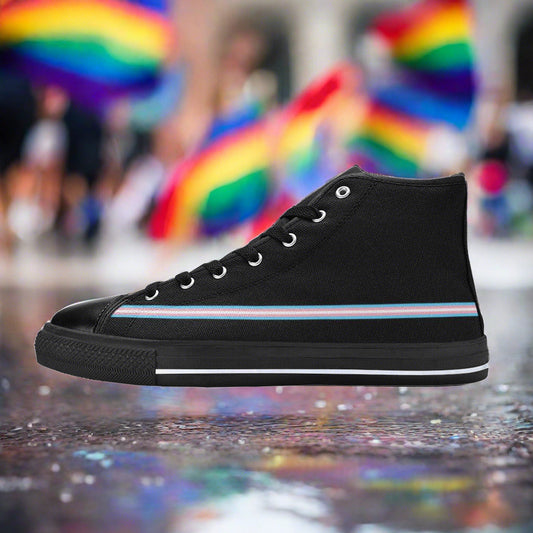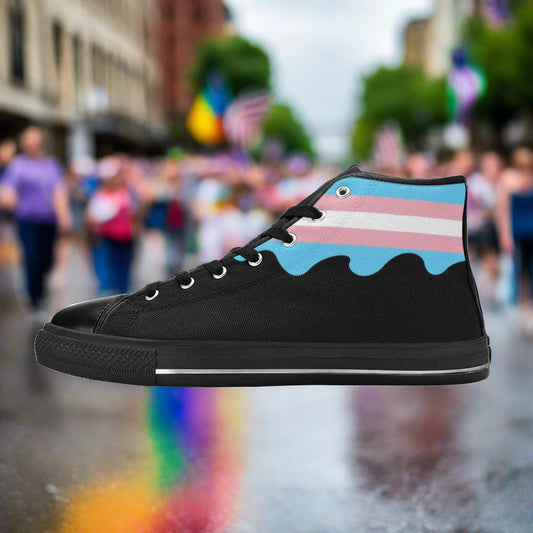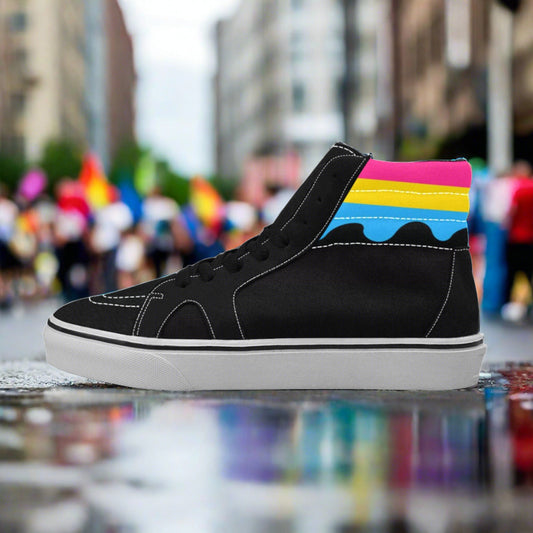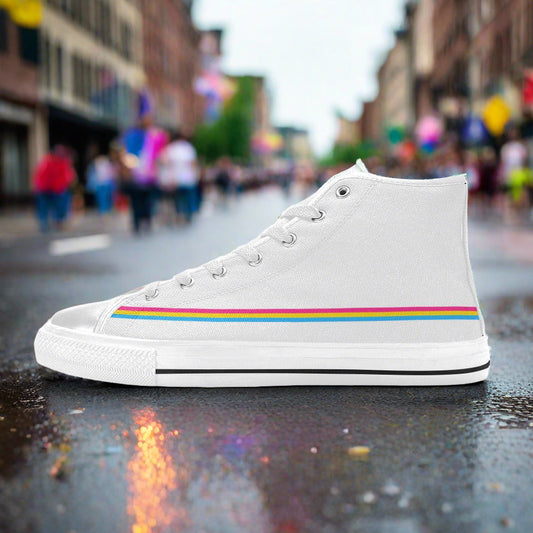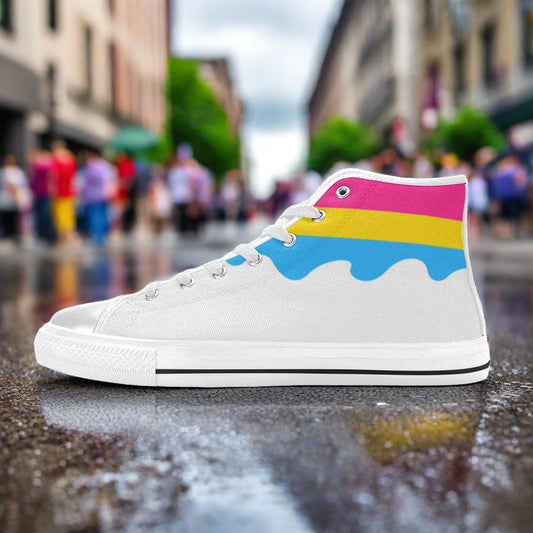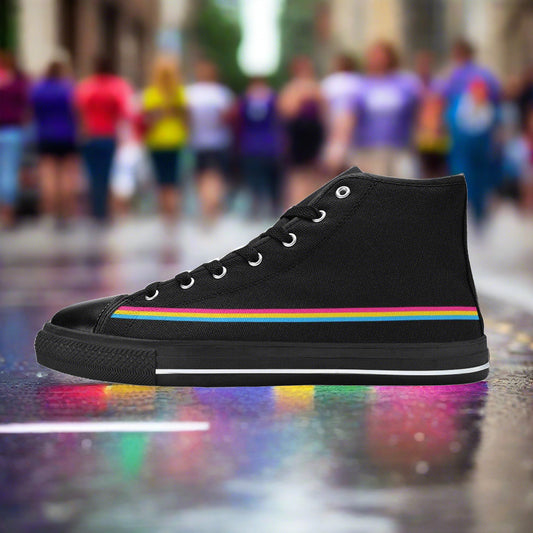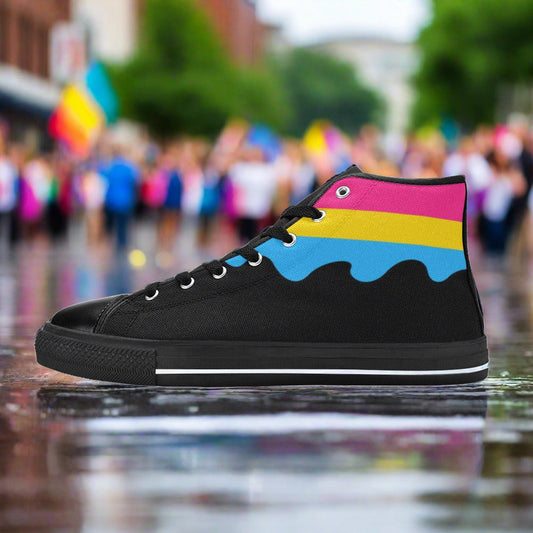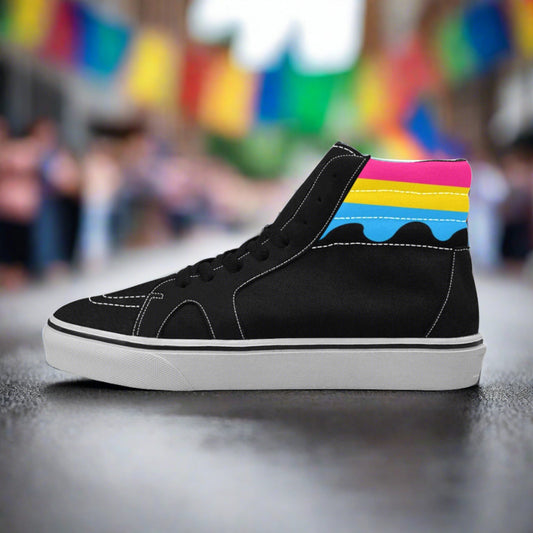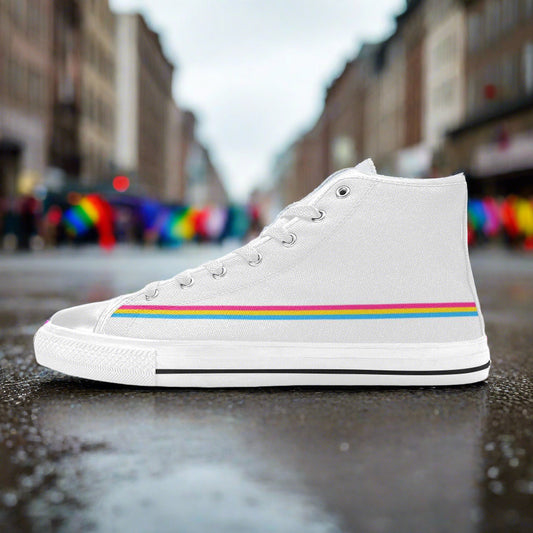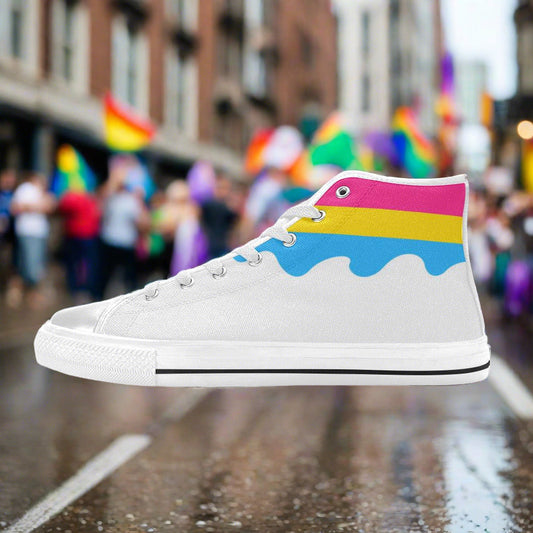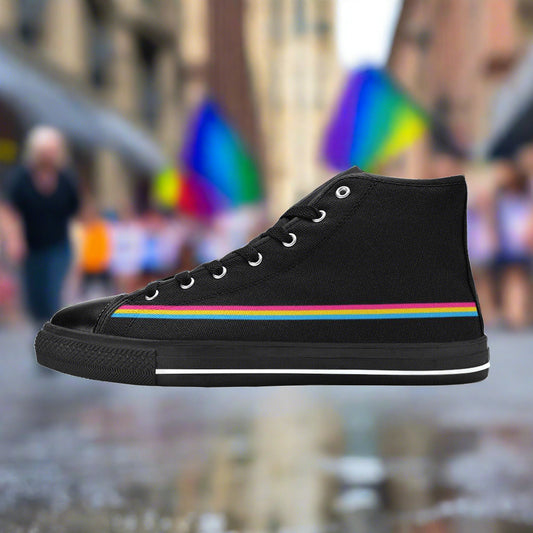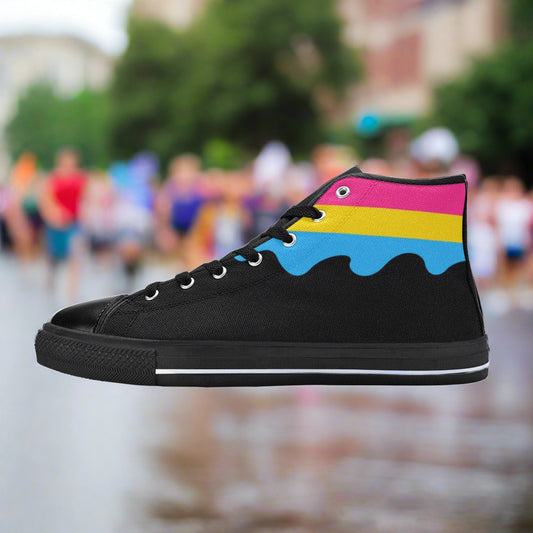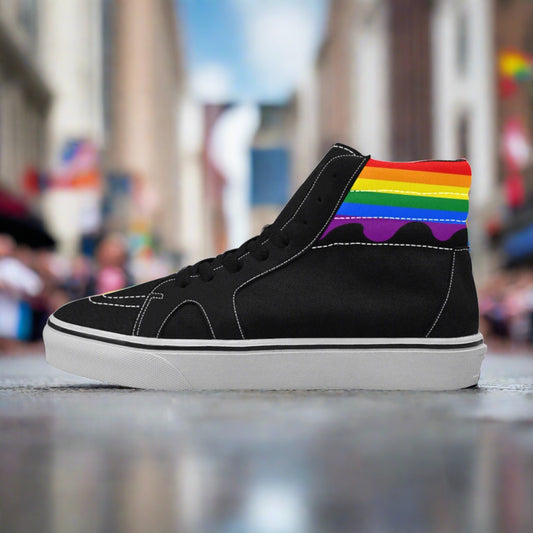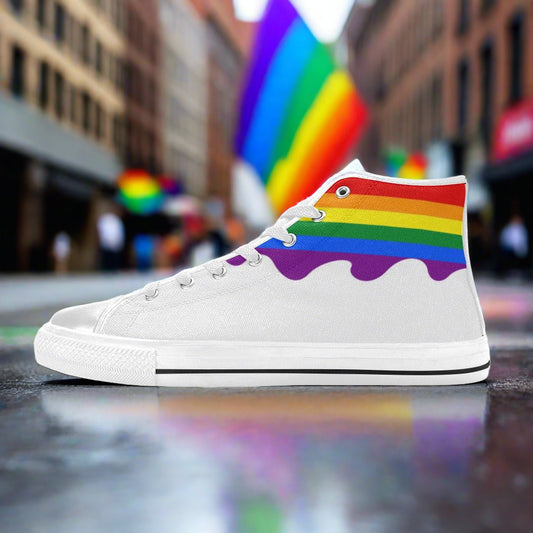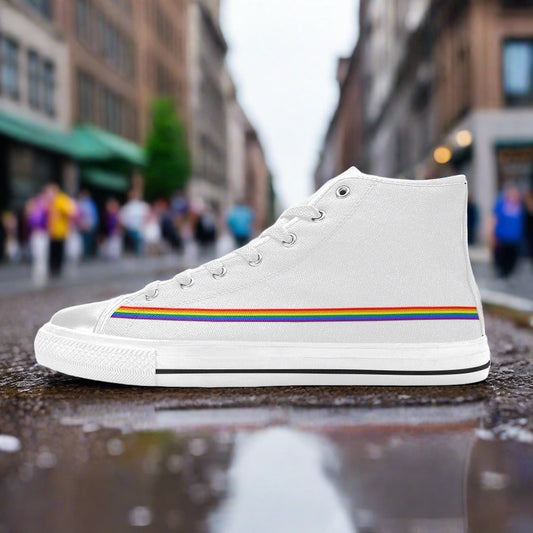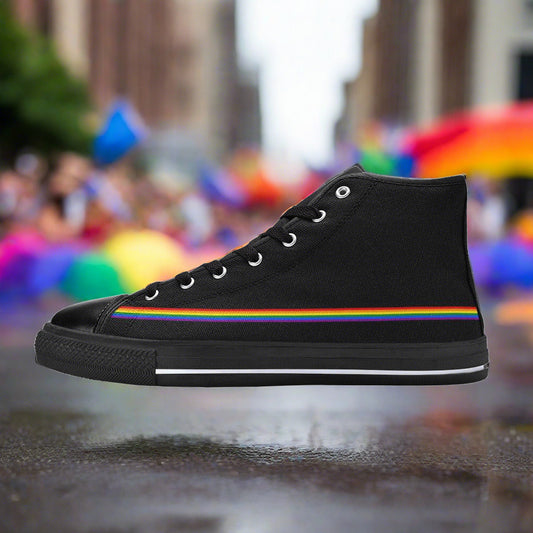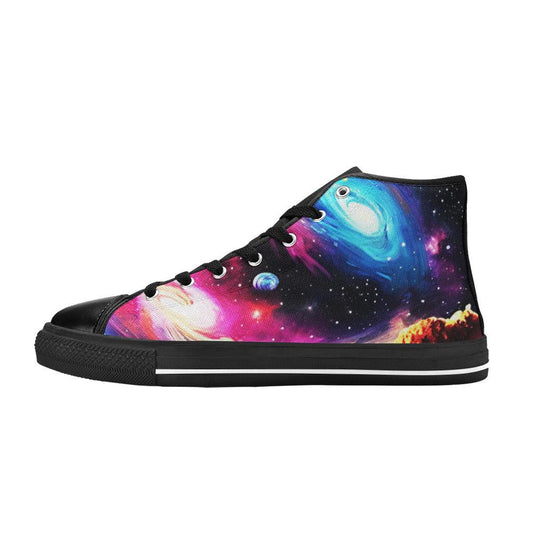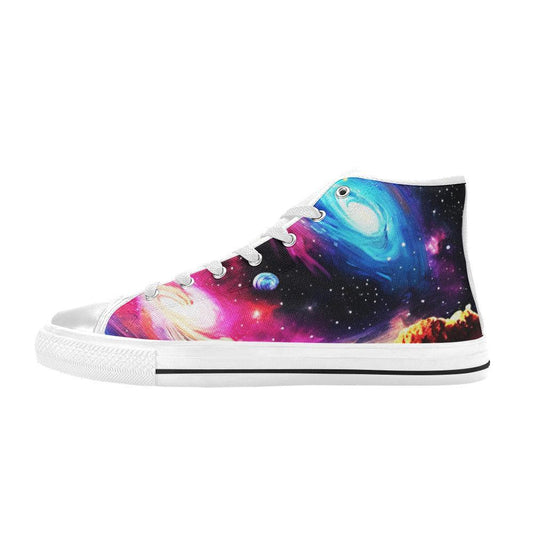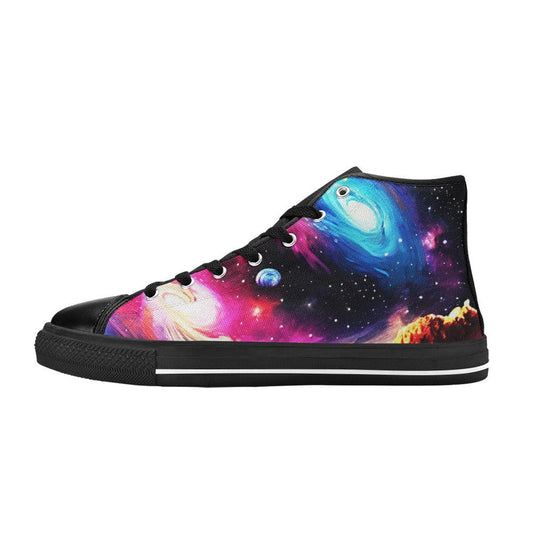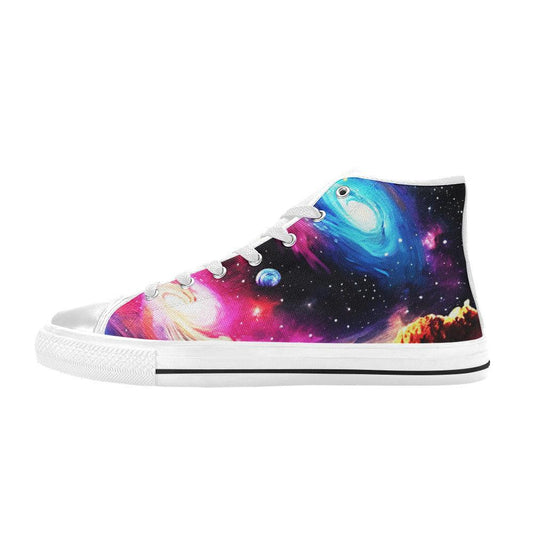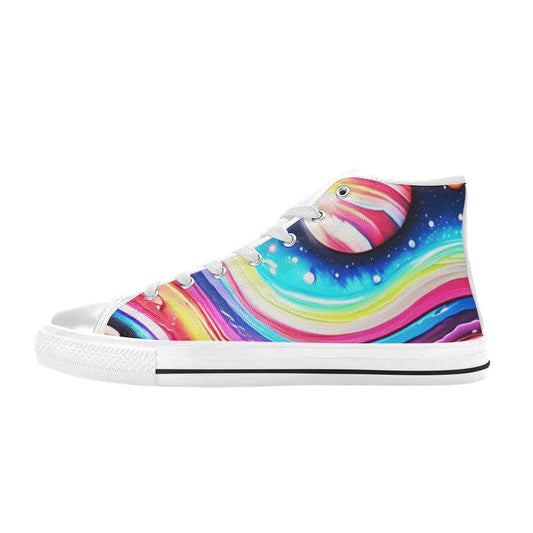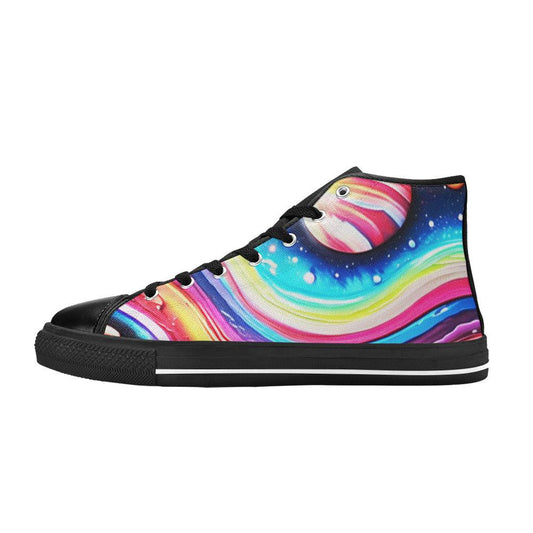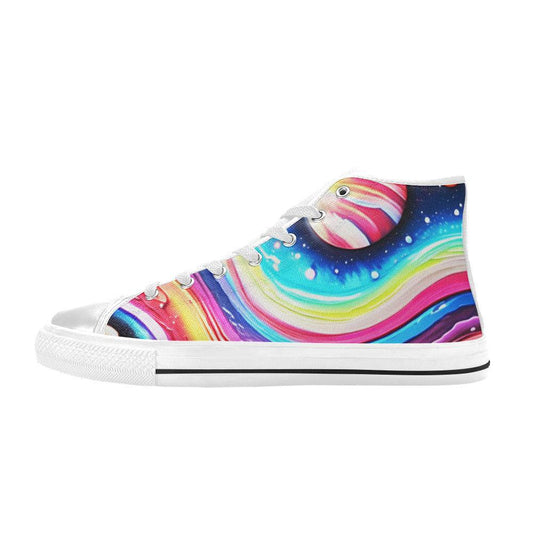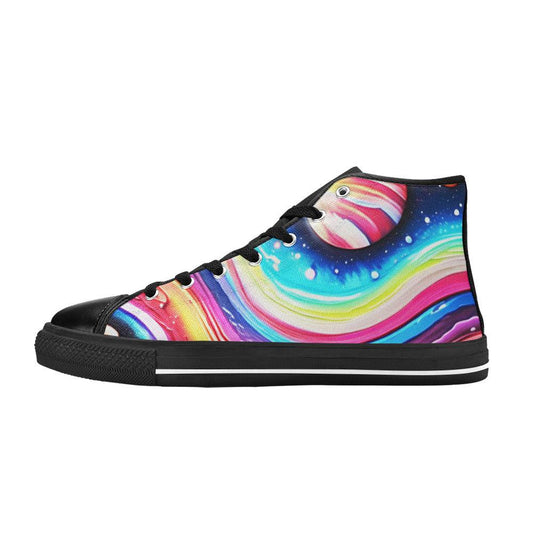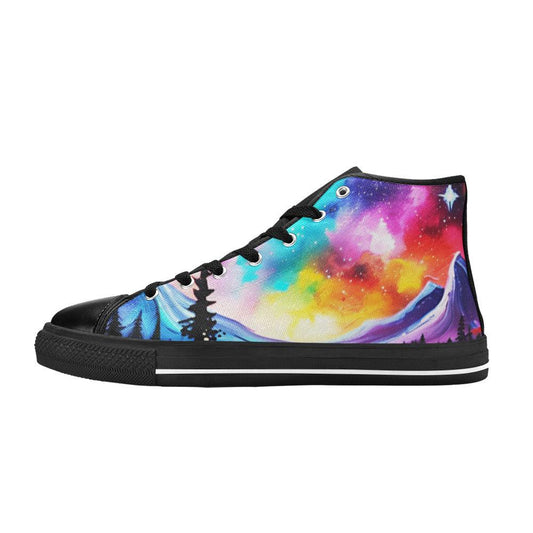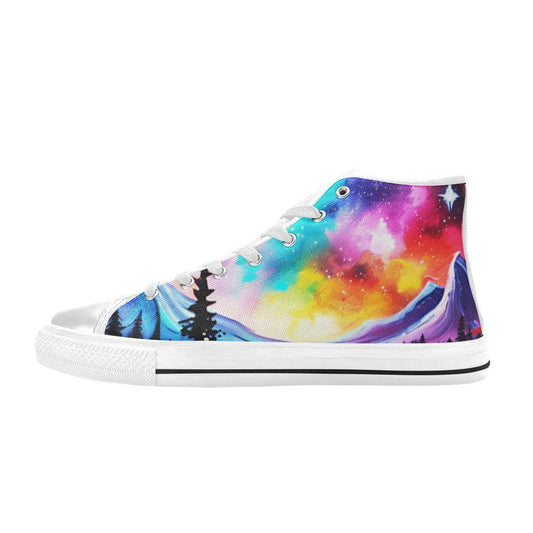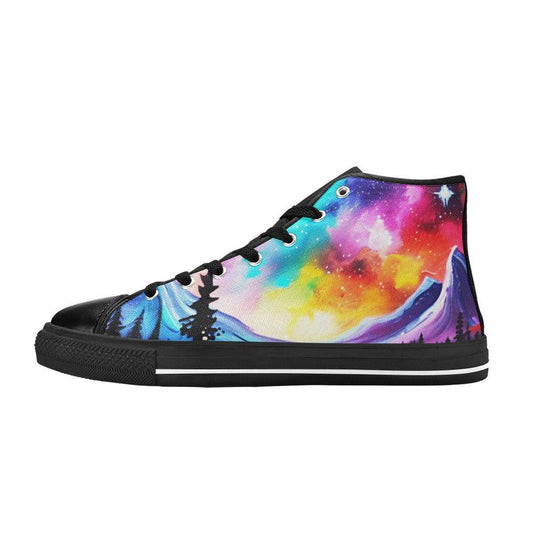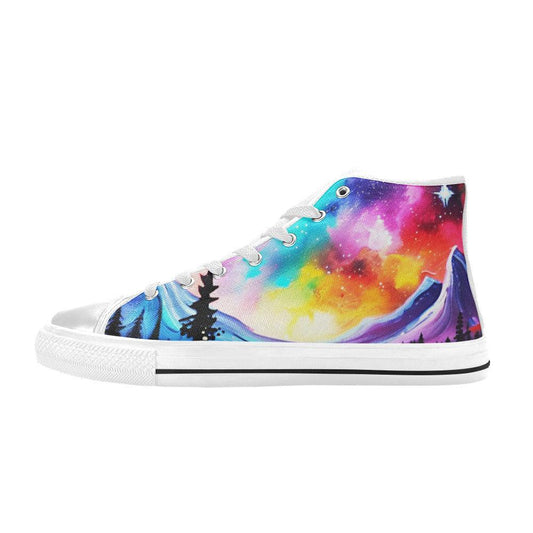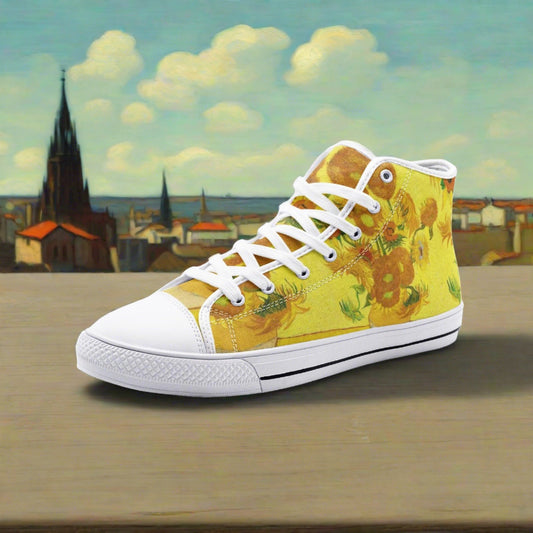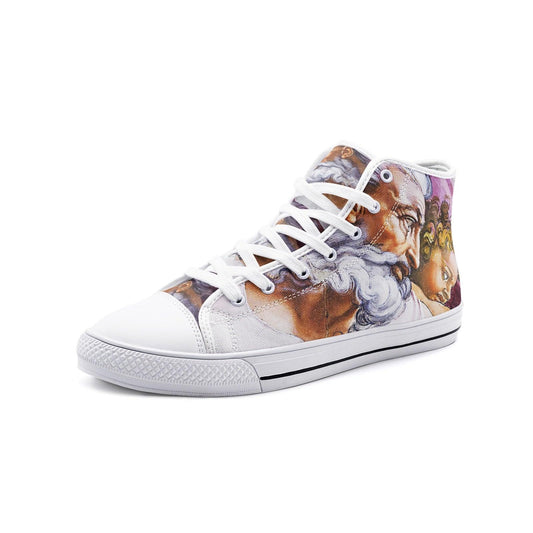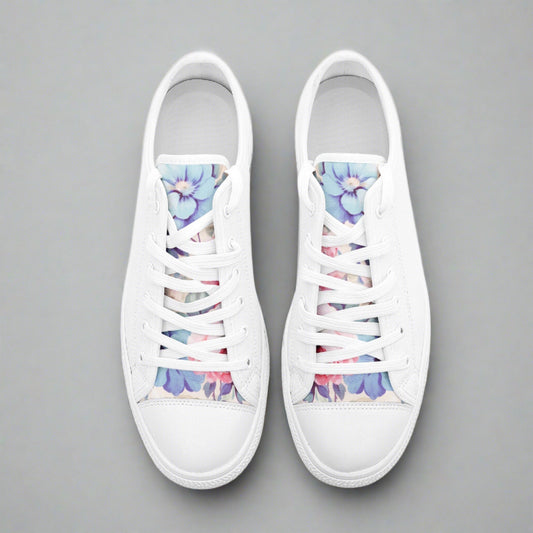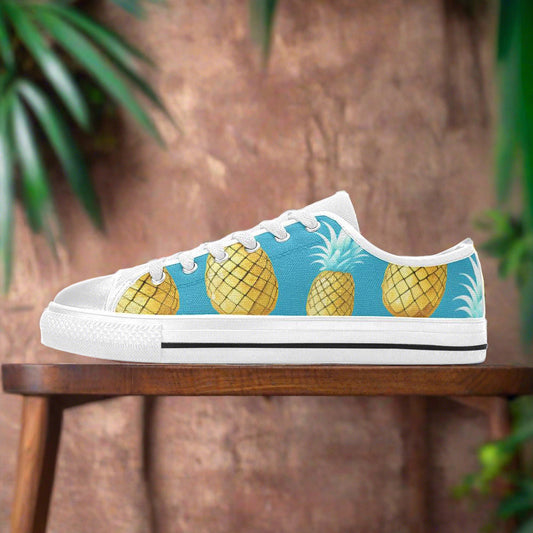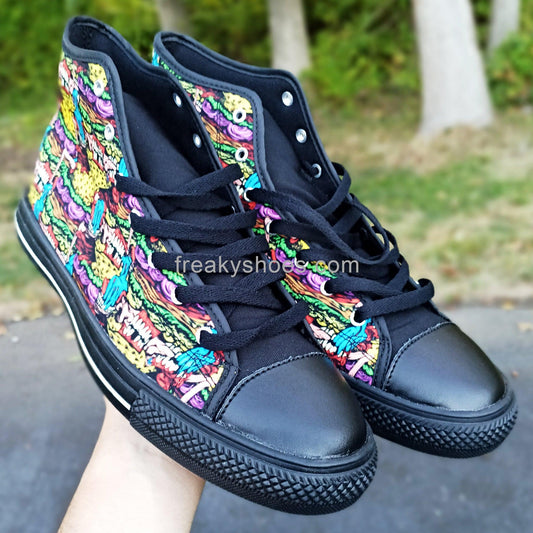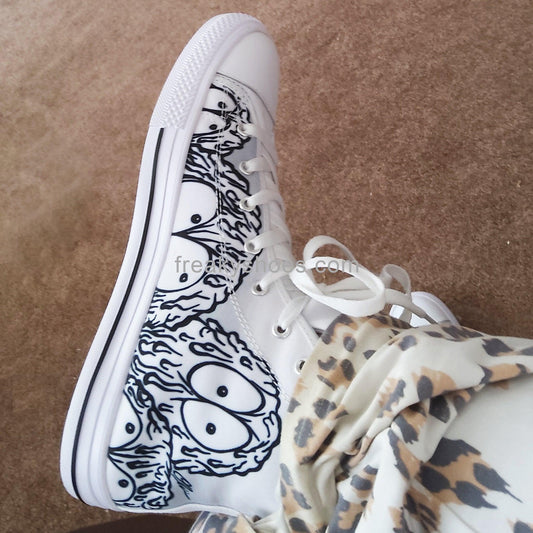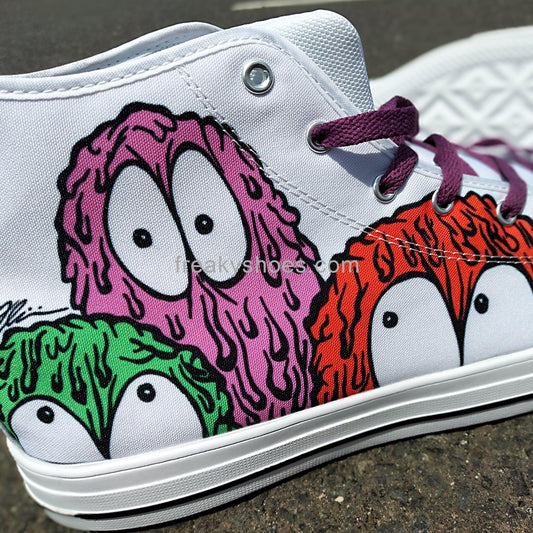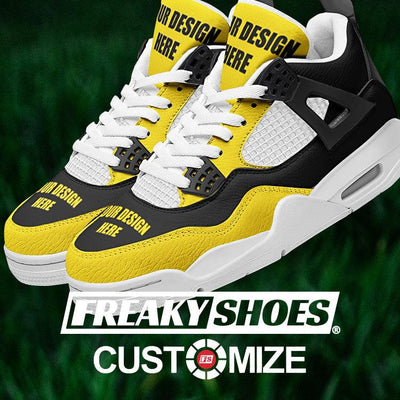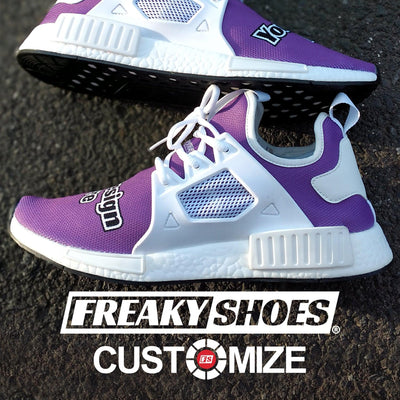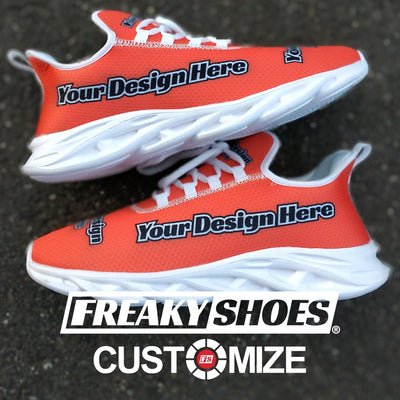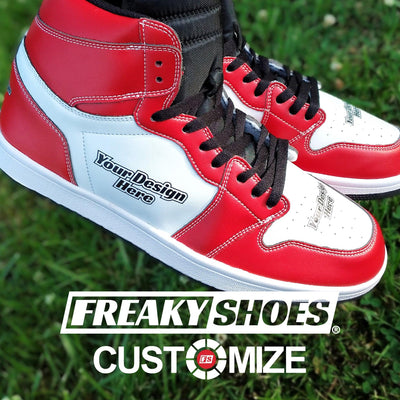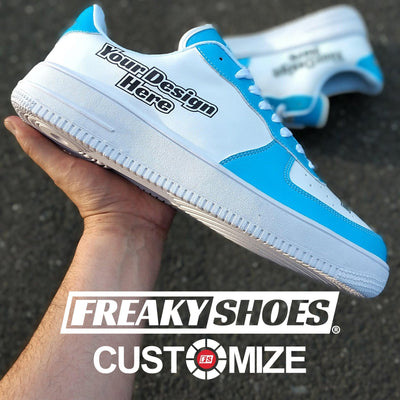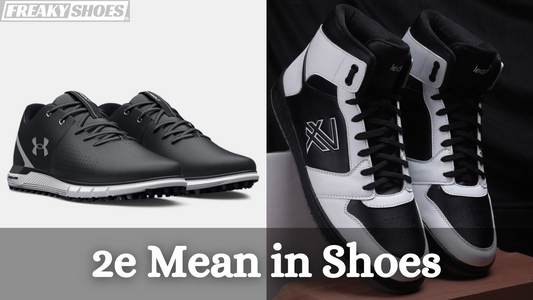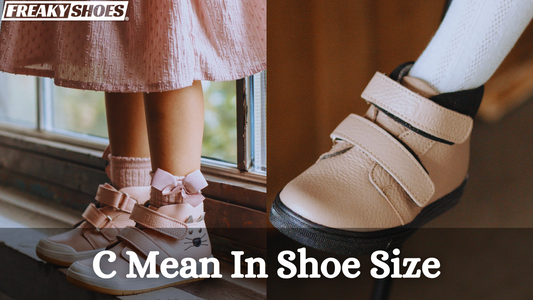DESIGN YOUR OWN WAY!
-
QUICK
Design Your
Own Shoe -
ADVANCED
Design Your
Own Shoe -
CURATED
Premade
Designs
Since 2018, Freaky ShoesⓇ allows you to upload logos, images, & text to design your own custom shoes with the use of our 3D Shoe Design Platform.
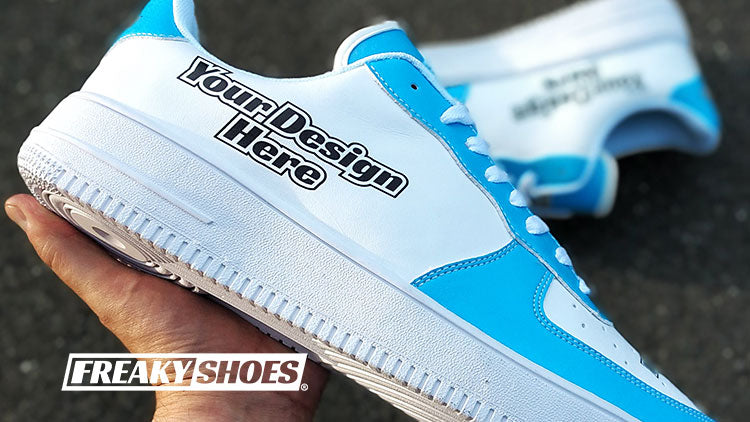
The Best Custom Shoes Supplier for You and Your Business
Looking for a reliable and reputable custom shoe supplier for you and your business? If the answer is yes, we've found the perfect platform for you. This guide tells you about a popular custom shoe-designing company enabling you to customize and design your shoes online.
If you wish to get your hands on the best custom shoes and sneakers for you and your business, Freaky Shoes serves as the perfect platform where you can personalize and design your own choice and brand of shoes. Here at Freaky Shoes, you can find the best custom shoes and sneakers of your dreams.
With a well-known platform like this, just think about the endless ways in which you can experiment, design, stylize a pair of shoes, and create a masterpiece that you can wear and flaunt in front of others. Therefore, without further ado, here is an ultimate guide on designing and creating the best custom shoes for your business with Freaky Shoes!
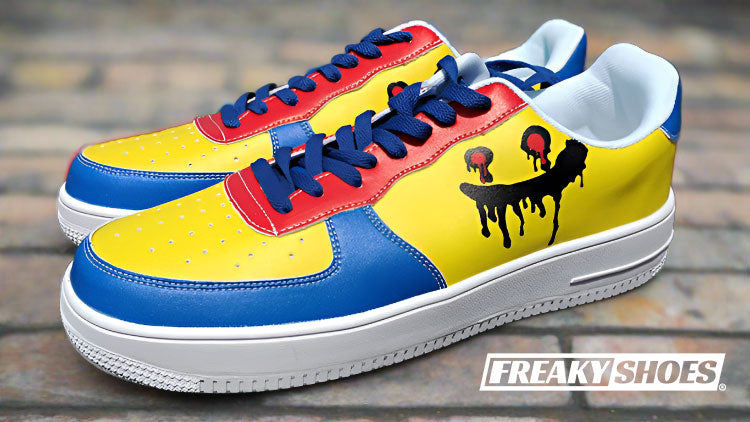
Upload Logos, Images, & Text To Design Your Own Custom Shoes
Select & CustomizeHow To Create Your Own Custom Shoes In 3 Easy Steps

Step 1
Pick Your Shoe
Explore our wide selection of premium footwear, ranging from sleek sneakers to classic loafers. Find the perfect style to unleash your creativity
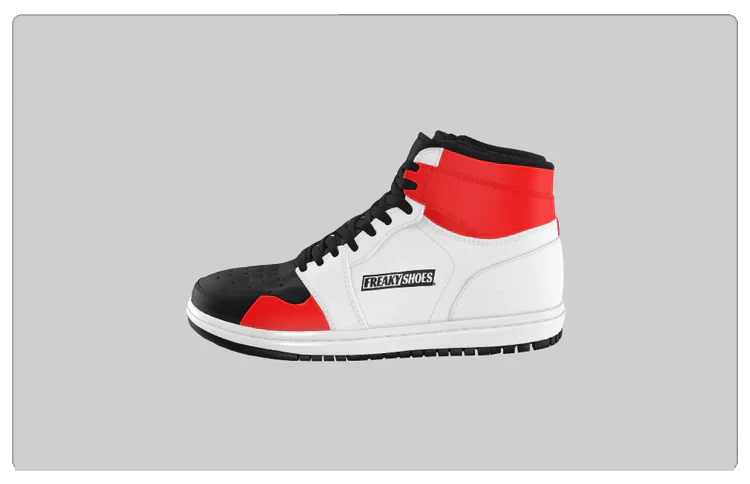
Step 2
Upload Images & Logos
Personalize your shoes with ease by uploading your favorite images, logos, or designs. Our intuitive platform ensures your custom creations come to life exactly as you envision.

Step 3
Finalize & Purchase
Review your unique design one last time before completing your purchase. With just a few clicks, your custom shoes will be on their way to becoming a stylish statement of individuality.
Ready To Wear
At Freaky Shoes®, you can create your own shoes. But we know not everyone likes to be creative or has the time. If that sounds like you, our Ready to Wear collection is exactly what you need!
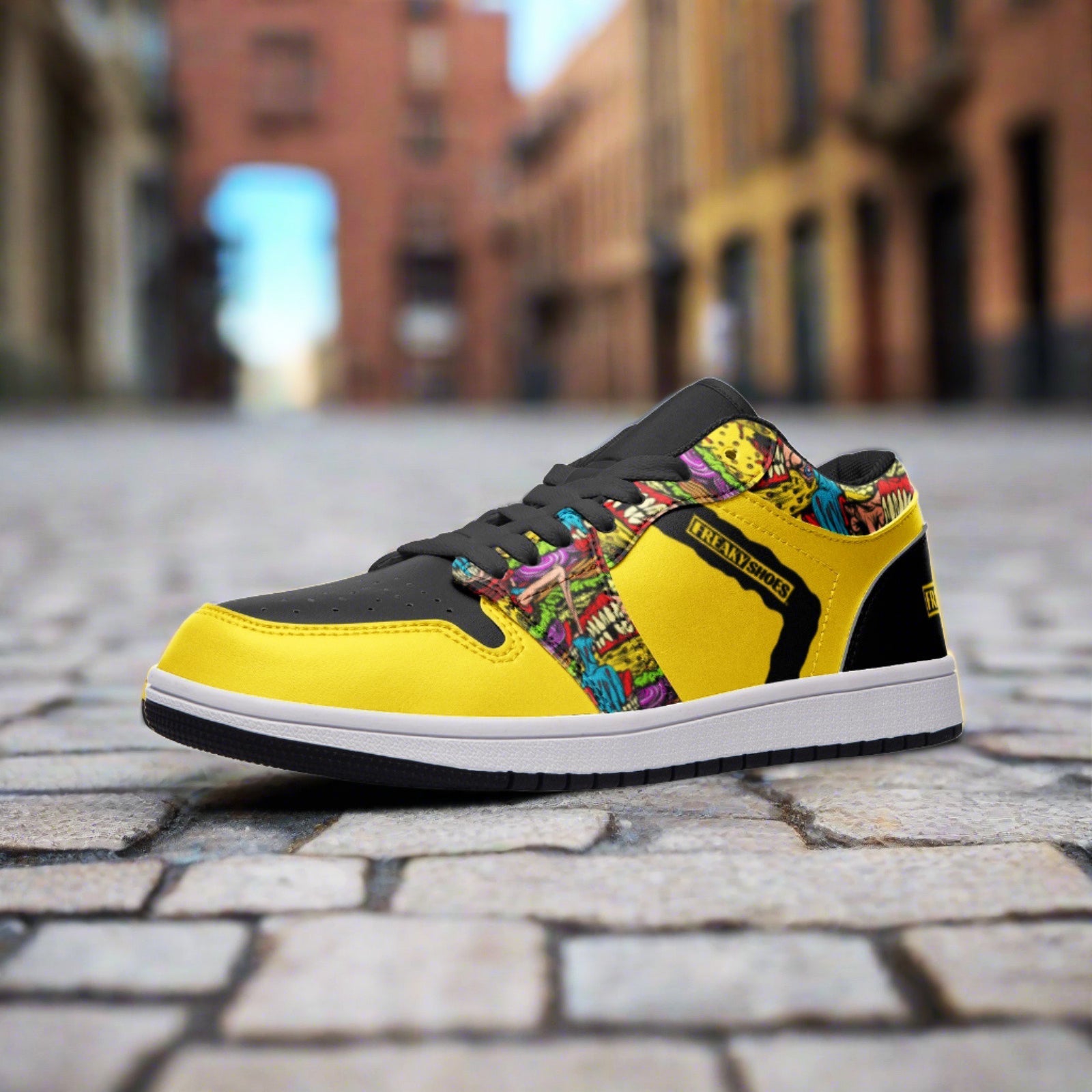
Freaky Shoes® Black & Yellow Freestyle Art Unisex Low Top Leather Sneakers
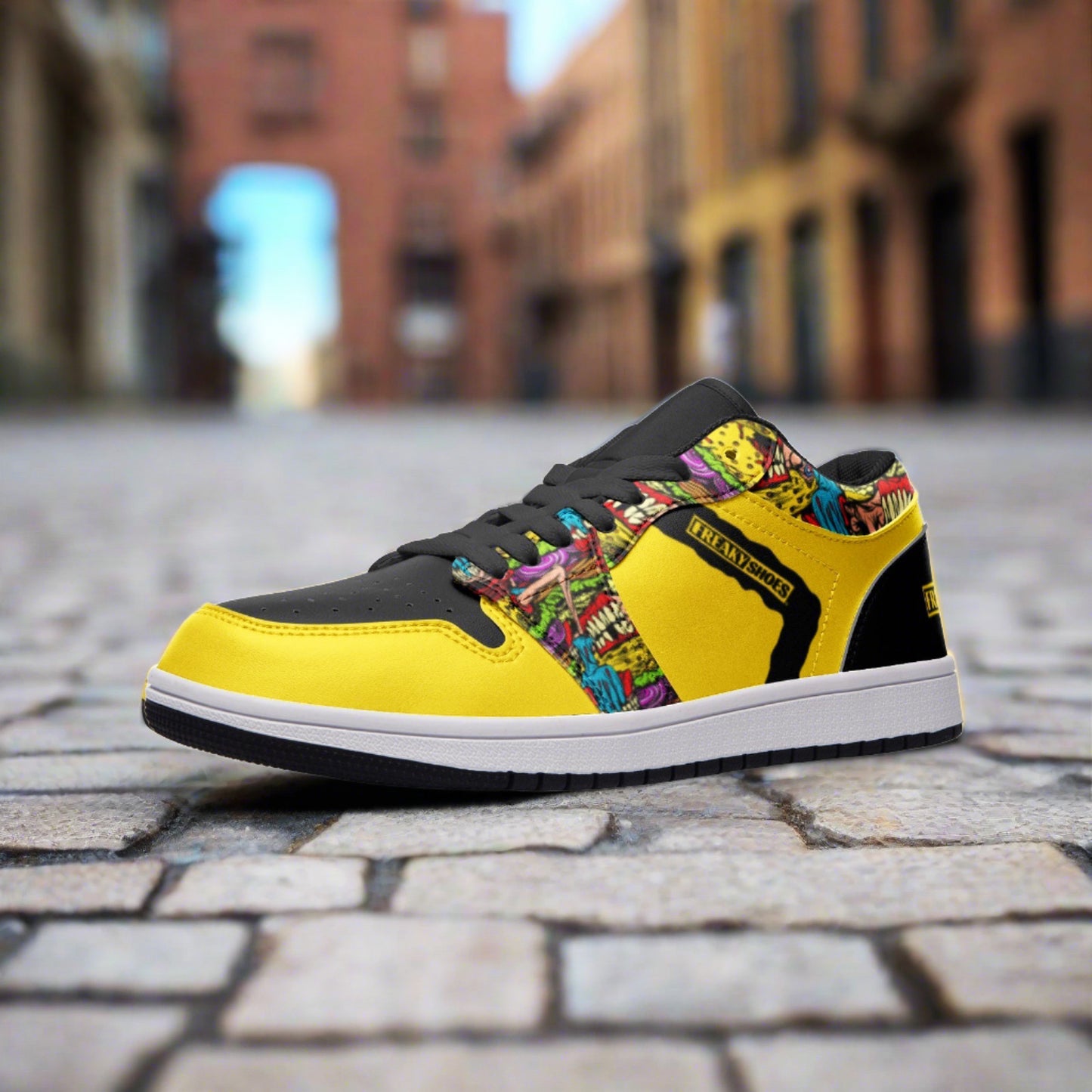
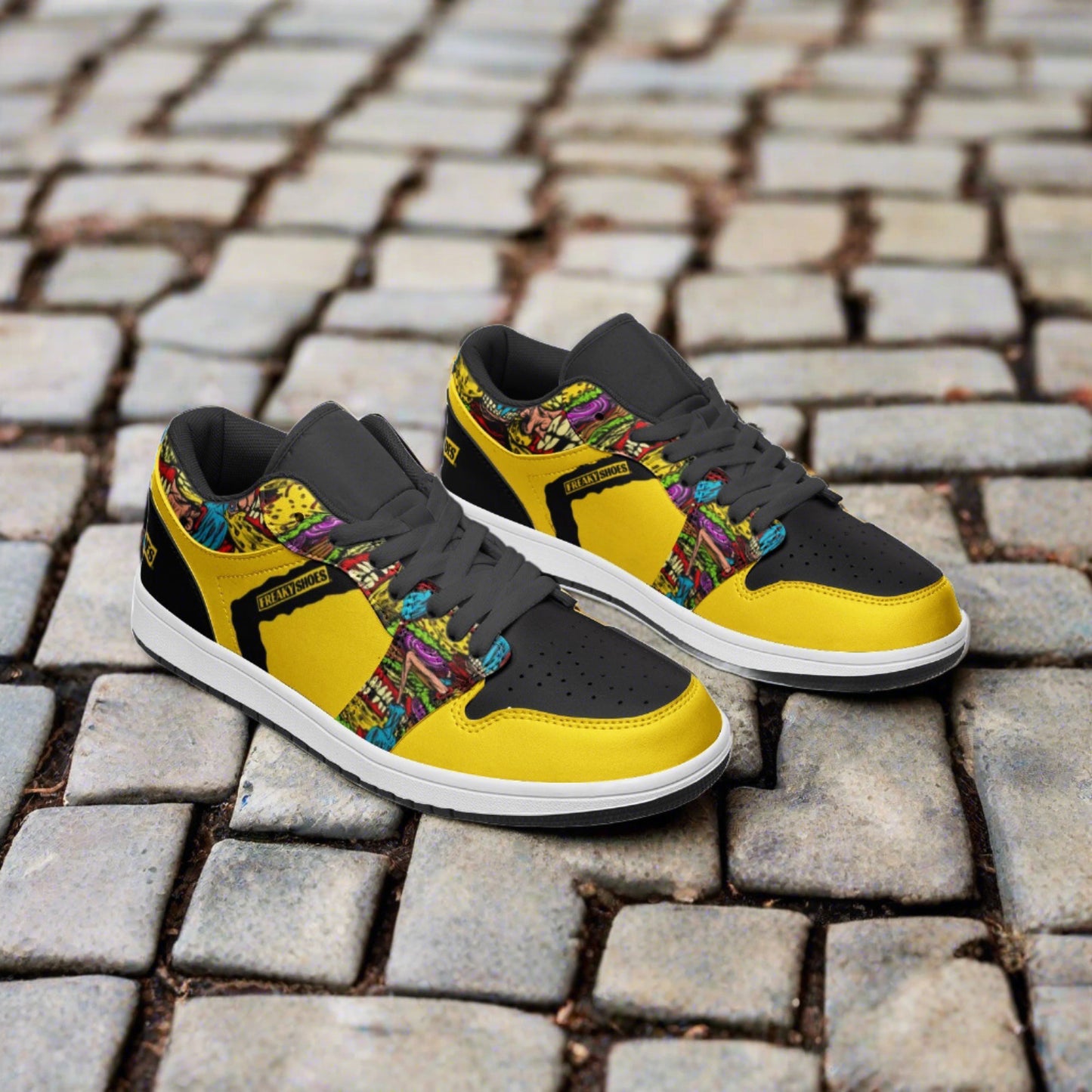
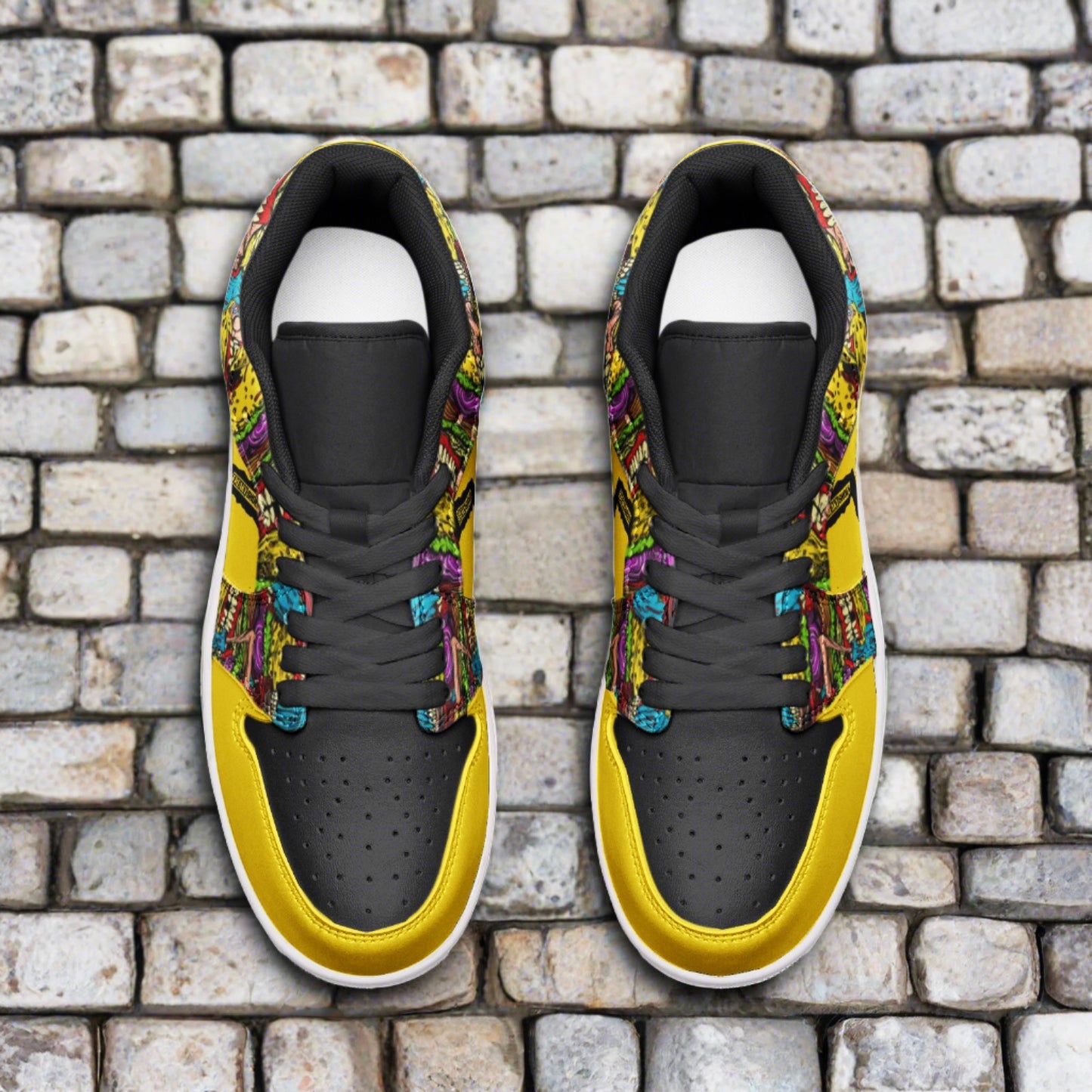
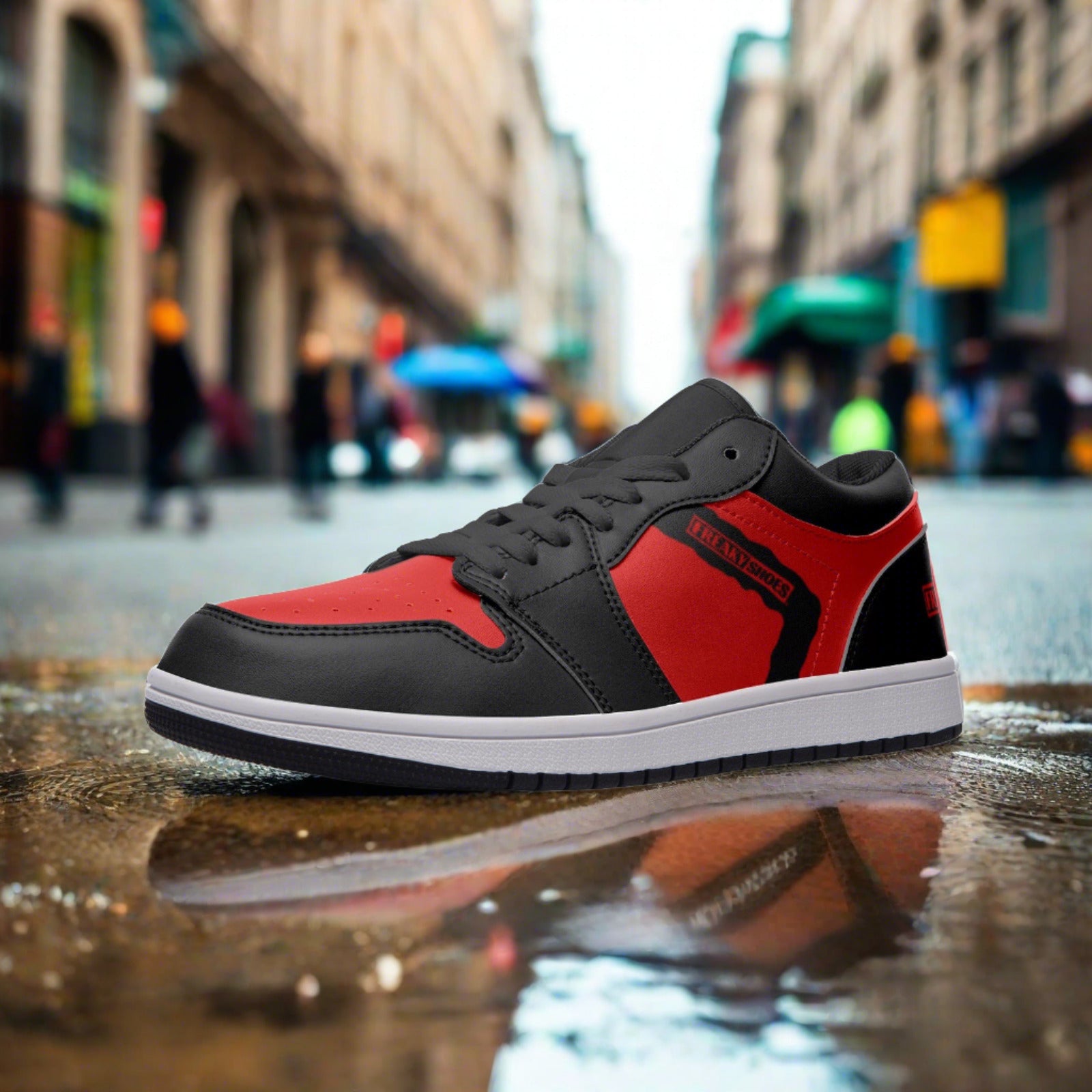
Freaky Shoes® Red & Black Unisex Low Top Leather Sneakers
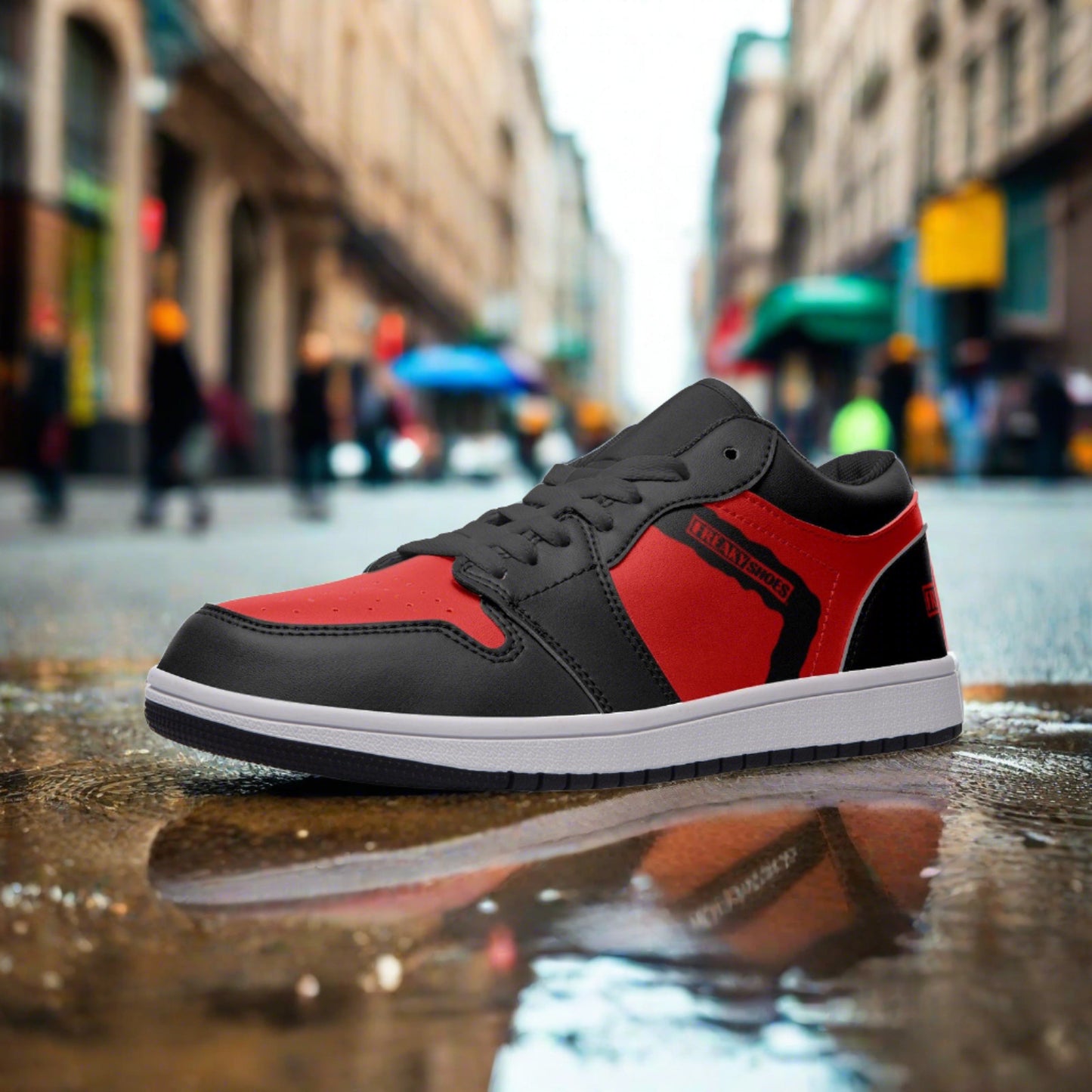
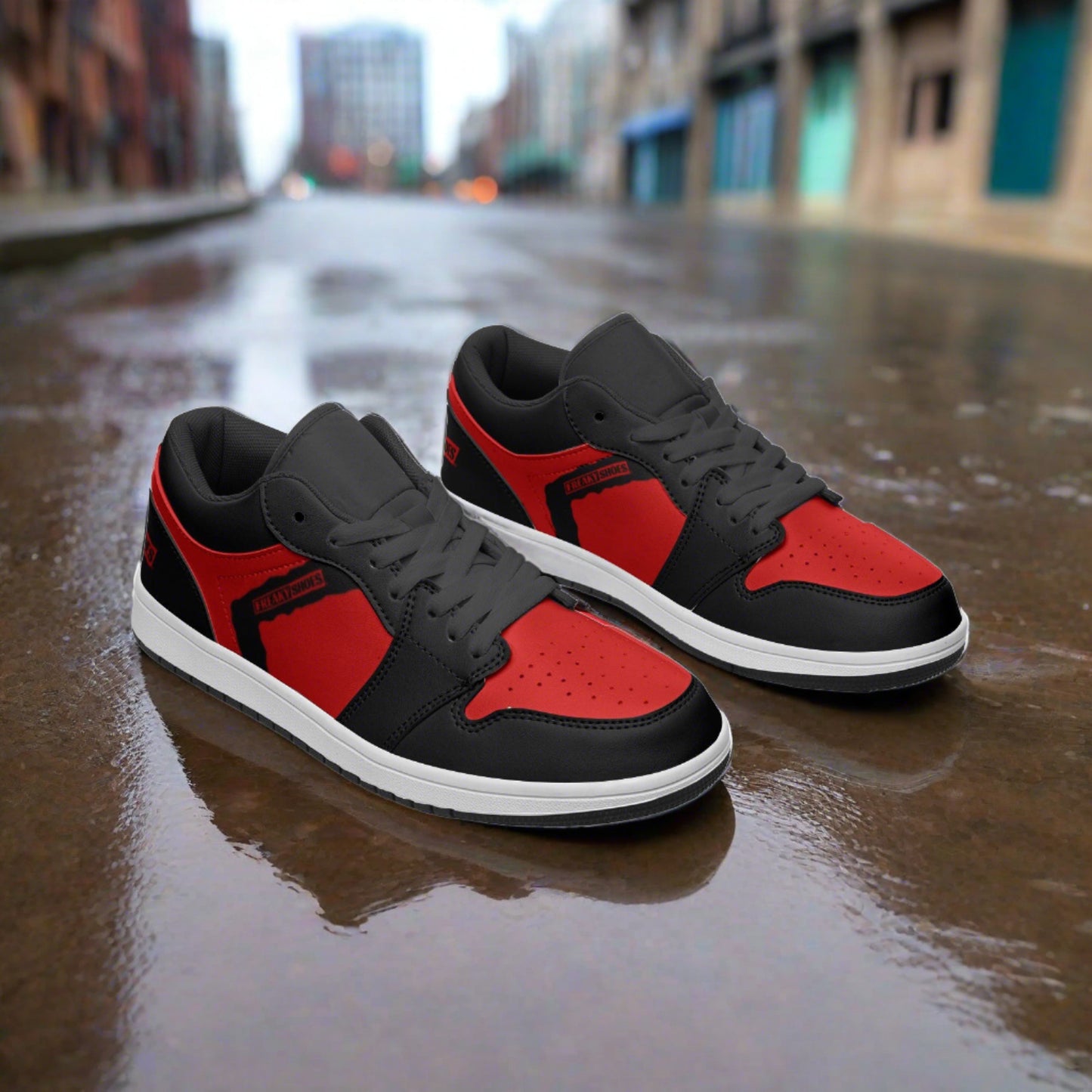
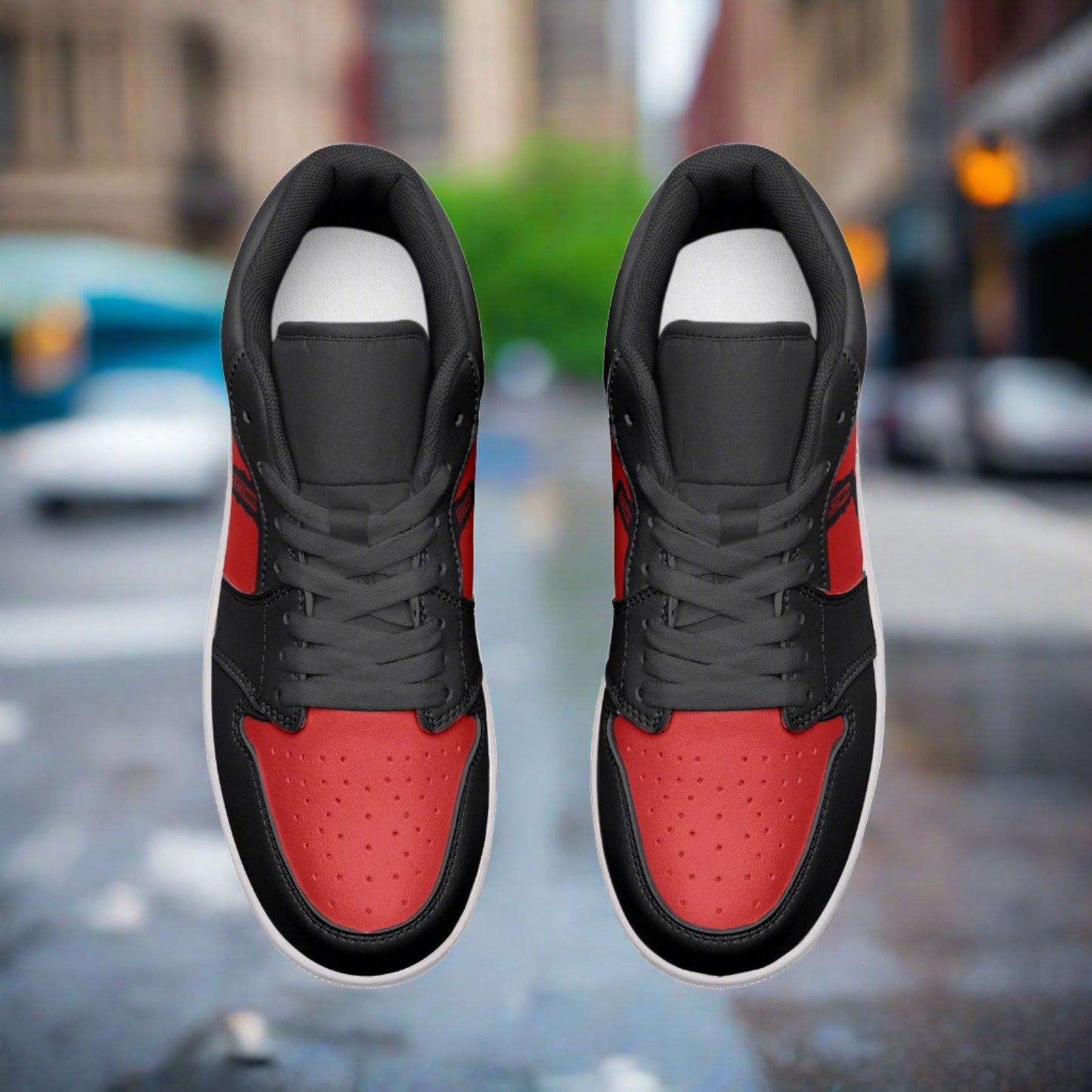
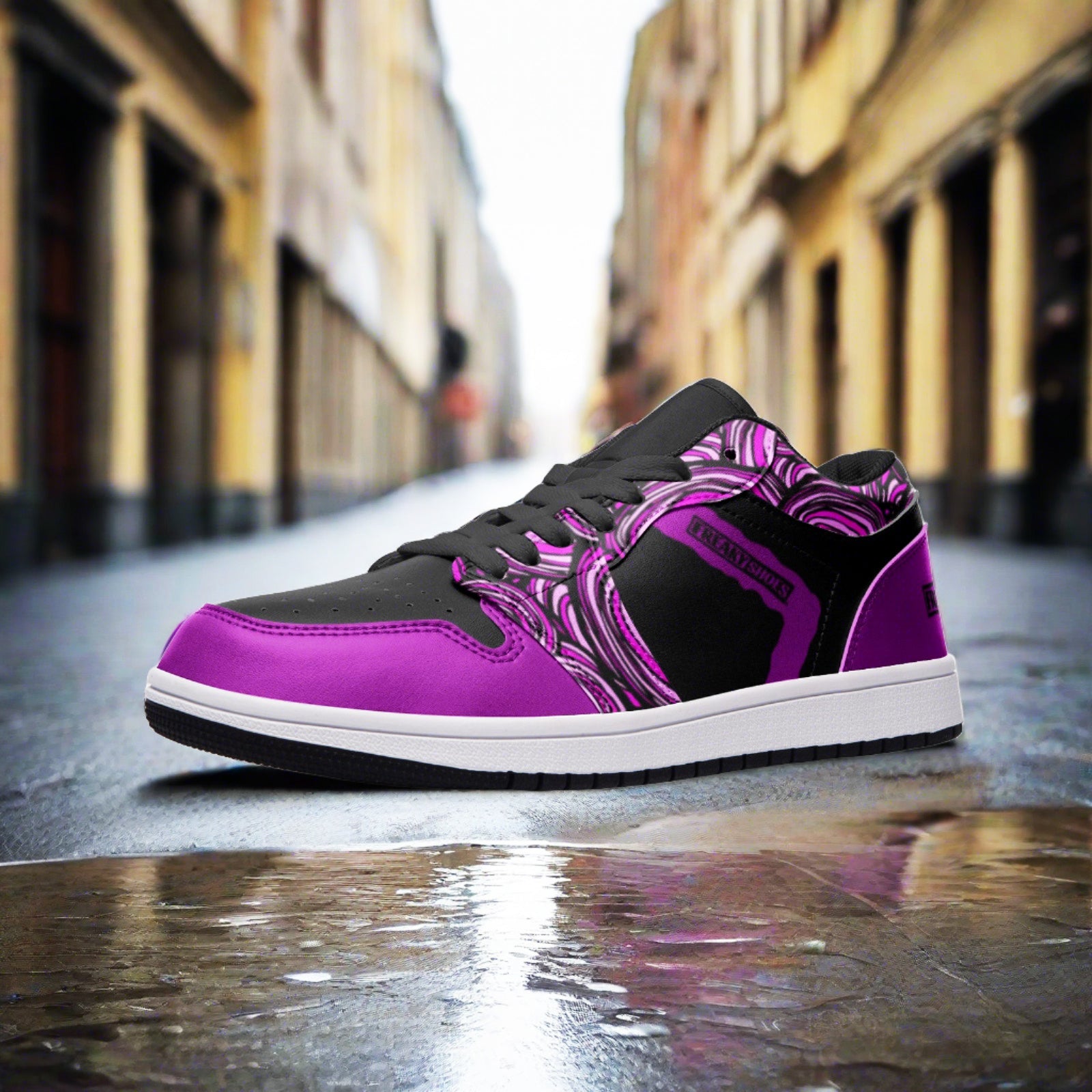
Freaky Shoes® Black & Purple Unisex Low Top Leather Sneakers
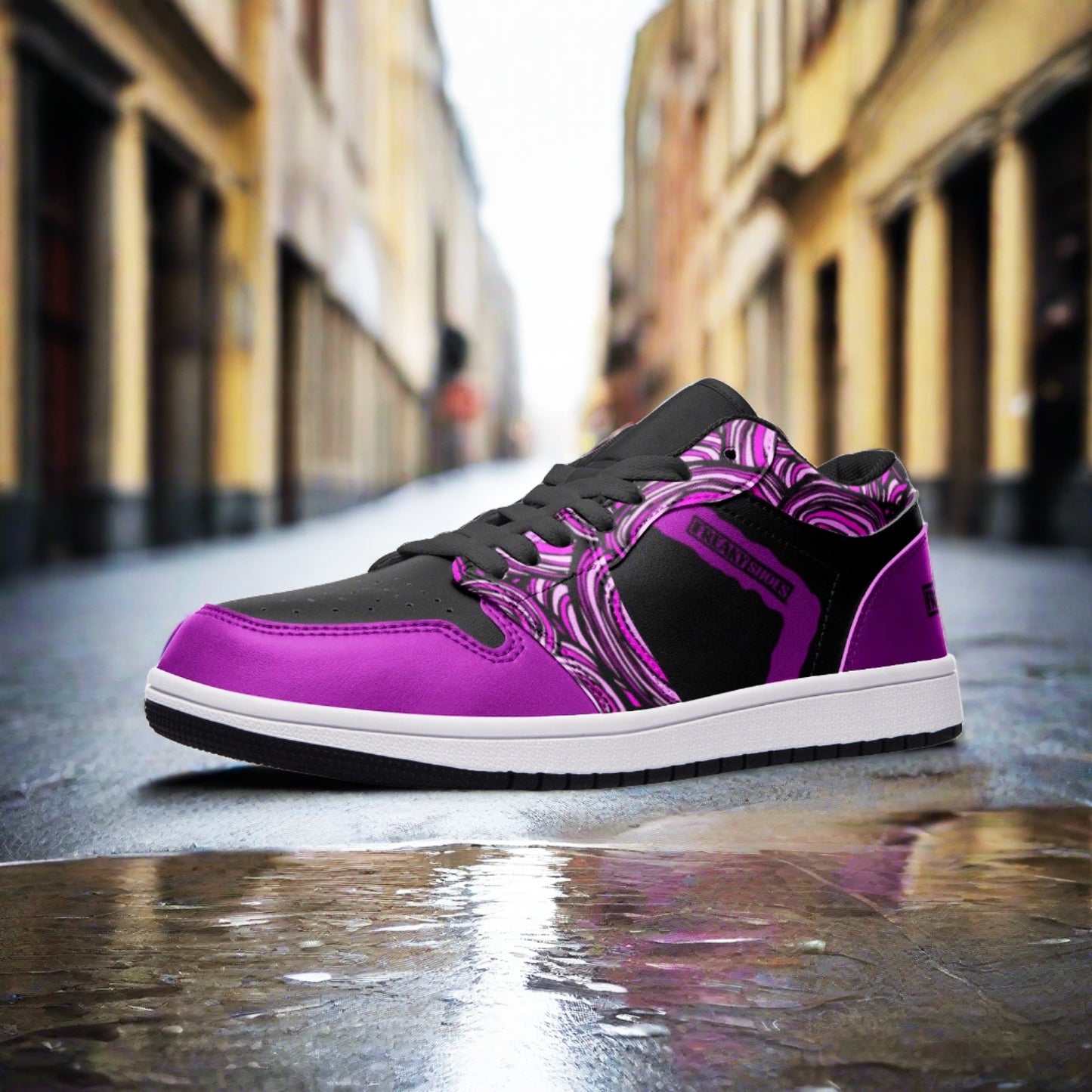
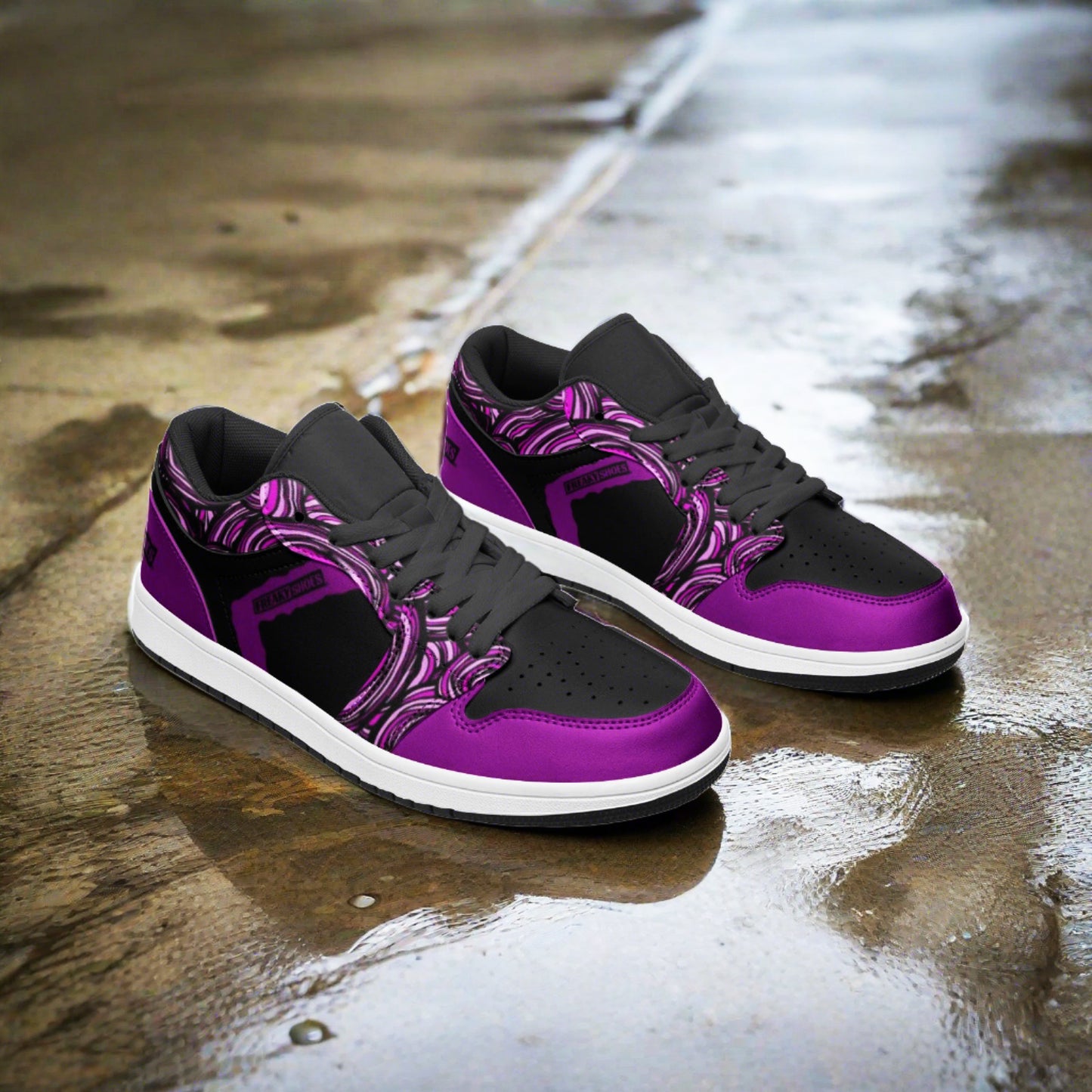
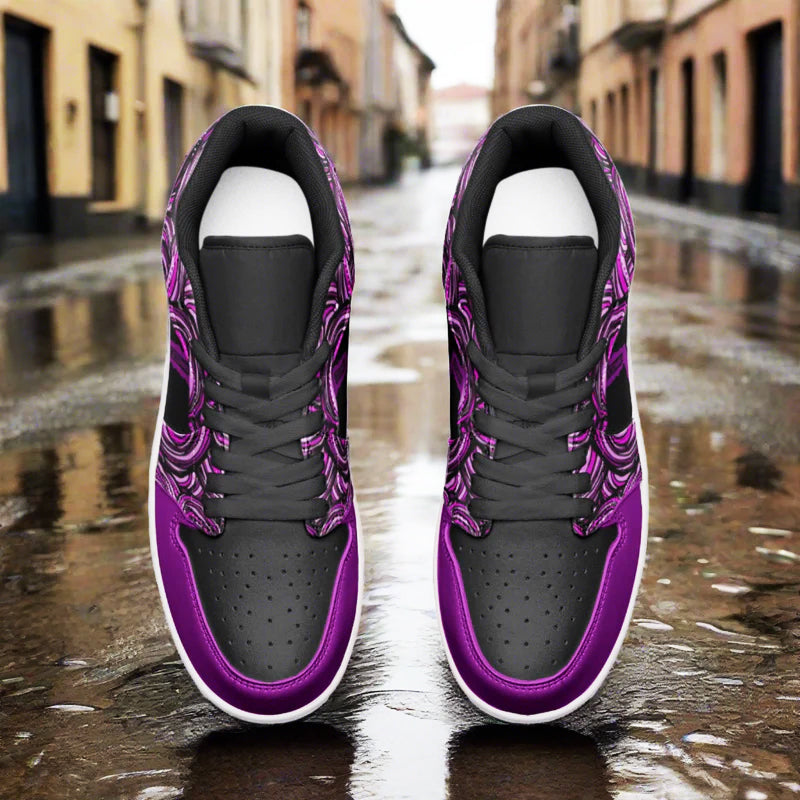

Freaky Shoes® Freestyle Art Unisex Mesh Tech Eco-Flex Sneakers
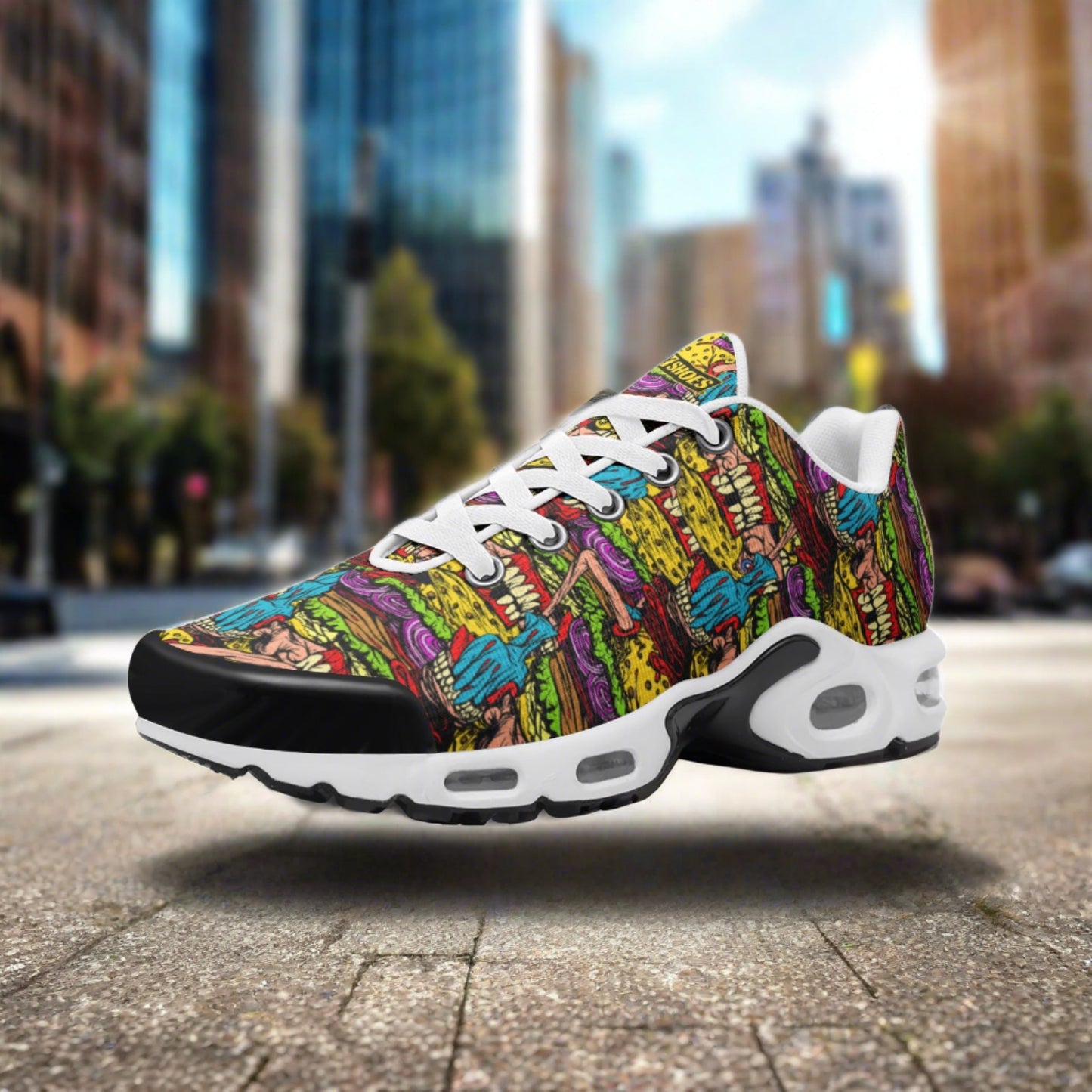
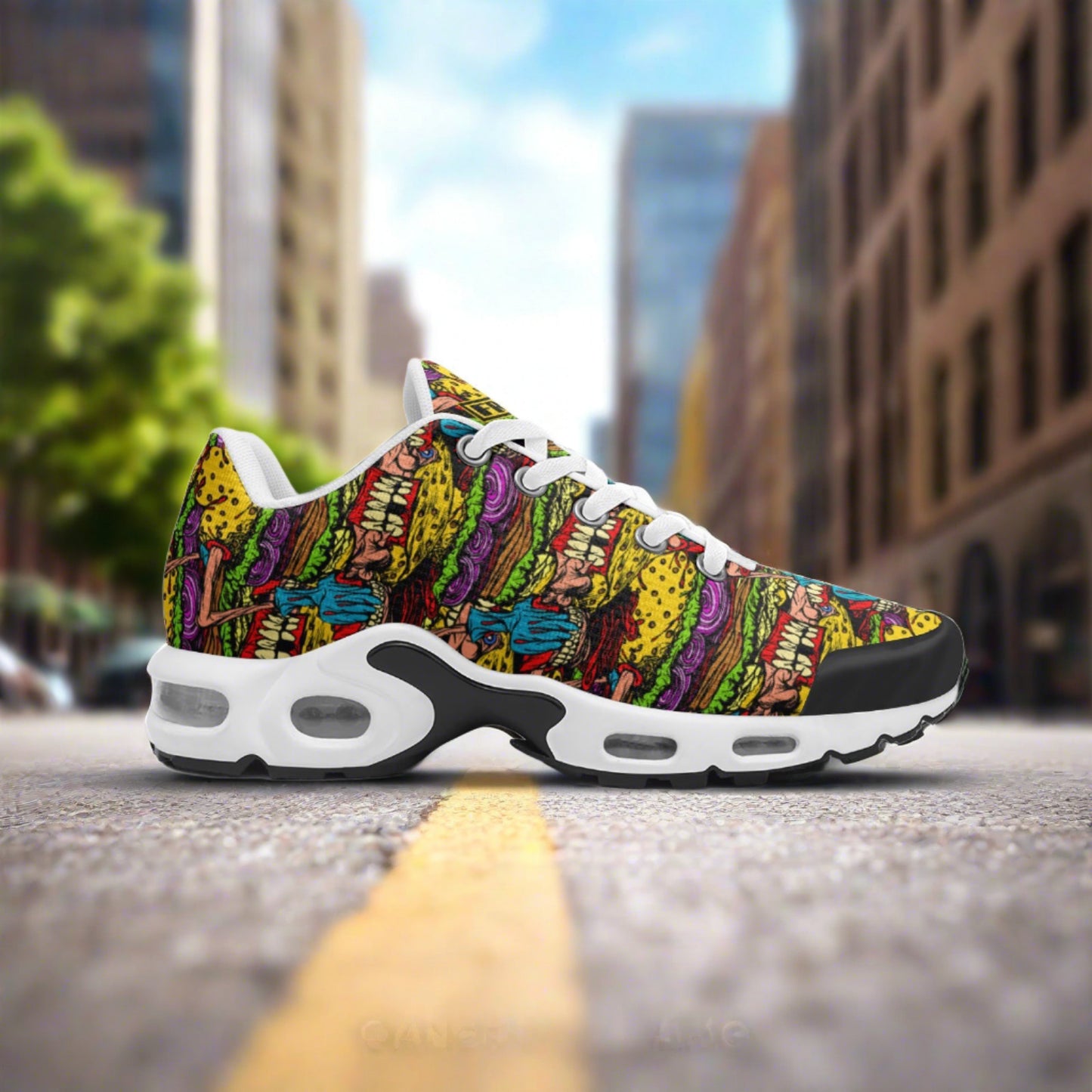
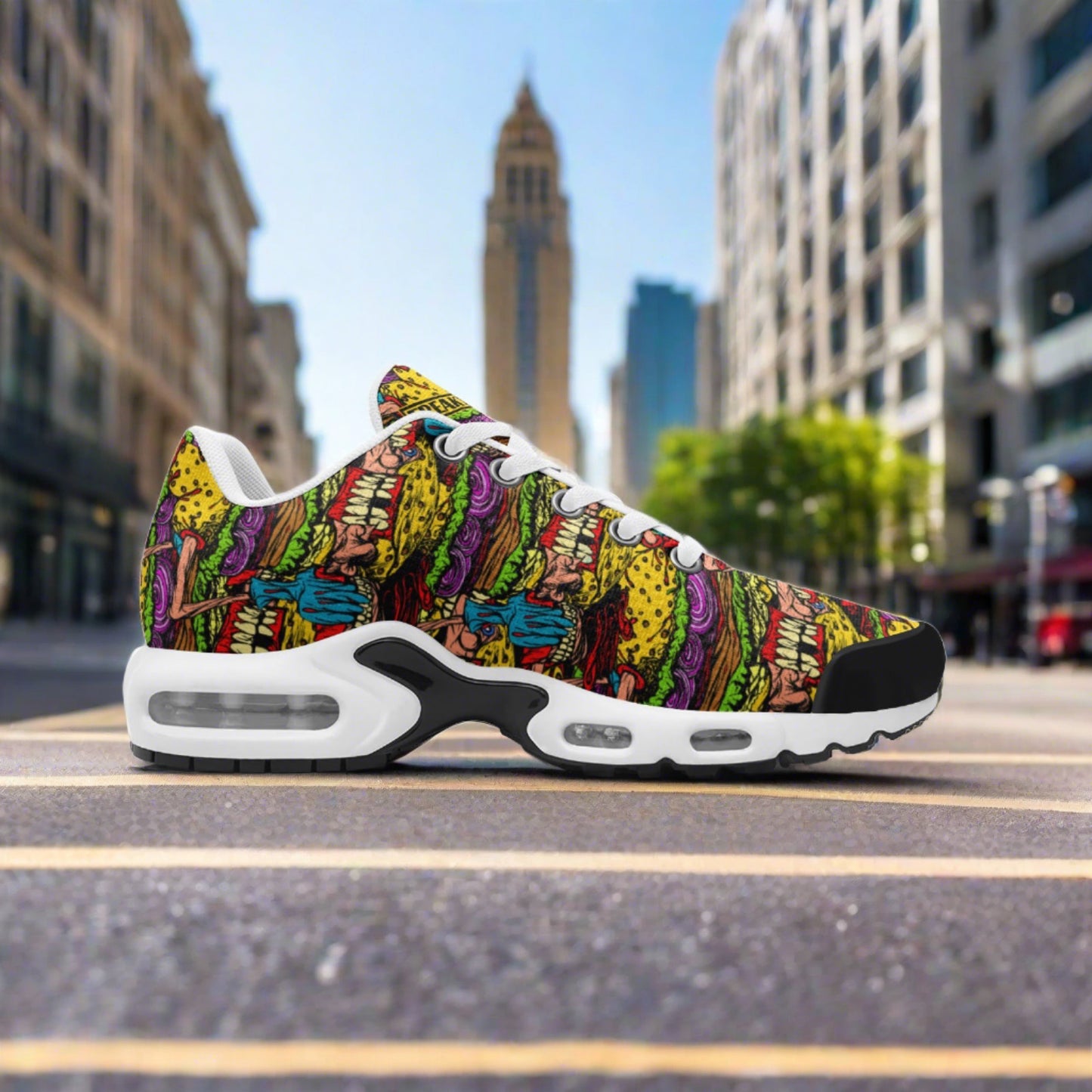

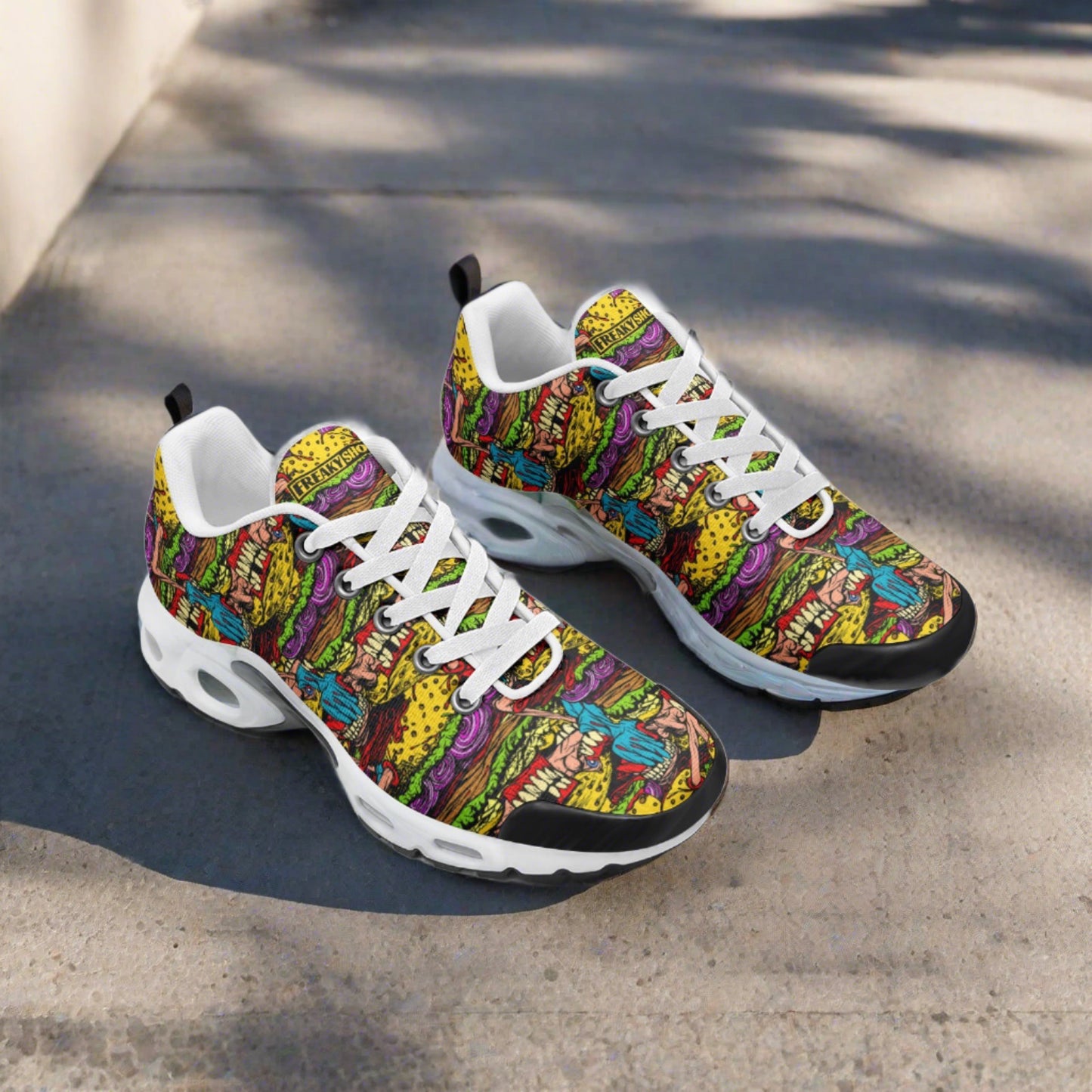
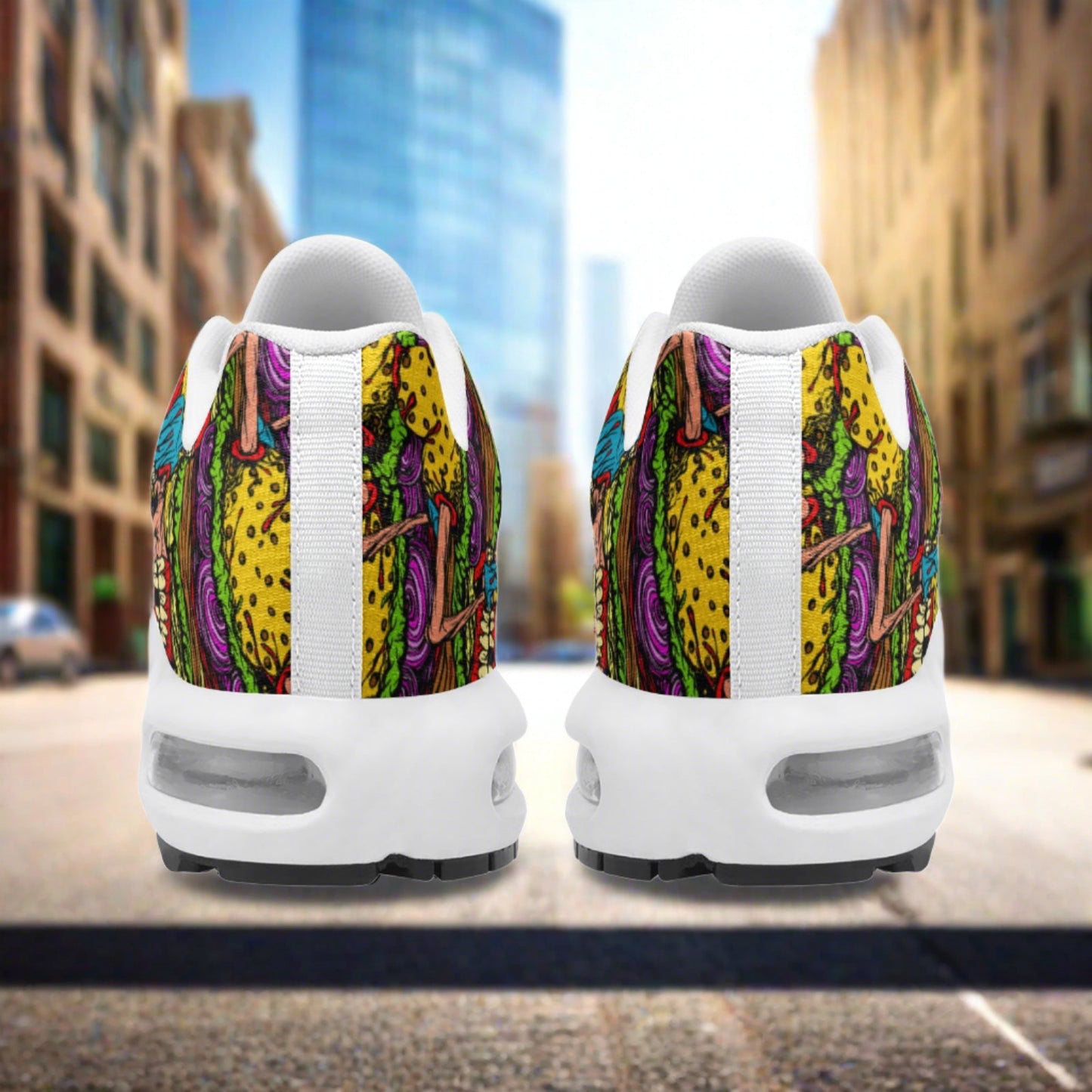
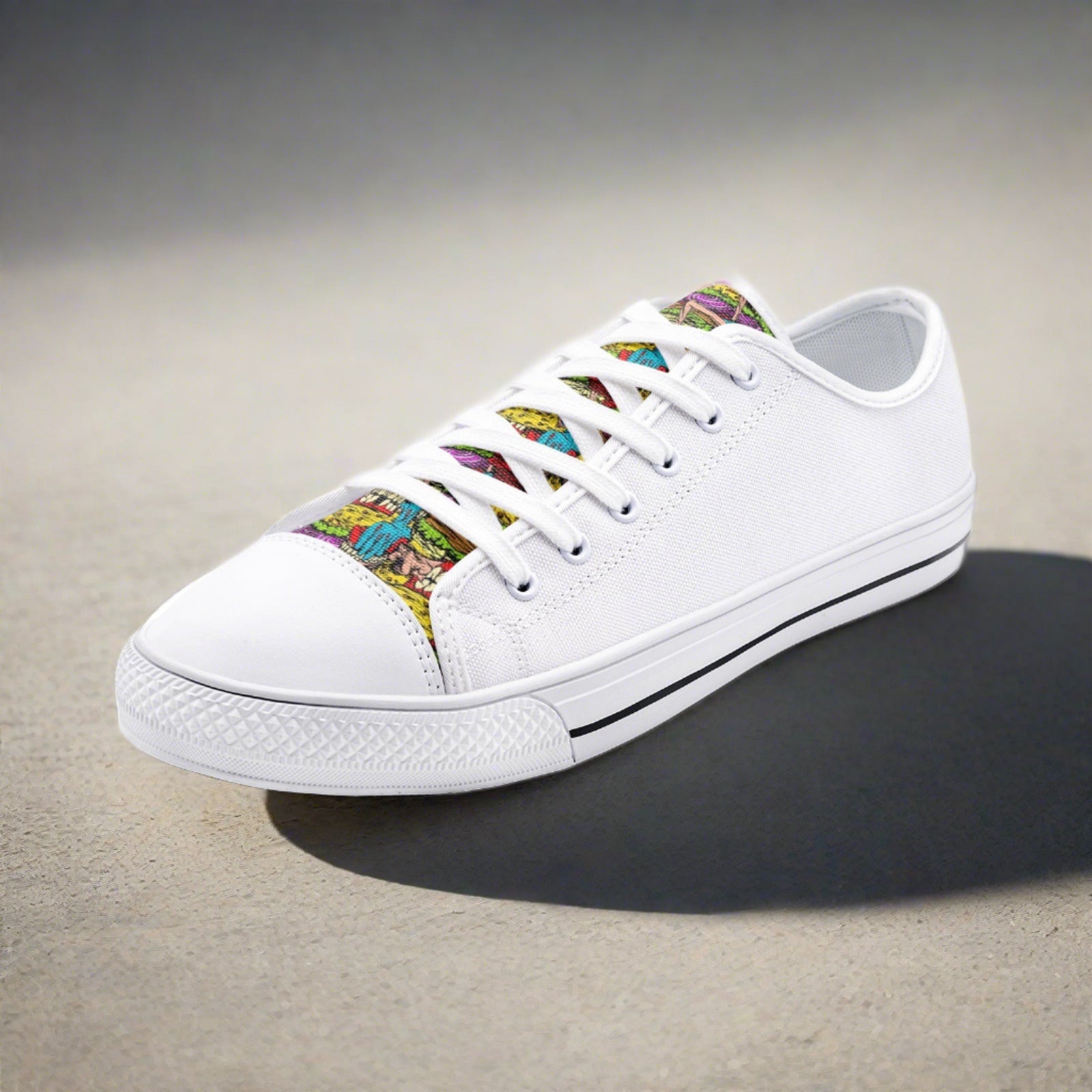
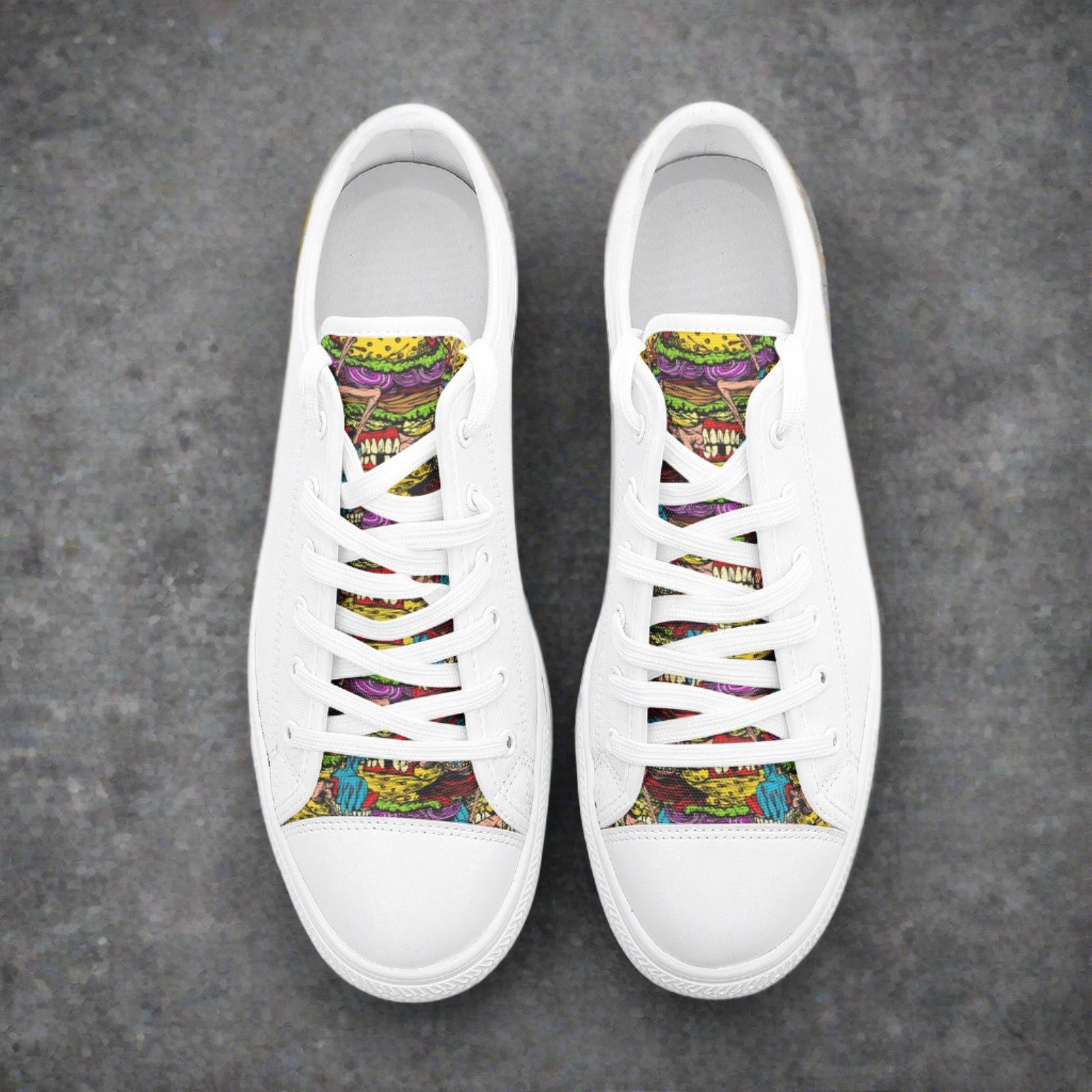
Freaky Shoes® Freestyle Art Printed Tongue Unisex Low Top Canvas Shoes
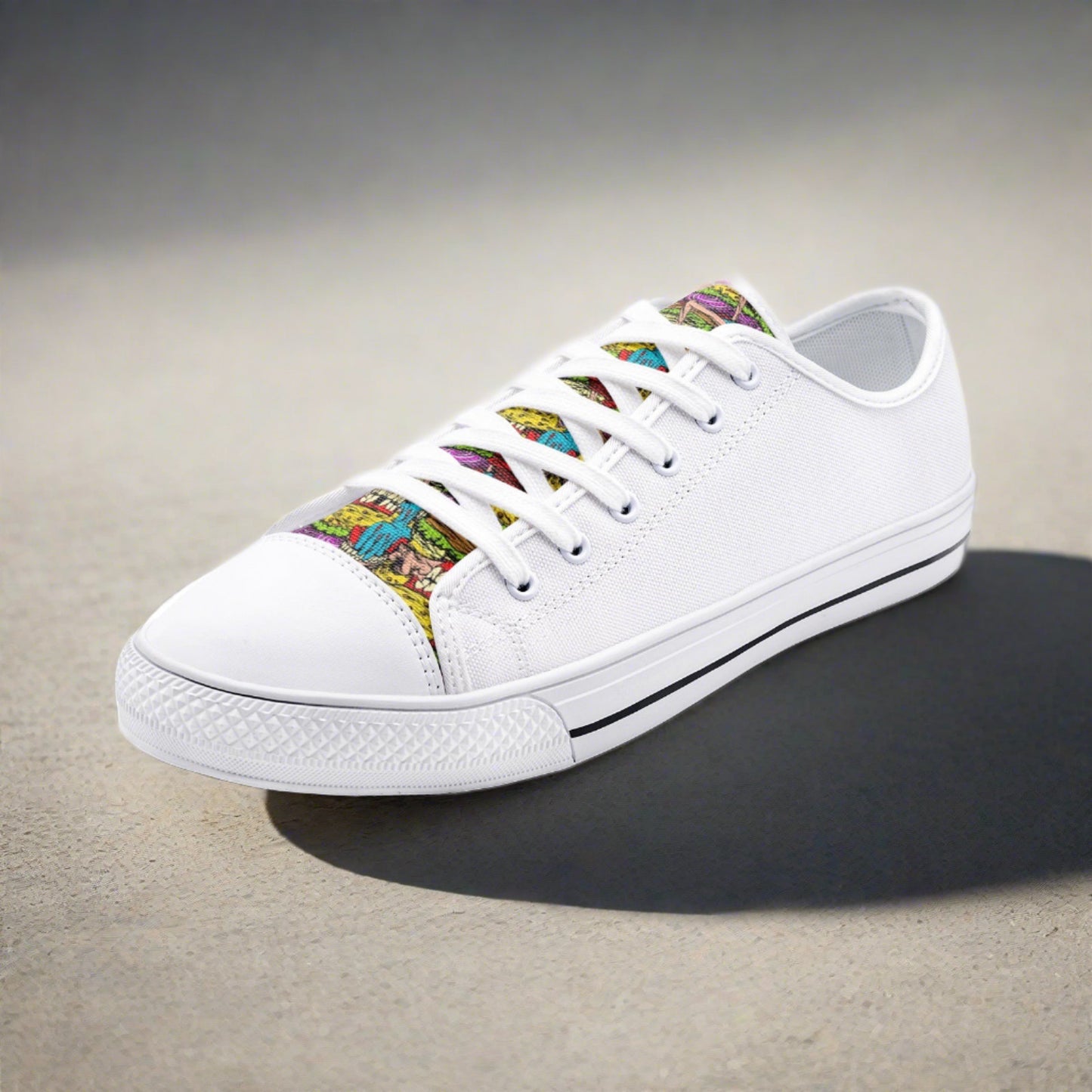
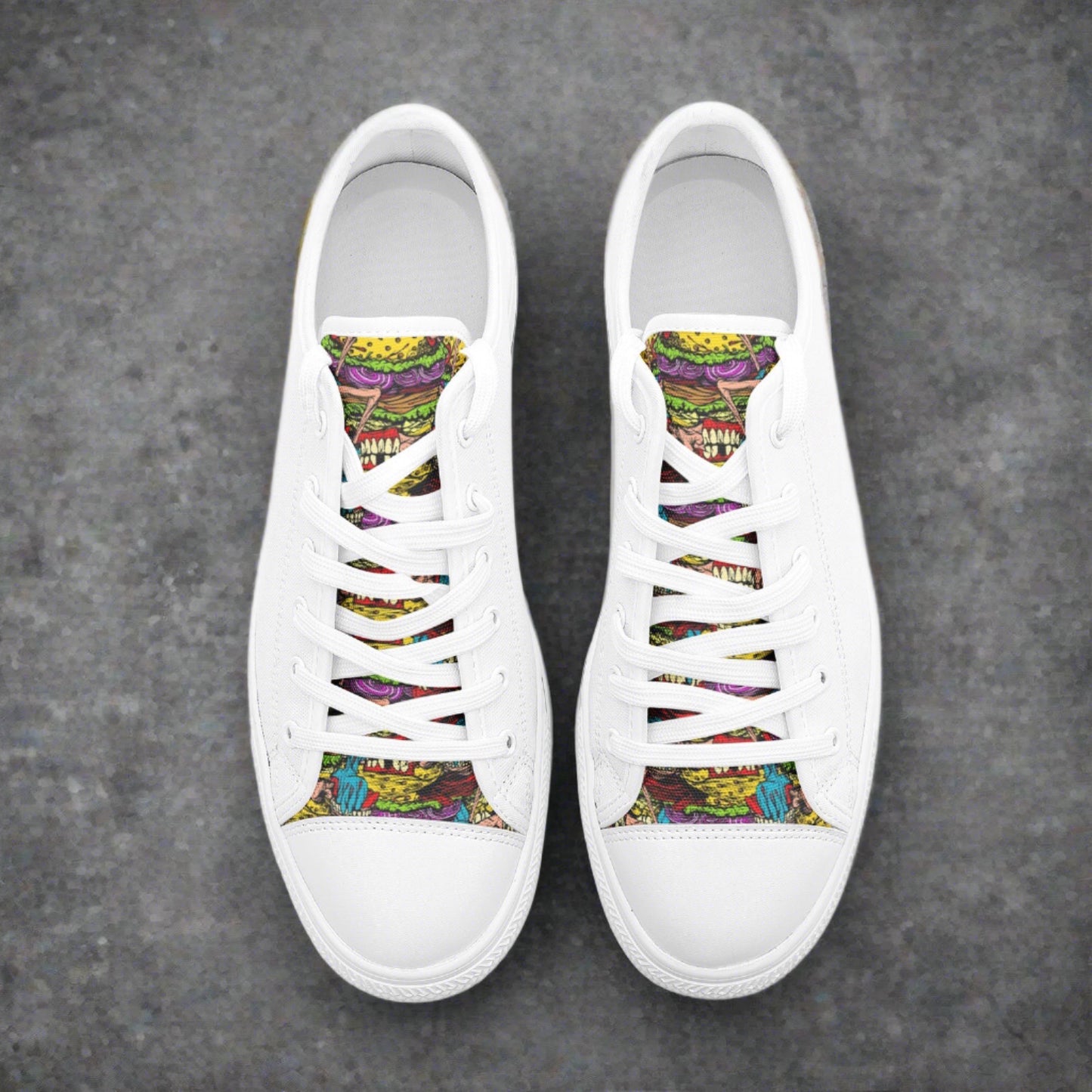
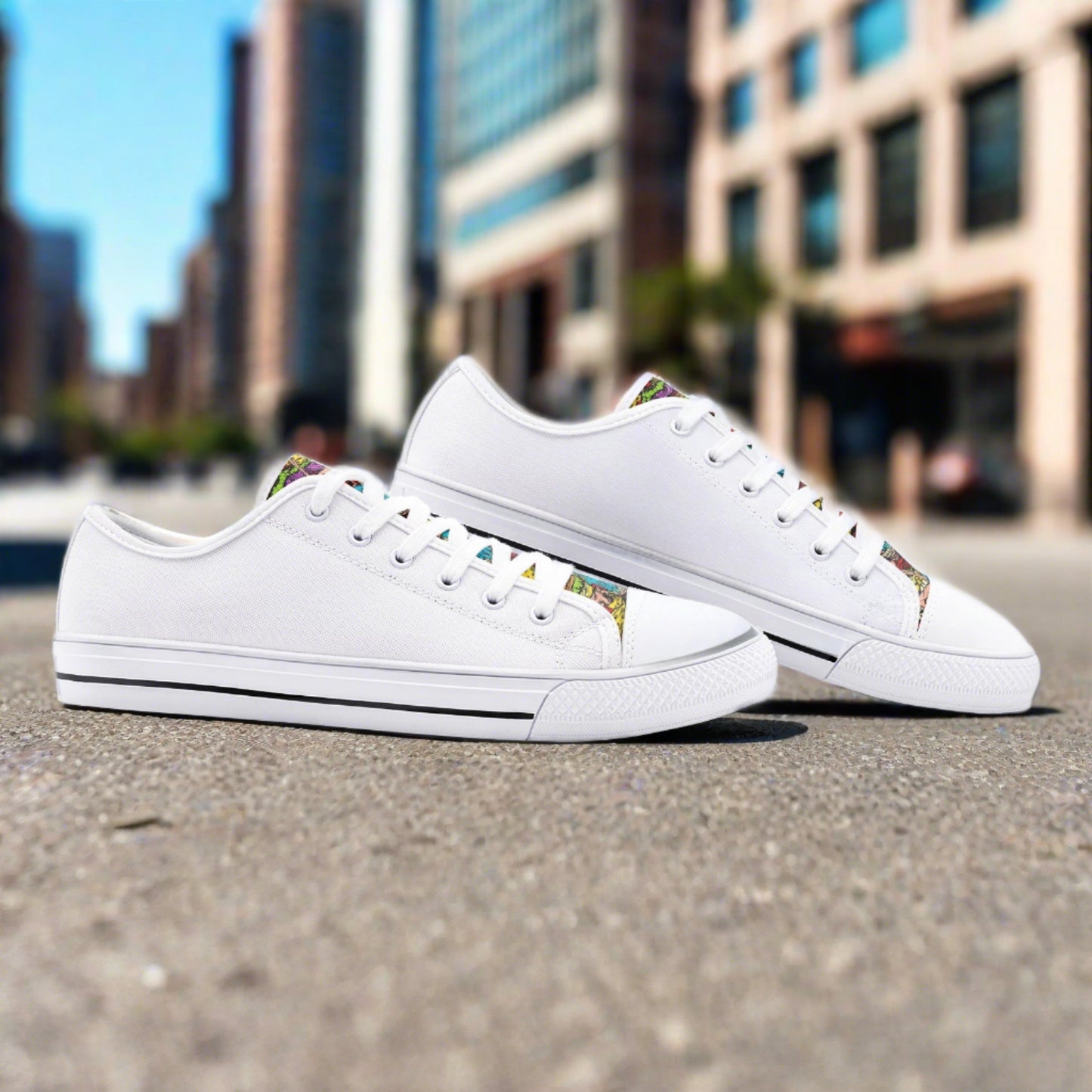

Freaky Shoes® Freestyle Art Printed Tongue Unisex High Top Canvas Shoes
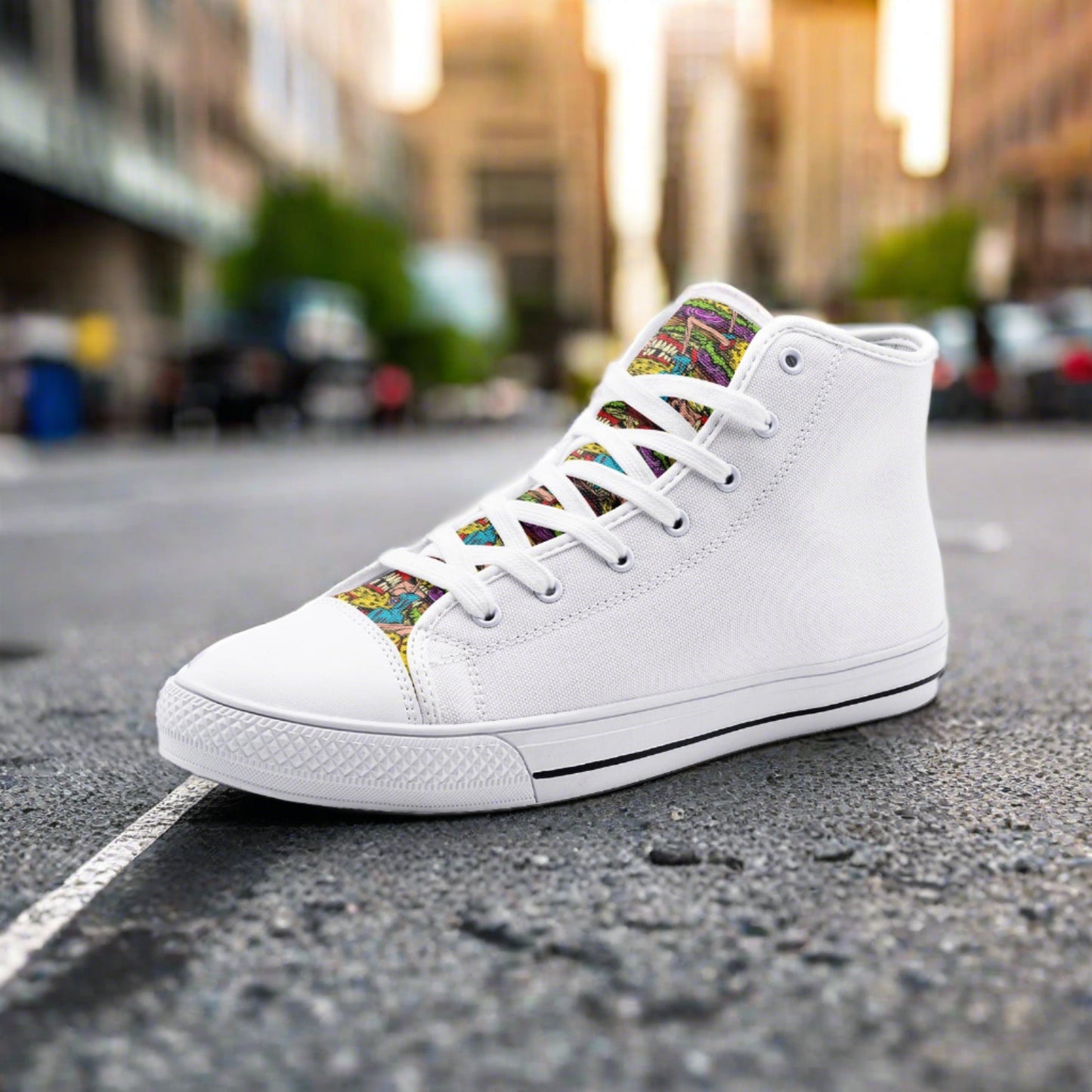
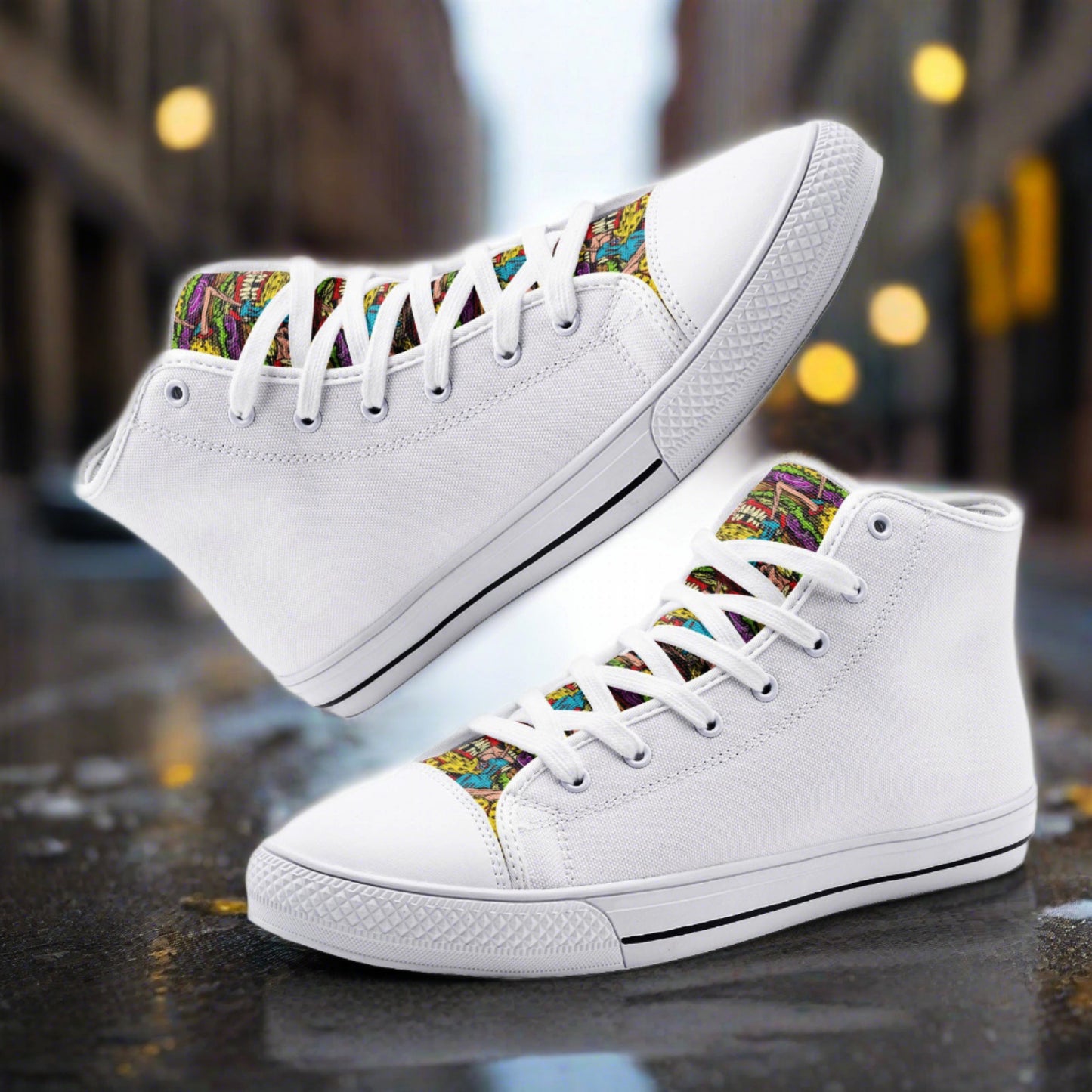
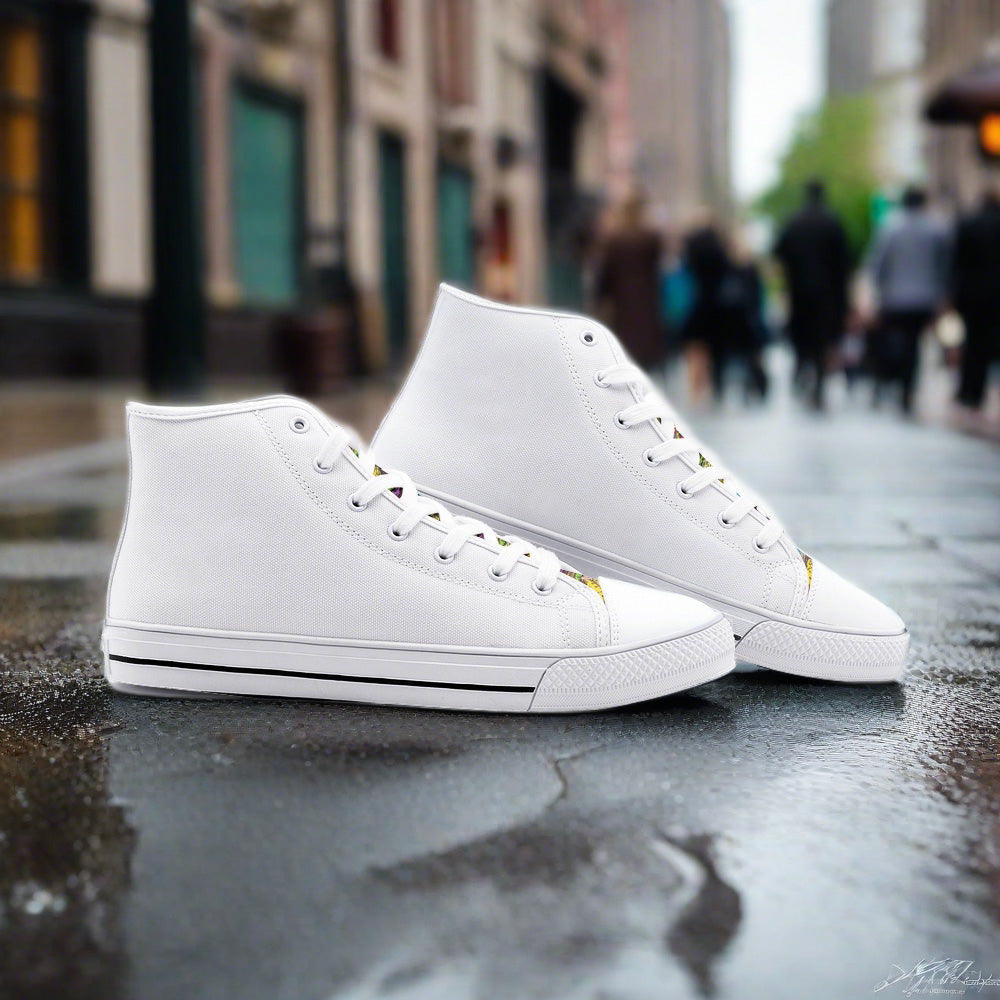
Skulls Collection
-
Grey Skulls & Roses Men
Regular price $89.95Regular priceUnit price per$149.95Sale price $89.95Sale -
 Sale
SaleSkulls & Roses Men
Regular price $89.95Regular priceUnit price per$149.95Sale price $89.95Sale -
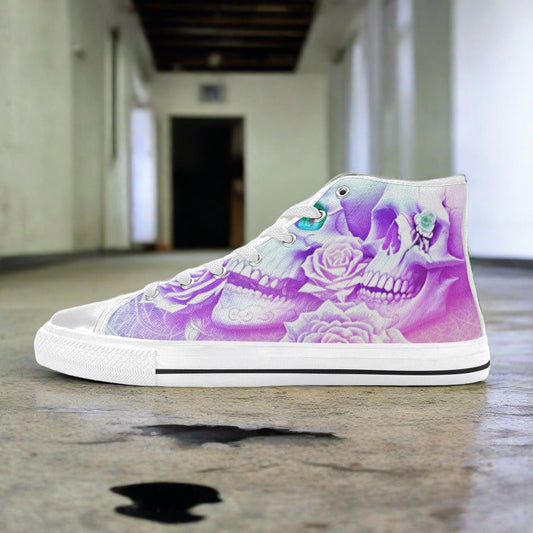 Sale
SaleSkull Art Men
Regular price $89.95Regular priceUnit price per$149.95Sale price $89.95Sale -
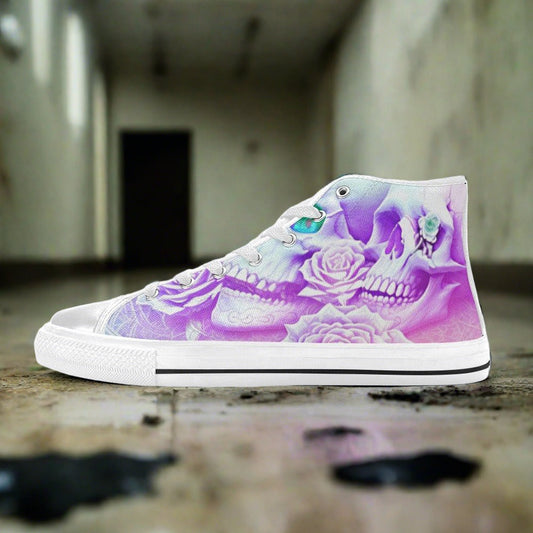 Sale
SaleSkull Art Women
Regular price $89.95Regular priceUnit price per$149.95Sale price $89.95Sale -
Sugar Skull Woman Men
Regular price $89.95Regular priceUnit price per$149.95Sale price $89.95Sale -
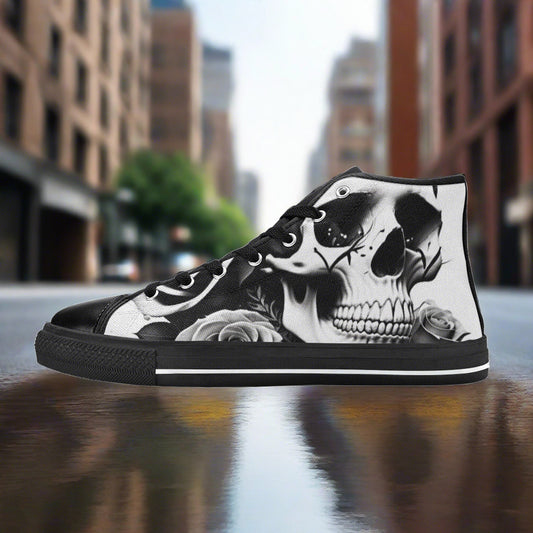 Sale
SaleSkull & Roses Women
Regular price $89.95Regular priceUnit price per$149.95Sale price $89.95Sale -
 Sale
SaleSkull & Roses Women
Regular price $89.95Regular priceUnit price per$149.95Sale price $89.95Sale -
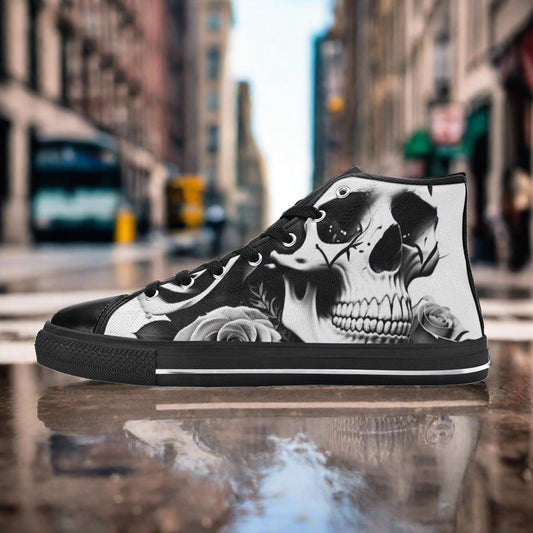 Sale
SaleSkull & Roses Men
Regular price $89.95Regular priceUnit price per$149.95Sale price $89.95Sale -
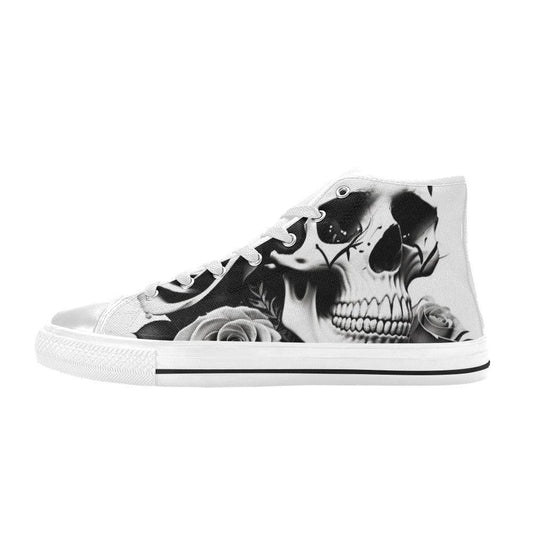 Sale
SaleSkull & Roses Men
Regular price $89.95Regular priceUnit price per$149.95Sale price $89.95Sale -
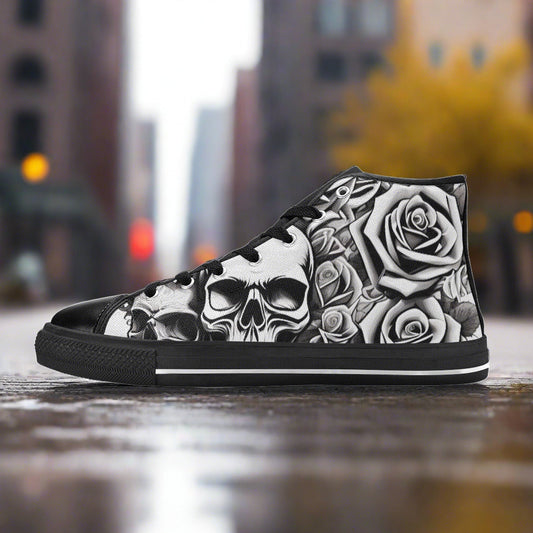 Sale
SaleSkulls & Roses Women
Regular price $89.95Regular priceUnit price per$149.95Sale price $89.95Sale -
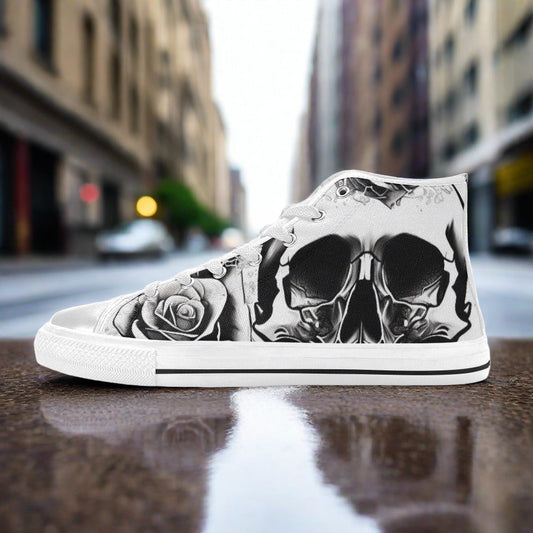 Sale
SaleSkull & Roses Men
Regular price $89.95Regular priceUnit price per$149.95Sale price $89.95Sale -
Sugar Skull Woman Women
Regular price $89.95Regular priceUnit price per$149.95Sale price $89.95Sale -
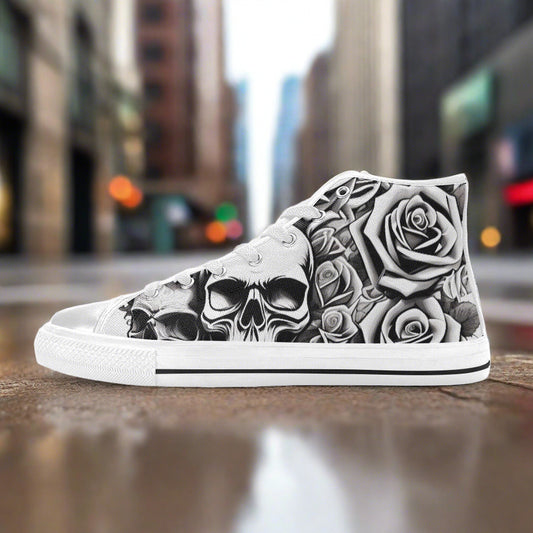 Sale
SaleSkulls & Roses Women
Regular price $89.95Regular priceUnit price per$149.95Sale price $89.95Sale -
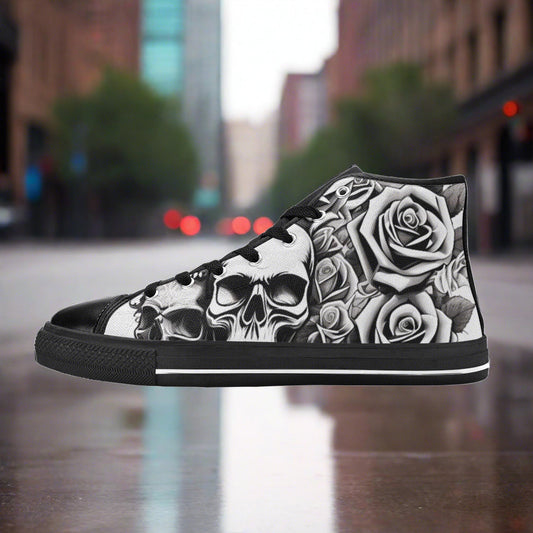 Sale
SaleSkulls & Roses Men
Regular price $89.95Regular priceUnit price per$149.95Sale price $89.95Sale -
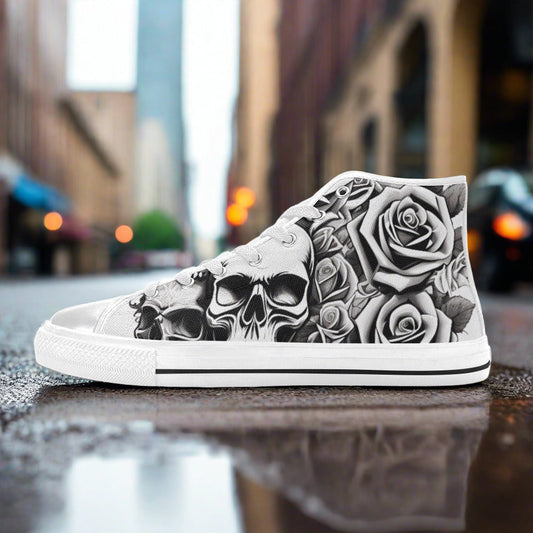 Sale
SaleSkulls & Roses Men
Regular price $89.95Regular priceUnit price per$149.95Sale price $89.95Sale -
Grey Skulls & Roses Women
Regular price $89.95Regular priceUnit price per$149.95Sale price $89.95Sale -
Grey Skull & Roses Men
Regular price $89.95Regular priceUnit price per$149.95Sale price $89.95Sale -
Grey Skull & Roses Men
Regular price $89.95Regular priceUnit price per$149.95Sale price $89.95Sale -
Grey Skull & Rose Women
Regular price $89.95Regular priceUnit price per$149.95Sale price $89.95Sale -
Grey Skull & Rose Men
Regular price $89.95Regular priceUnit price per$149.95Sale price $89.95Sale -
Grey Skull & Rose Women
Regular price $89.95Regular priceUnit price per$149.95Sale price $89.95Sale -
Grey Skull & Roses Women
Regular price $89.95Regular priceUnit price per$149.95Sale price $89.95Sale -
Grey Skull & Roses Men
Regular price $89.95Regular priceUnit price per$149.95Sale price $89.95Sale -
Grey Skull & Roses Women
Regular price $89.95Regular priceUnit price per$149.95Sale price $89.95Sale -
Grey Skull & Roses Women
Regular price $89.95Regular priceUnit price per$149.95Sale price $89.95Sale
Tie Dye Collection
-
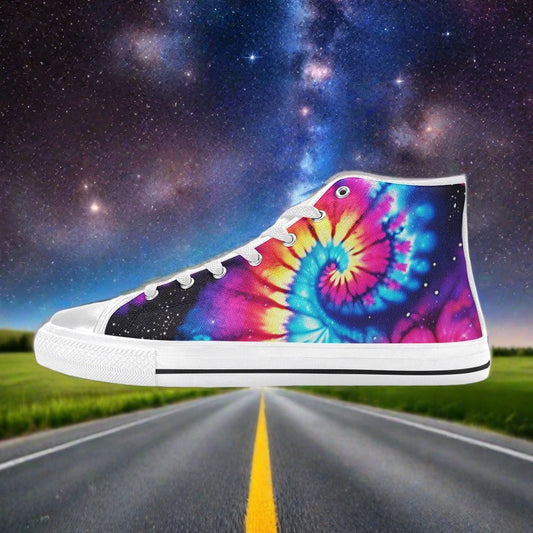 Sale
SaleGalaxy Tie Dye Men
Regular price $89.95Regular priceUnit price per$149.95Sale price $89.95Sale -
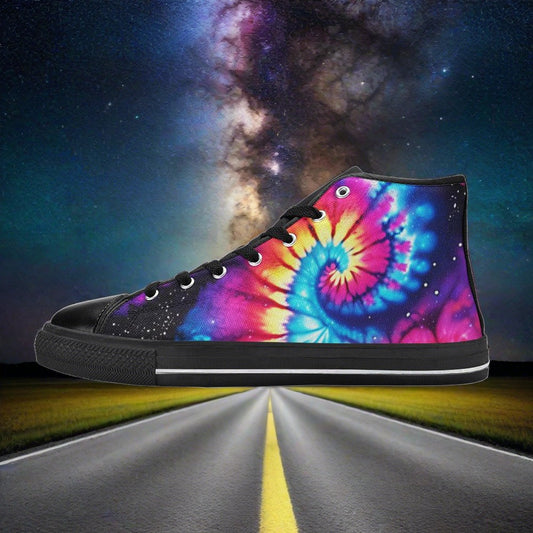 Sale
SaleGalaxy Tie Dye Men
Regular price $89.95Regular priceUnit price per$149.95Sale price $89.95Sale -
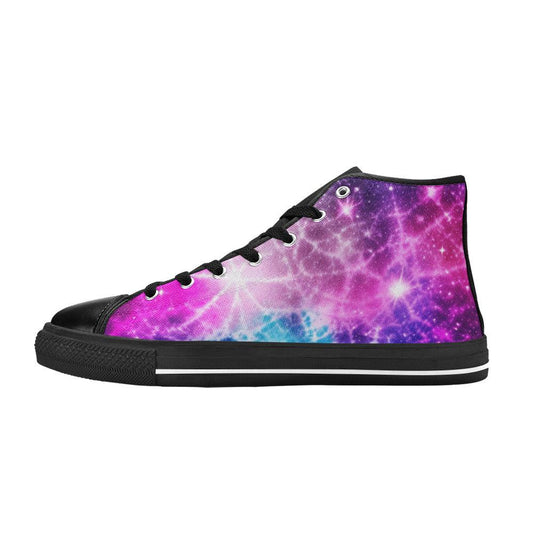 Sale
SaleGalaxy Tie Dye Women
Regular price $89.95Regular priceUnit price per$149.95Sale price $89.95Sale -
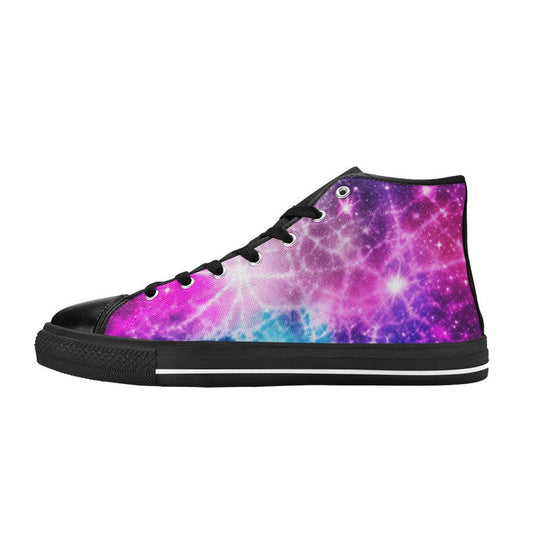 Sale
SaleGalaxy Tie Dye Men
Regular price $89.95Regular priceUnit price per$149.95Sale price $89.95Sale -
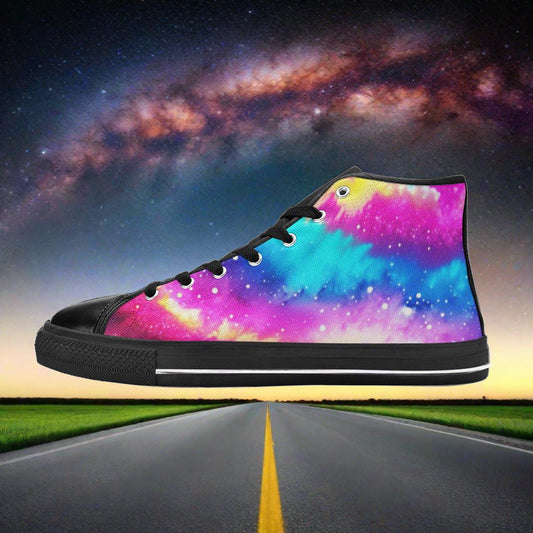 Sale
SaleGalaxy Tie Dye Women
Regular price $89.95Regular priceUnit price per$149.95Sale price $89.95Sale -
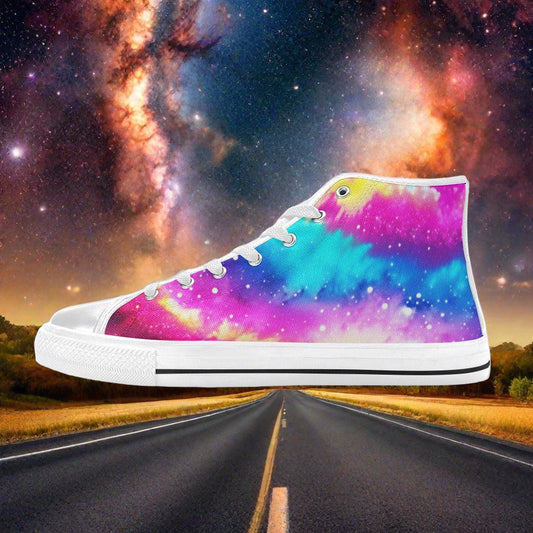 Sale
SaleGalaxy Tie Dye Women
Regular price $89.95Regular priceUnit price per$149.95Sale price $89.95Sale -
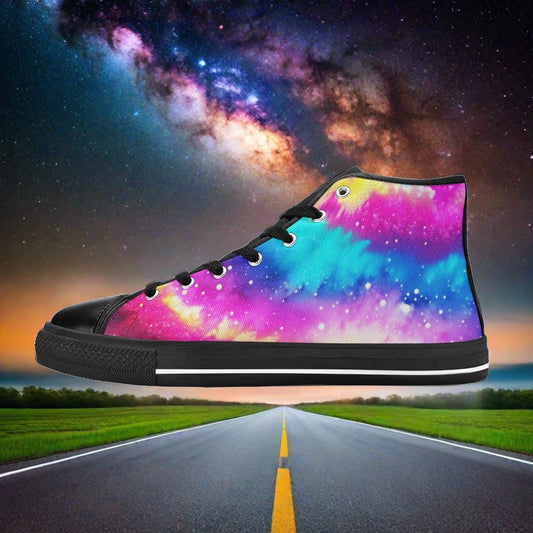 Sale
SaleGalaxy Tie Dye Men
Regular price $89.95Regular priceUnit price per$149.95Sale price $89.95Sale -
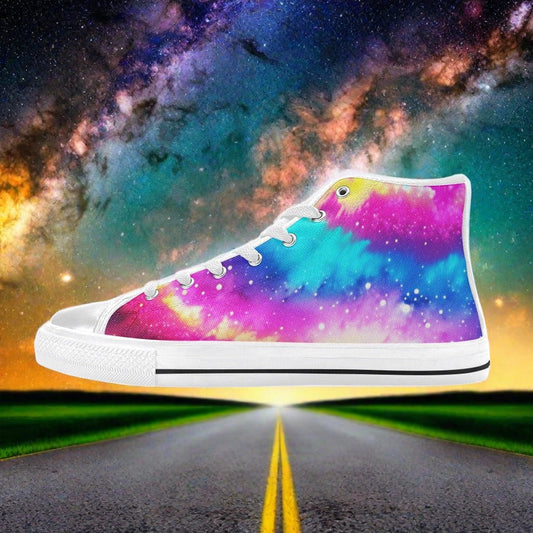 Sale
SaleGalaxy Tie Dye Men
Regular price $89.95Regular priceUnit price per$149.95Sale price $89.95Sale -
 Sale
SaleGalaxy Tie Dye Women
Regular price $89.95Regular priceUnit price per$149.95Sale price $89.95Sale -
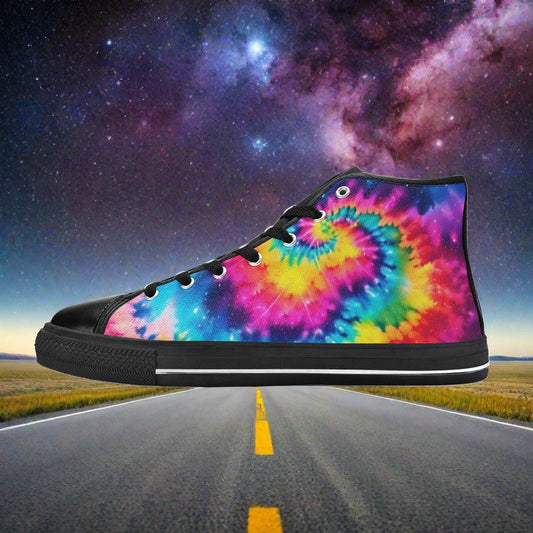 Sale
SaleGalaxy Tie Dye Women
Regular price $89.95Regular priceUnit price per$149.95Sale price $89.95Sale -
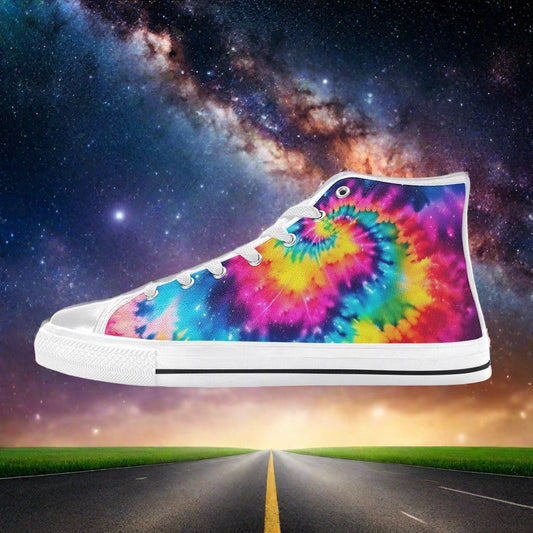 Sale
SaleGalaxy Tie Dye Men
Regular price $89.95Regular priceUnit price per$149.95Sale price $89.95Sale -
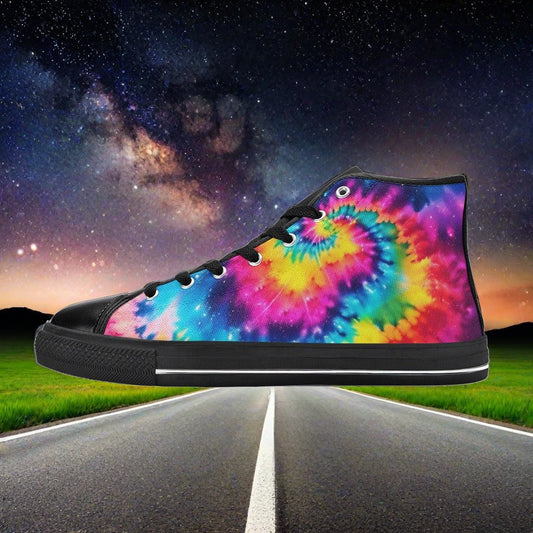 Sale
SaleGalaxy Tie Dye Men
Regular price $89.95Regular priceUnit price per$149.95Sale price $89.95Sale -
Vibrant Galaxy Tie Dye Women
Regular price $89.95Regular priceUnit price per$149.95Sale price $89.95Sale -
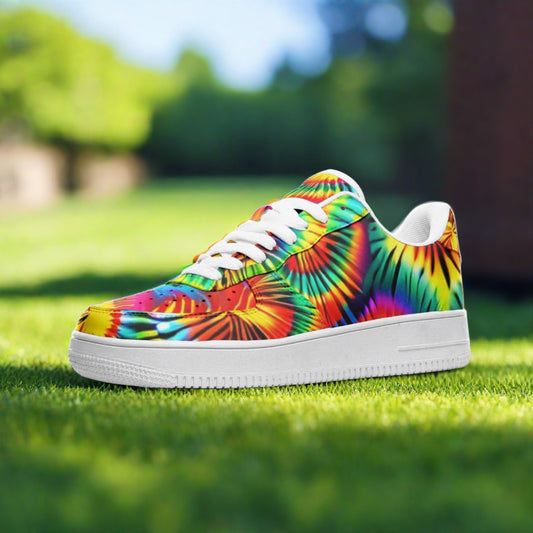 Sale
SaleRainbow Tie Dye
Regular price $89.95Regular priceUnit price per$149.95Sale price $89.95Sale -
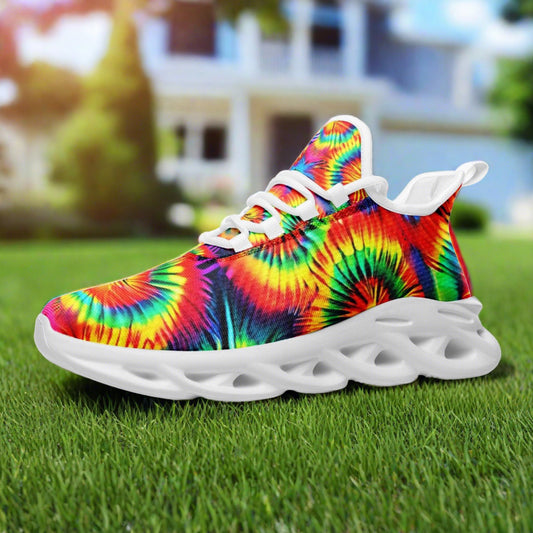 Sale
SaleRainbow Tie Dye
Regular price $89.95Regular priceUnit price per$149.95Sale price $89.95Sale -
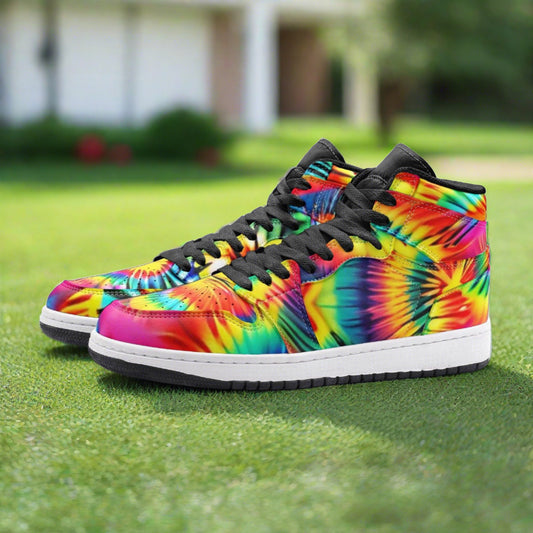 Sale
SaleRainbow Tie Dye
Regular price $99.95Regular priceUnit price per$159.95Sale price $99.95Sale -
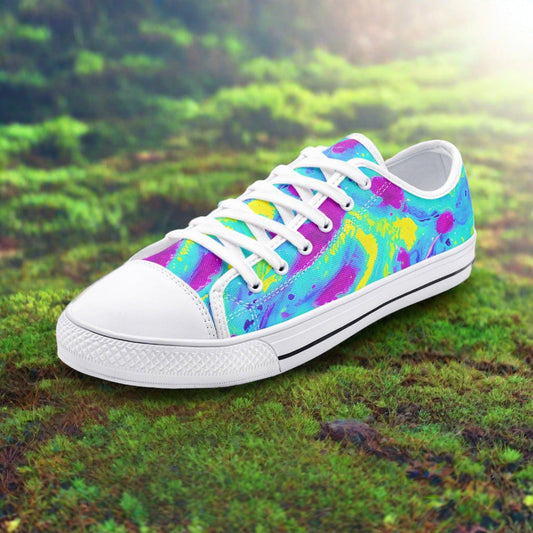 Sale
SaleTie Dye Art
Regular price $89.95Regular priceUnit price per$149.95Sale price $89.95Sale -
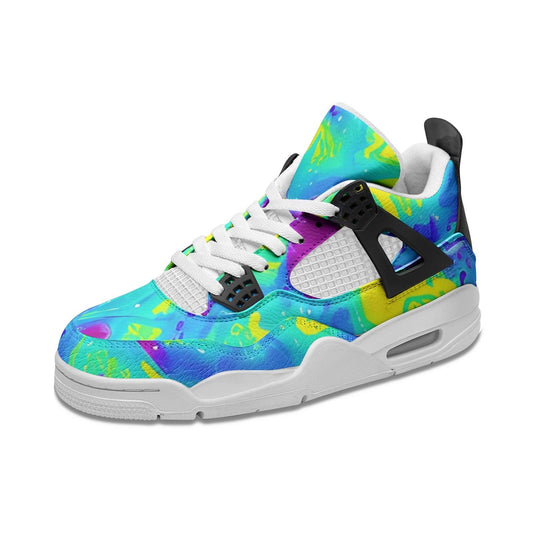 Sale
SaleTie Dye Art
Regular price $99.95Regular priceUnit price per$159.95Sale price $99.95Sale -
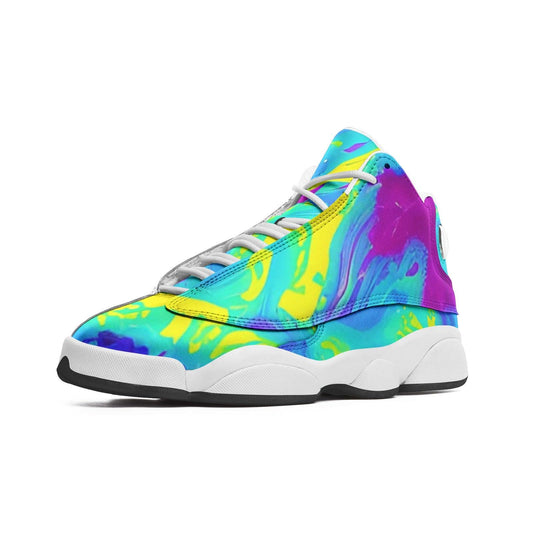 Sale
SaleTie Dye Art
Regular price $99.95Regular priceUnit price per$159.95Sale price $99.95Sale -
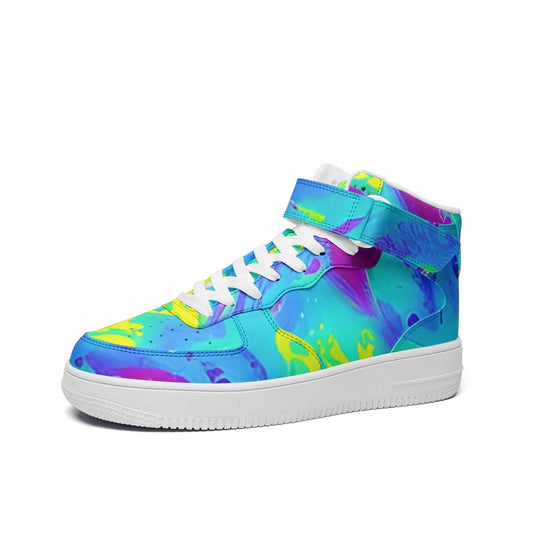 Sale
SaleTie Dye Art
Regular price $99.95Regular priceUnit price per$159.95Sale price $99.95Sale -
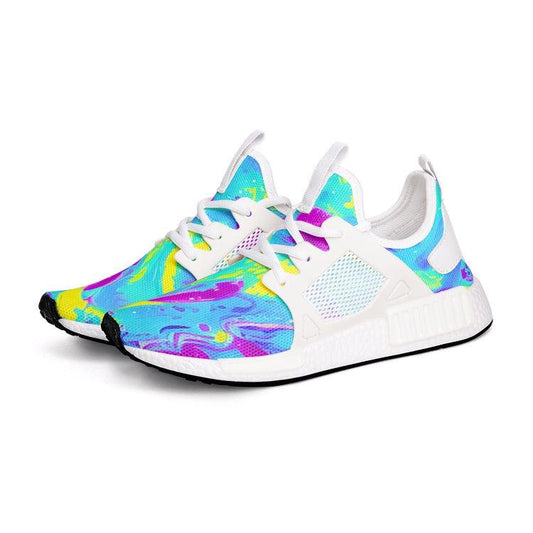 Sale
SaleTie Dye Art
Regular price $89.95Regular priceUnit price per$149.95Sale price $89.95Sale -
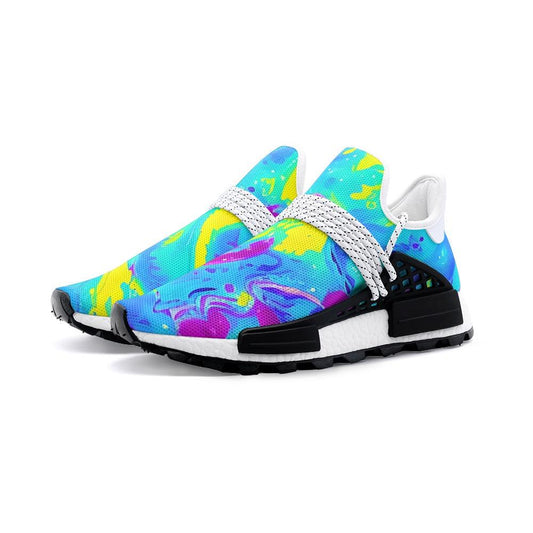 Sale
SaleTie Dye Art
Regular price $89.95Regular priceUnit price per$149.95Sale price $89.95Sale -
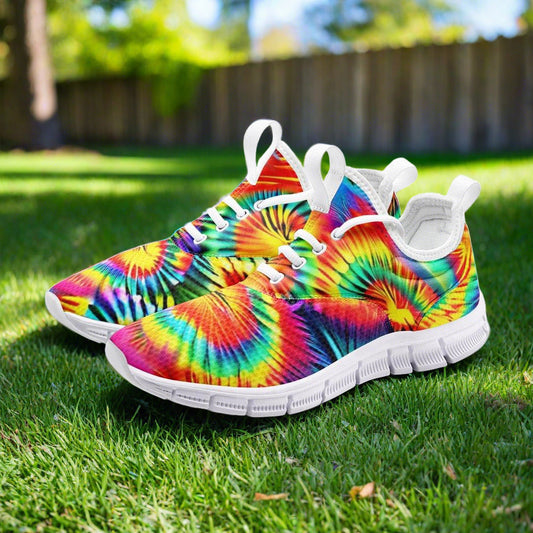 Sale
SaleRainbow Tie Dye
Regular price $89.95Regular priceUnit price per$149.95Sale price $89.95Sale -
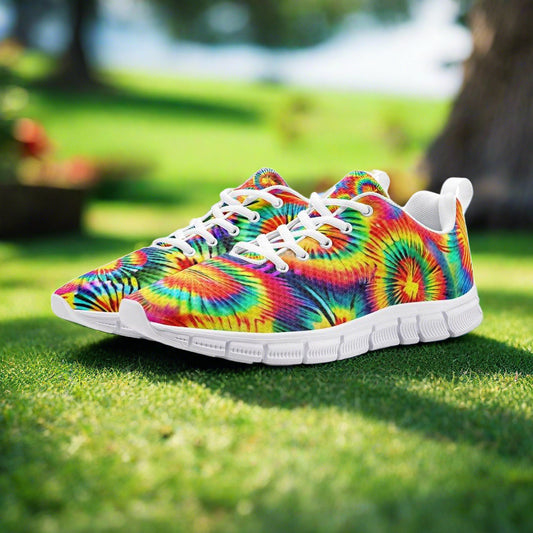 Sale
SaleRainbow Tie Dye
Regular price $89.95Regular priceUnit price per$149.95Sale price $89.95Sale
Pride Collection
-
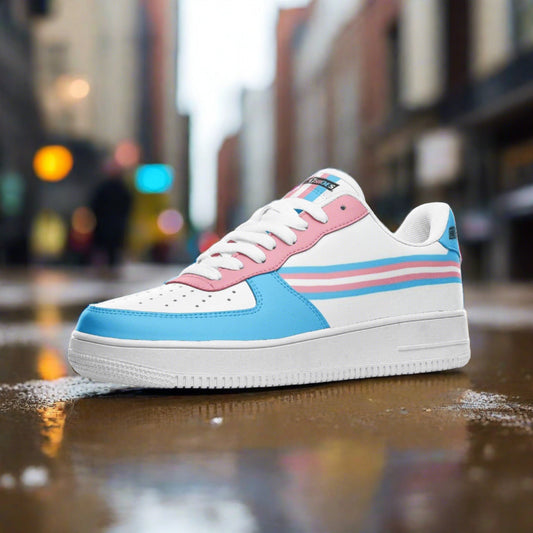 Sale
SalePride Trans
Regular price $89.95Regular priceUnit price per$149.95Sale price $89.95Sale -
Pride LGBT Transgender Flag Women
Regular price $89.95Regular priceUnit price per$149.95Sale price $89.95Sale -
Pride LGBT Transgender Flag Women
Regular price $89.95Regular priceUnit price per$149.95Sale price $89.95Sale -
Pride LGBT Transgender Flag Women
Regular price $89.95Regular priceUnit price per$149.95Sale price $89.95Sale -
Pride LGBT Transgender Flag Women
Regular price $89.95Regular priceUnit price per$149.95Sale price $89.95Sale -
Pride LGBT Transgender Flag Women
Regular price $89.95Regular priceUnit price per$149.95Sale price $89.95Sale -
Pride LGBT Transgender Flag Men
Regular price $89.95Regular priceUnit price per$149.95Sale price $89.95Sale -
Pride LGBT Transgender Flag Men
Regular price $89.95Regular priceUnit price per$149.95Sale price $89.95Sale -
Pride LGBT Transgender Flag Men
Regular price $89.95Regular priceUnit price per$149.95Sale price $89.95Sale -
Pride LGBT Transgender Flag Men
Regular price $89.95Regular priceUnit price per$149.95Sale price $89.95Sale -
Pride LGBT Transgender Flag Men
Regular price $89.95Regular priceUnit price per$149.95Sale price $89.95Sale -
Pride LGBT Pansexual Flag Women
Regular price $89.95Regular priceUnit price per$149.95Sale price $89.95Sale -
Pride LGBT Pansexual Flag Women
Regular price $89.95Regular priceUnit price per$149.95Sale price $89.95Sale -
Pride LGBT Pansexual Flag Women
Regular price $89.95Regular priceUnit price per$149.95Sale price $89.95Sale -
Pride LGBT Pansexual Flag Women
Regular price $89.95Regular priceUnit price per$149.95Sale price $89.95Sale -
Pride LGBT Pansexual Flag Women
Regular price $89.95Regular priceUnit price per$149.95Sale price $89.95Sale -
Pride LGBT Pansexual Flag Men
Regular price $89.95Regular priceUnit price per$149.95Sale price $89.95Sale -
Pride LGBT Pansexual Flag Men
Regular price $89.95Regular priceUnit price per$149.95Sale price $89.95Sale -
Pride LGBT Pansexual Flag Men
Regular price $89.95Regular priceUnit price per$149.95Sale price $89.95Sale -
Pride LGBT Pansexual Flag Men
Regular price $89.95Regular priceUnit price per$149.95Sale price $89.95Sale -
Pride LGBT Pansexual Flag Men
Regular price $89.95Regular priceUnit price per$149.95Sale price $89.95Sale -
Pride LGBT Flag Women
Regular price $89.95Regular priceUnit price per$149.95Sale price $89.95Sale -
Pride LGBT Flag Women
Regular price $89.95Regular priceUnit price per$149.95Sale price $89.95Sale -
Pride LGBT Flag Women
Regular price $89.95Regular priceUnit price per$149.95Sale price $89.95Sale -
Pride LGBT Flag Women
Regular price $89.95Regular priceUnit price per$149.95Sale price $89.95Sale
Galaxy Collection
-
 Sale
SaleGalaxy Tie Dye Men
Regular price $89.95Regular priceUnit price per$149.95Sale price $89.95Sale -
 Sale
SaleGalaxy Tie Dye Men
Regular price $89.95Regular priceUnit price per$149.95Sale price $89.95Sale -
 Sale
SaleGalaxy Tie Dye Women
Regular price $89.95Regular priceUnit price per$149.95Sale price $89.95Sale -
 Sale
SaleGalaxy Tie Dye Men
Regular price $89.95Regular priceUnit price per$149.95Sale price $89.95Sale -
 Sale
SaleGalaxy Tie Dye Women
Regular price $89.95Regular priceUnit price per$149.95Sale price $89.95Sale -
 Sale
SaleGalaxy Tie Dye Women
Regular price $89.95Regular priceUnit price per$149.95Sale price $89.95Sale -
 Sale
SaleGalaxy Tie Dye Men
Regular price $89.95Regular priceUnit price per$149.95Sale price $89.95Sale -
 Sale
SaleGalaxy Tie Dye Men
Regular price $89.95Regular priceUnit price per$149.95Sale price $89.95Sale -
 Sale
SaleGalaxy Tie Dye Women
Regular price $89.95Regular priceUnit price per$149.95Sale price $89.95Sale -
 Sale
SaleGalaxy Tie Dye Women
Regular price $89.95Regular priceUnit price per$149.95Sale price $89.95Sale -
 Sale
SaleGalaxy Tie Dye Men
Regular price $89.95Regular priceUnit price per$149.95Sale price $89.95Sale -
 Sale
SaleGalaxy Tie Dye Men
Regular price $89.95Regular priceUnit price per$149.95Sale price $89.95Sale -
Acrylic Galaxy Art Women
Regular price $89.95Regular priceUnit price per$149.95Sale price $89.95Sale -
Acrylic Galaxy Art Women
Regular price $89.95Regular priceUnit price per$149.95Sale price $89.95Sale -
Acrylic Galaxy Art Men
Regular price $89.95Regular priceUnit price per$149.95Sale price $89.95Sale -
Acrylic Galaxy Art Men
Regular price $89.95Regular priceUnit price per$149.95Sale price $89.95Sale -
Acrylic Colorful Galaxy Arts Women
Regular price $89.95Regular priceUnit price per$149.95Sale price $89.95Sale -
Acrylic Colorful Galaxy Arts Women
Regular price $89.95Regular priceUnit price per$149.95Sale price $89.95Sale -
Acrylic Colorful Galaxy Arts Men
Regular price $89.95Regular priceUnit price per$149.95Sale price $89.95Sale -
Acrylic Colorful Galaxy Arts Men
Regular price $89.95Regular priceUnit price per$149.95Sale price $89.95Sale -
Acrylic Colorful Galaxy Art Women
Regular price $89.95Regular priceUnit price per$149.95Sale price $89.95Sale -
Acrylic Colorful Galaxy Art Women
Regular price $89.95Regular priceUnit price per$149.95Sale price $89.95Sale -
Acrylic Colorful Galaxy Art Men
Regular price $89.95Regular priceUnit price per$149.95Sale price $89.95Sale -
Acrylic Colorful Galaxy Art Men
Regular price $89.95Regular priceUnit price per$149.95Sale price $89.95Sale -
Vibrant Galaxy Tie Dye Women
Regular price $89.95Regular priceUnit price per$149.95Sale price $89.95Sale
View All Ready To Wear Shoes
-
"Sunflowers" by Vincent Van Gogh
Regular price $89.95Regular priceUnit price per$149.95Sale price $89.95Sale -
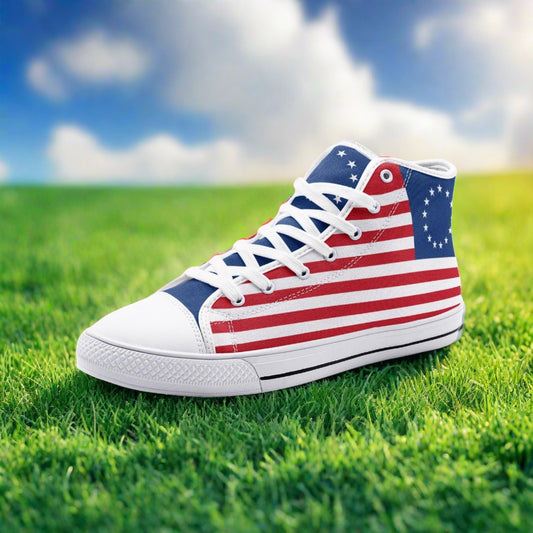 Sale
SaleBetsy Ross Flag
Regular price $89.95Regular priceUnit price per$149.95Sale price $89.95Sale -
God The Father Michelangelo
Regular price $89.95Regular priceUnit price per$149.95Sale price $89.95Sale -
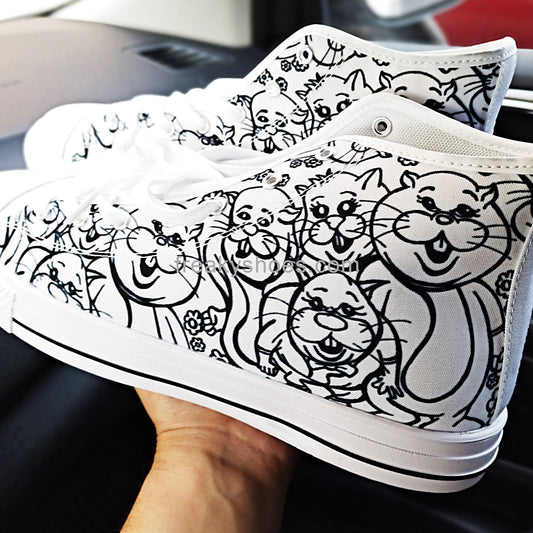 Sale
SaleRabbits Art Men
Regular price $89.95Regular priceUnit price per$149.95Sale price $89.95Sale -
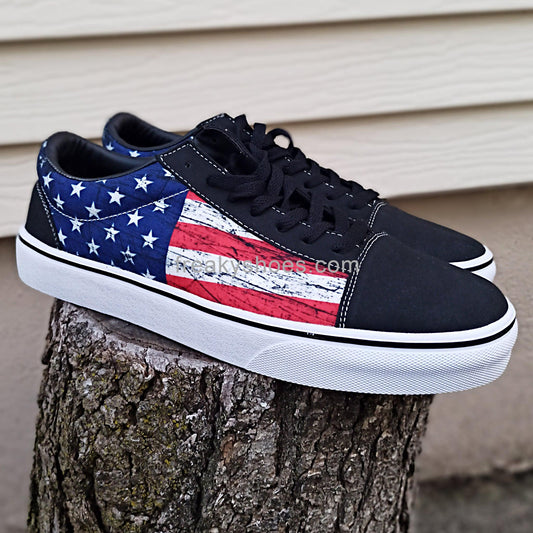 Sale
SaleStars & Stripes Men
Regular price $89.95Regular priceUnit price per$149.95Sale price $89.95Sale -
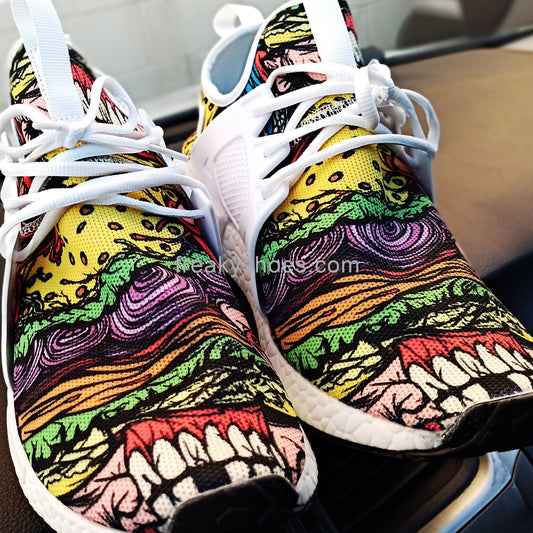 Sale
SaleCheeseburger Monster
Regular price $89.95Regular priceUnit price per$149.95Sale price $89.95Sale -
Freaky Shoes® Floral Art Printed Tongue Unisex Low Top Canvas Shoes
Regular price $89.95Regular priceUnit price per$149.95Sale price $89.95Sale -
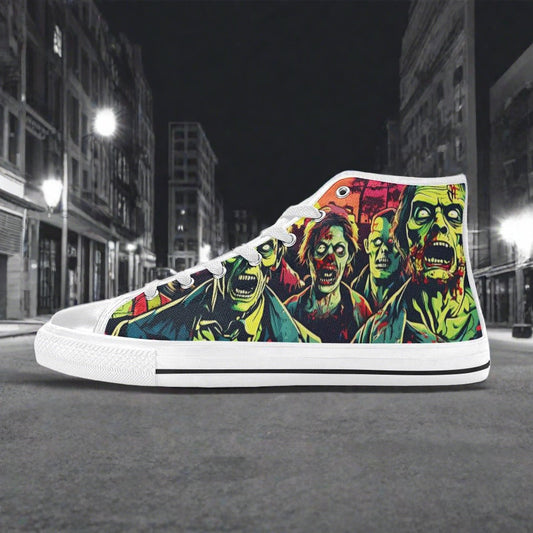 Sale
SaleZombie Art Men
Regular price $89.95Regular priceUnit price per$149.95Sale price $89.95Sale -
Grey Skulls & Roses Men
Regular price $89.95Regular priceUnit price per$149.95Sale price $89.95Sale -
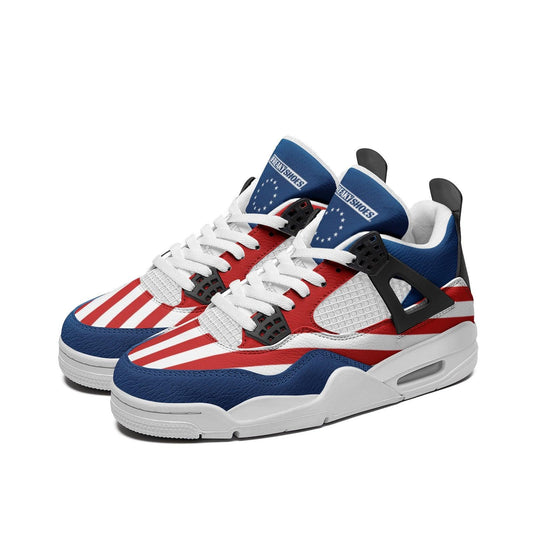 Sale
SalePatriotic Betsy Ross
Regular price $99.95Regular priceUnit price per$159.95Sale price $99.95Sale -
Patriotic USA Stars & Stripes
Regular price $99.95Regular priceUnit price per$159.95Sale price $99.95Sale -
Cool Pineapples Women
Regular price $89.95Regular priceUnit price per$149.95Sale price $89.95Sale -
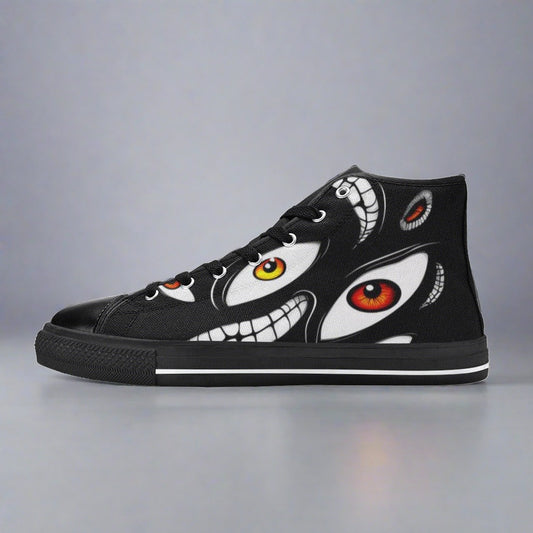 Sale
SaleTeeth Eyes Men
Regular price $89.95Regular priceUnit price per$149.95Sale price $89.95Sale -
"Starry Night" by Vincent Van Gogh
Regular price $99.95Regular priceUnit price per$159.95Sale price $99.95Sale -
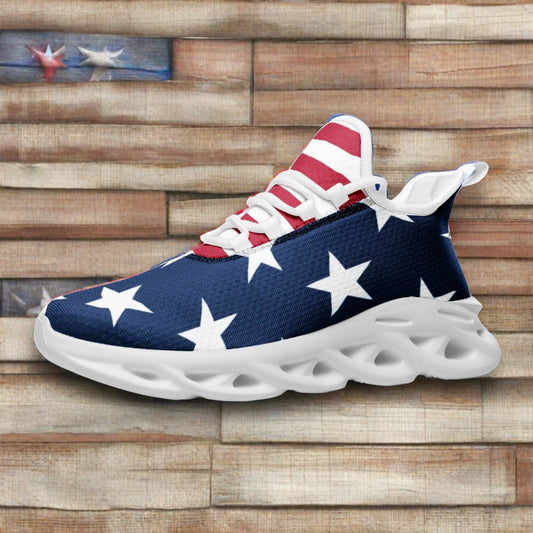 Sale
SalePatriotic USA Flag
Regular price $89.95Regular priceUnit price per$149.95Sale price $89.95Sale -
 Sale
SalePride Trans
Regular price $89.95Regular priceUnit price per$149.95Sale price $89.95Sale -
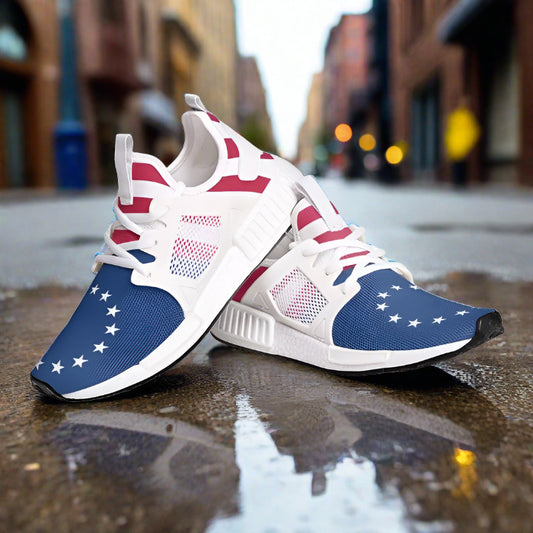 Sale
SaleBetsy Ross Flag
Regular price $89.95Regular priceUnit price per$149.95Sale price $89.95Sale -
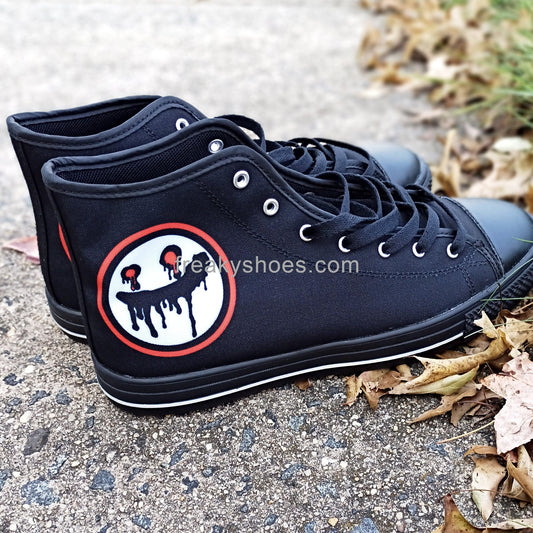 Sale
SaleFreaky Shoes Men
Regular price $89.95Regular priceUnit price per$149.95Sale price $89.95Sale -
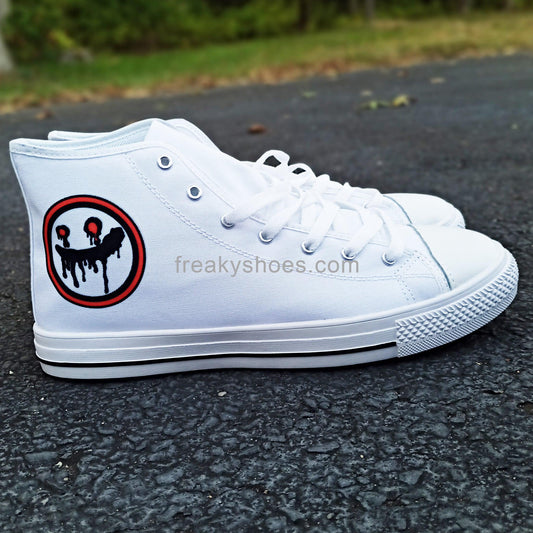 Sale
SaleFreaky Shoes Men
Regular price $89.95Regular priceUnit price per$149.95Sale price $89.95Sale -
Cheeseburger Monster Men
Regular price $89.95Regular priceUnit price per$149.95Sale price $89.95Sale -
Dripping Monsters Grey Women
Regular price $89.95Regular priceUnit price per$149.95Sale price $89.95Sale -
Dripping Monsters Men
Regular price $89.95Regular priceUnit price per$149.95Sale price $89.95Sale -
 Sale
SaleSkulls & Roses Men
Regular price $89.95Regular priceUnit price per$149.95Sale price $89.95Sale -
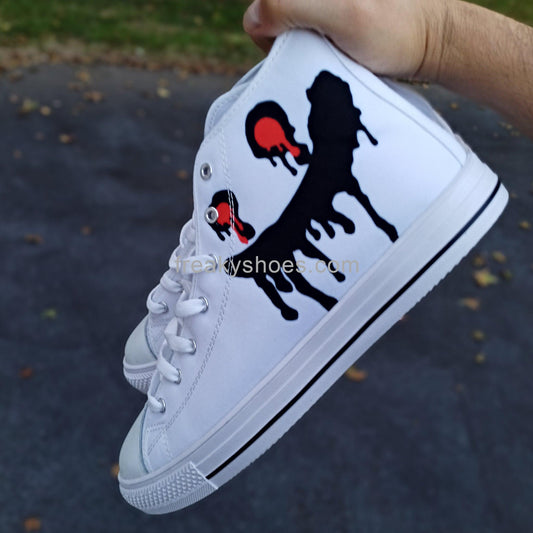 Sale
SaleFreaky Shoes Men
Regular price $89.95Regular priceUnit price per$149.95Sale price $89.95Sale

